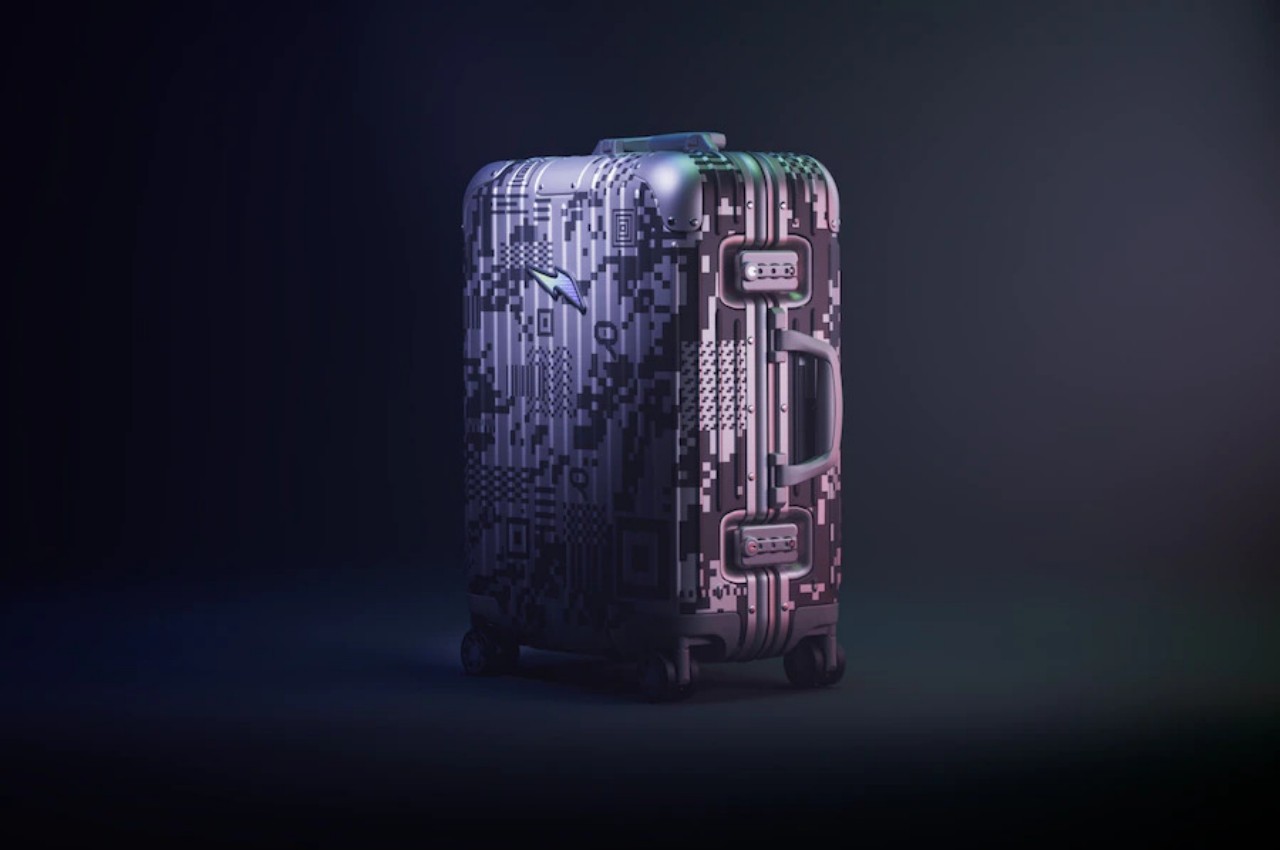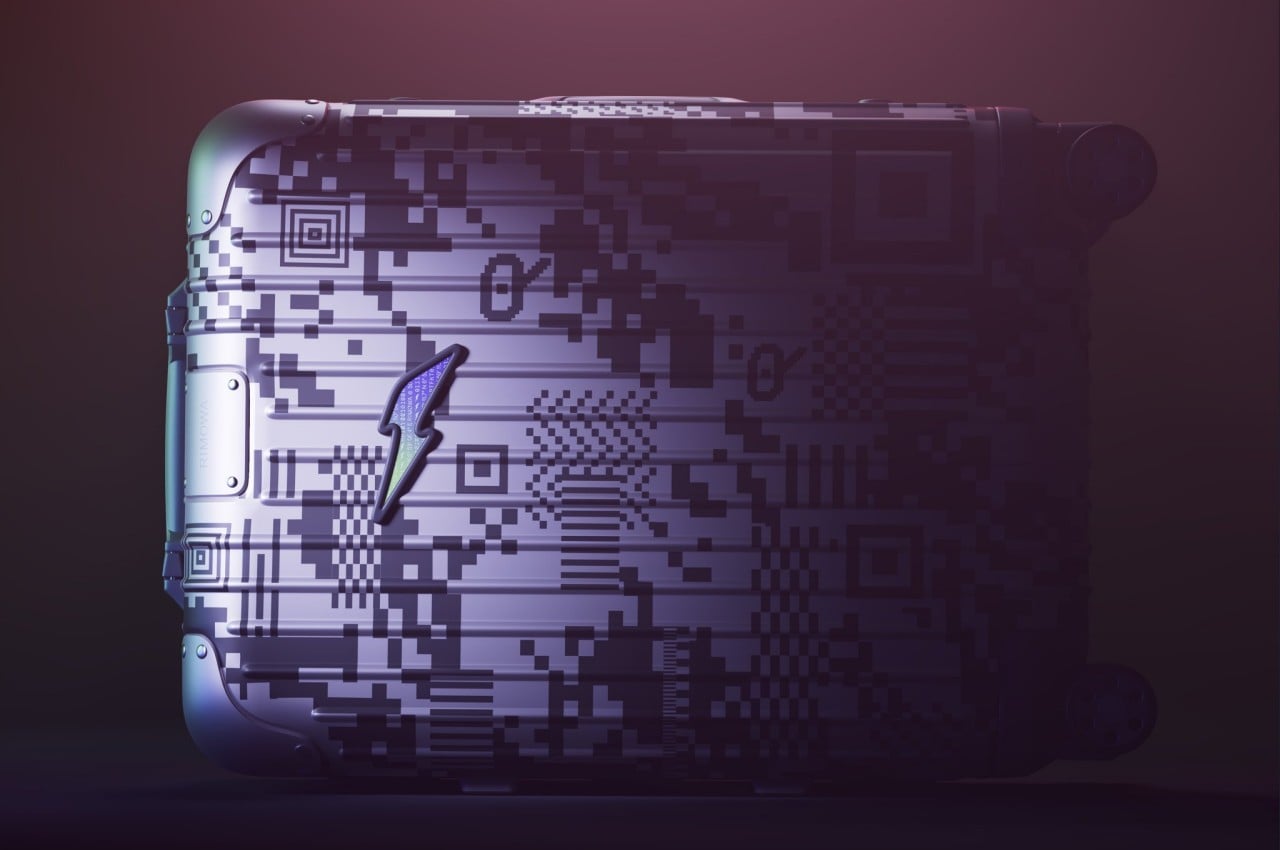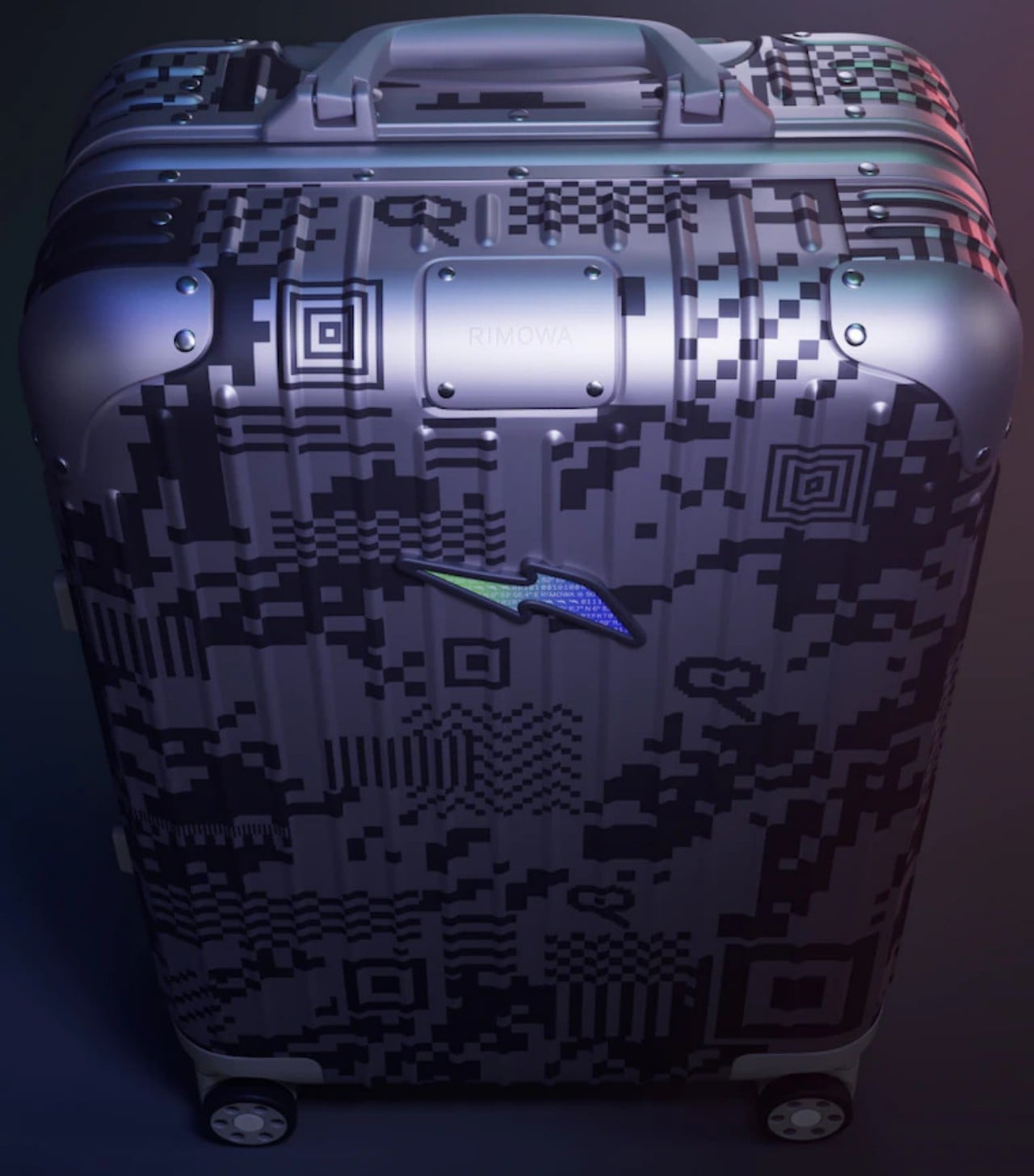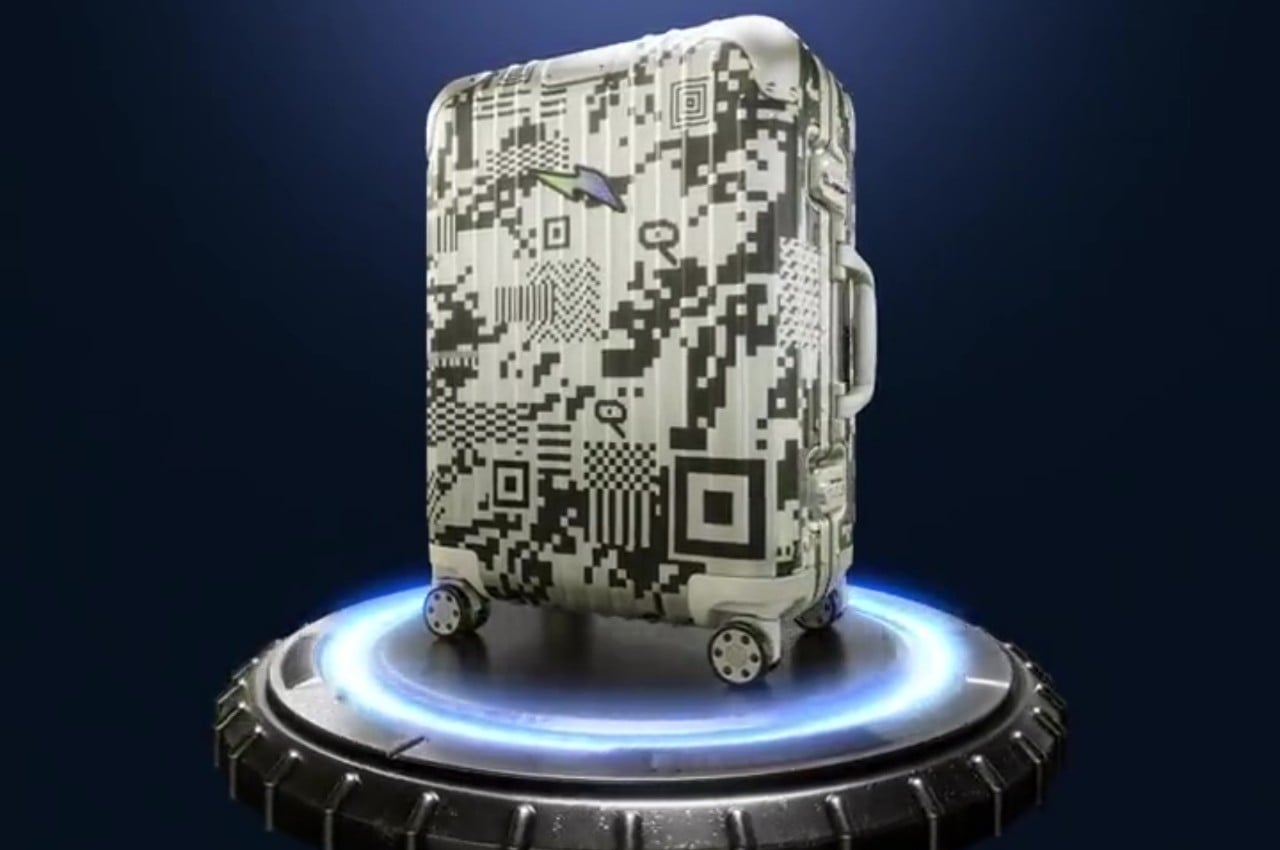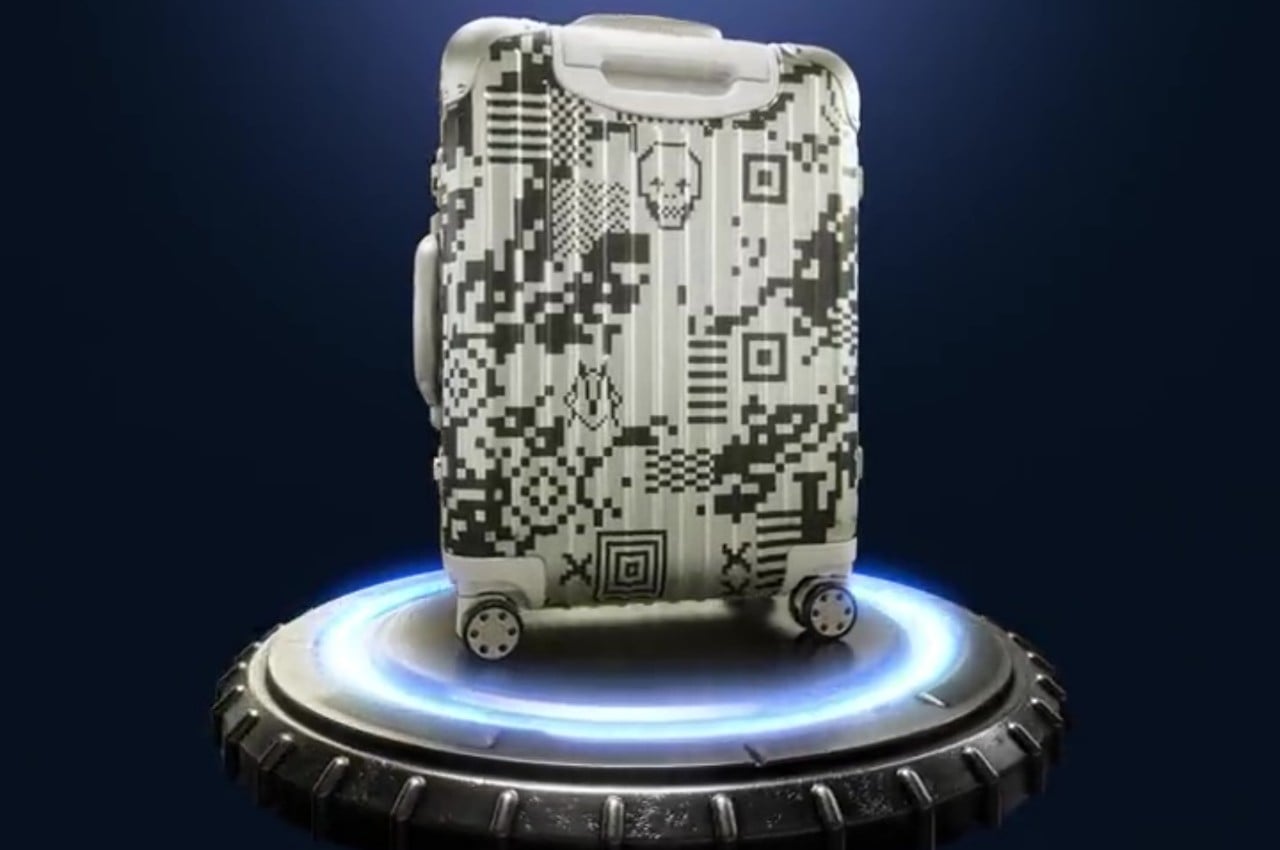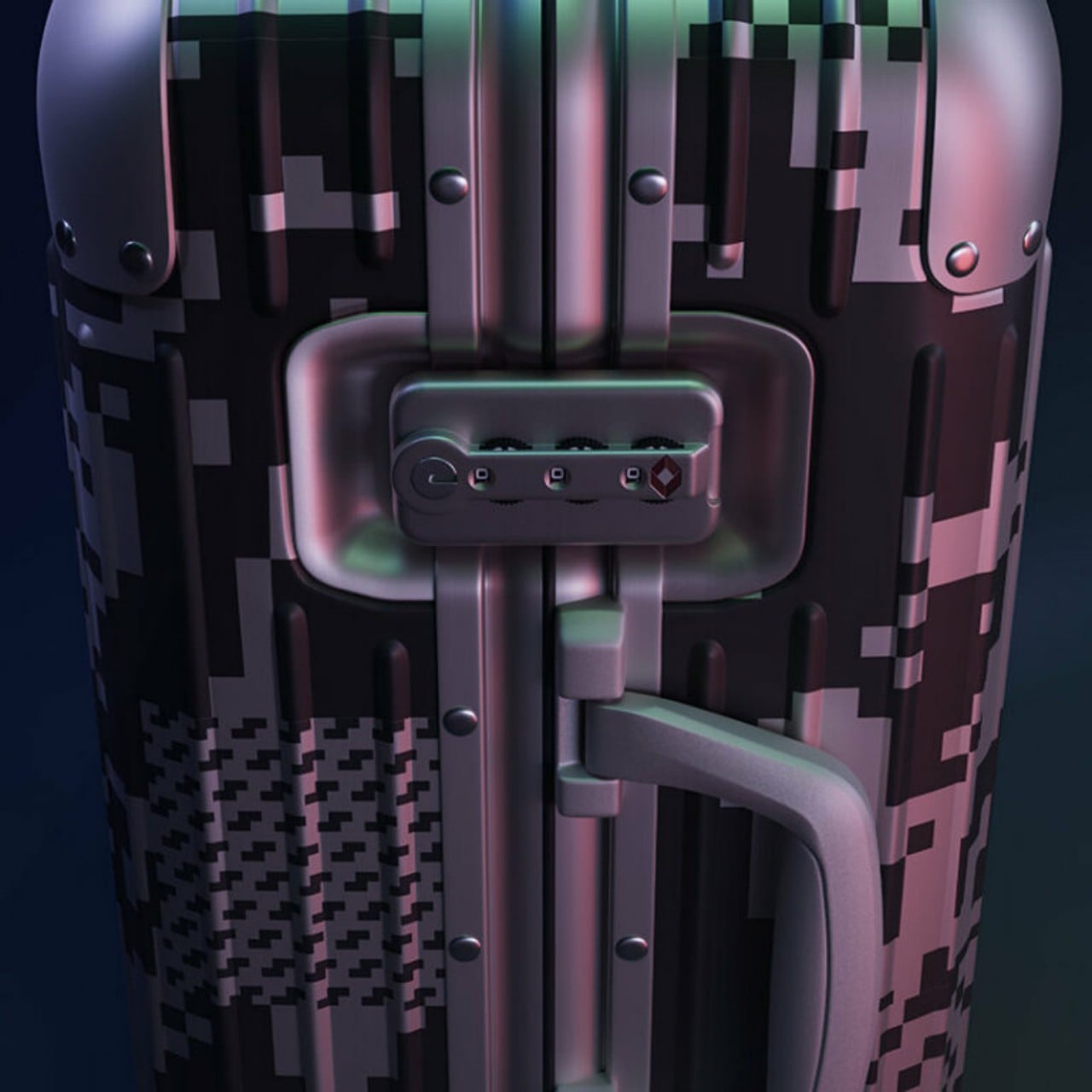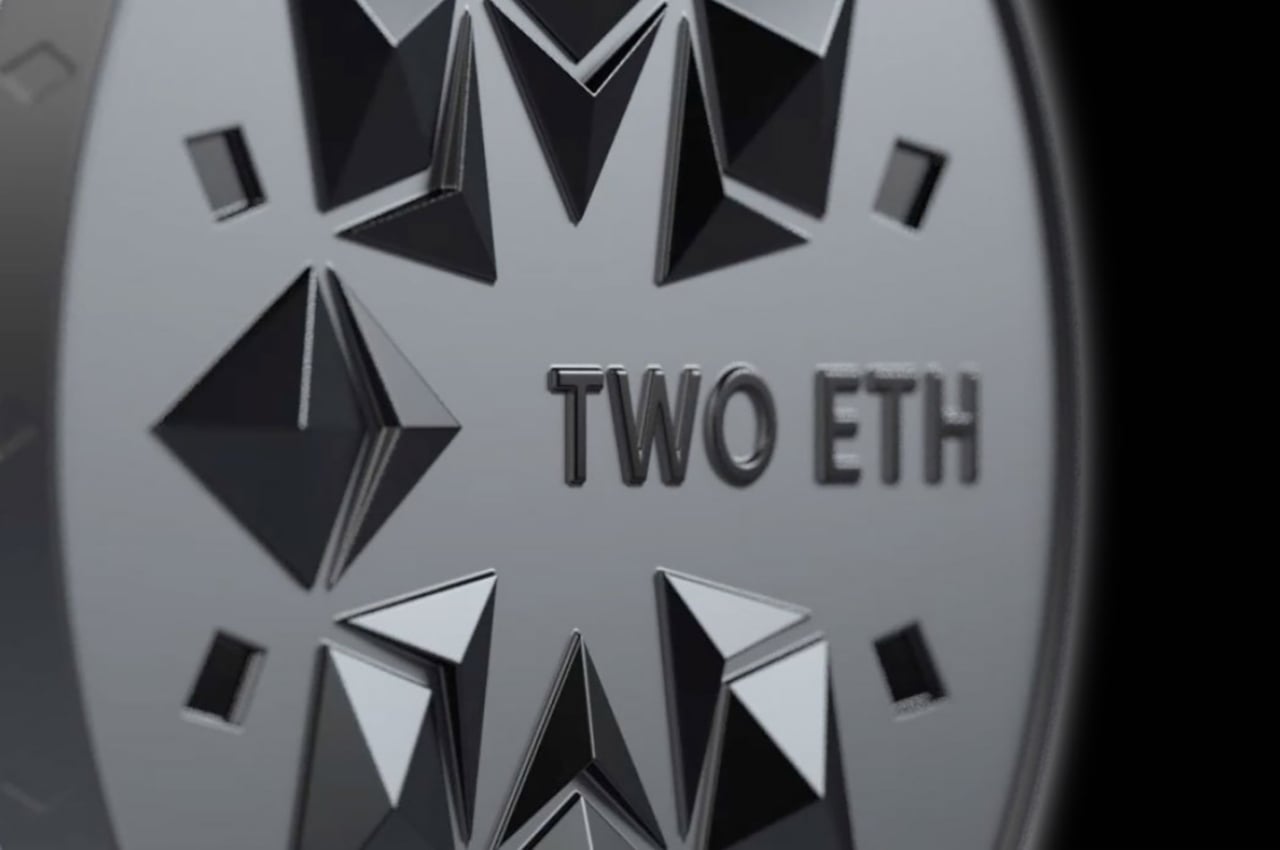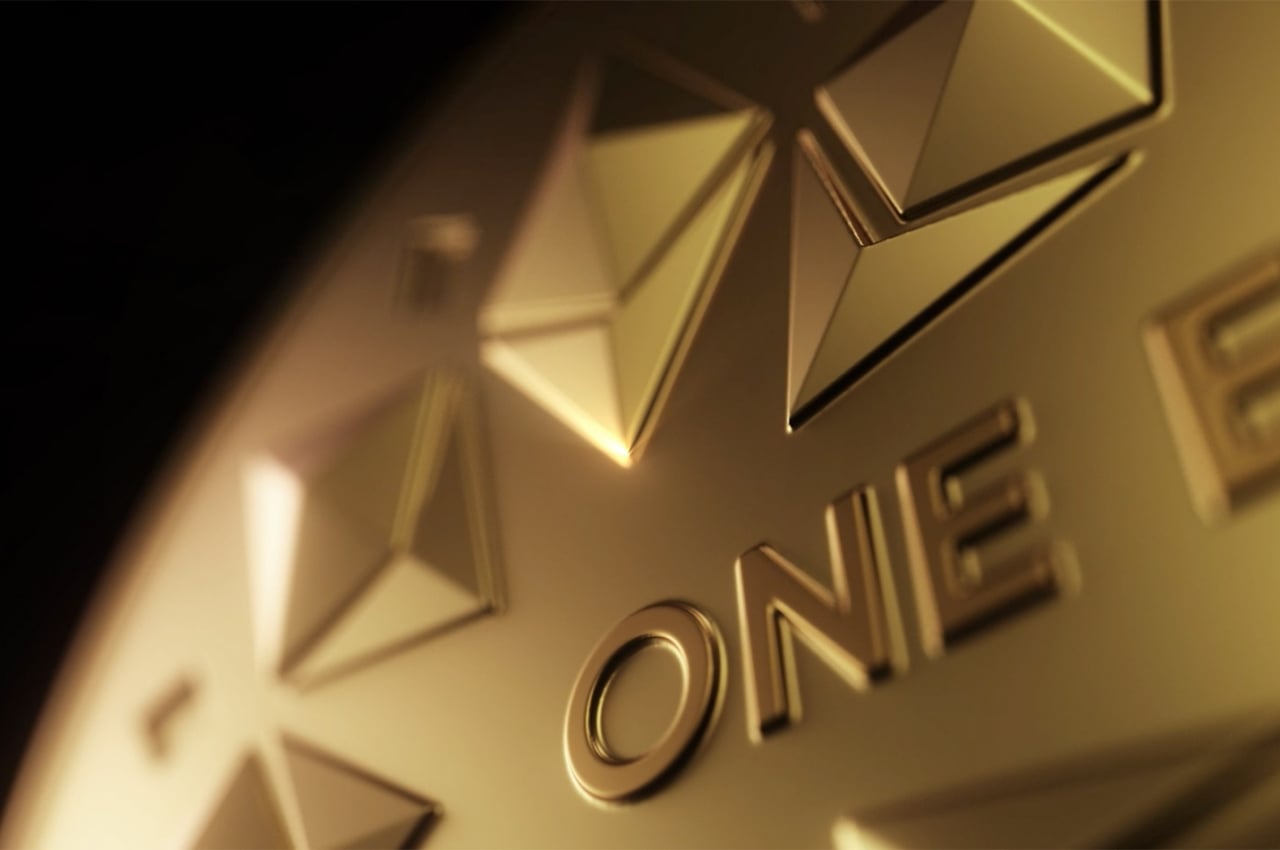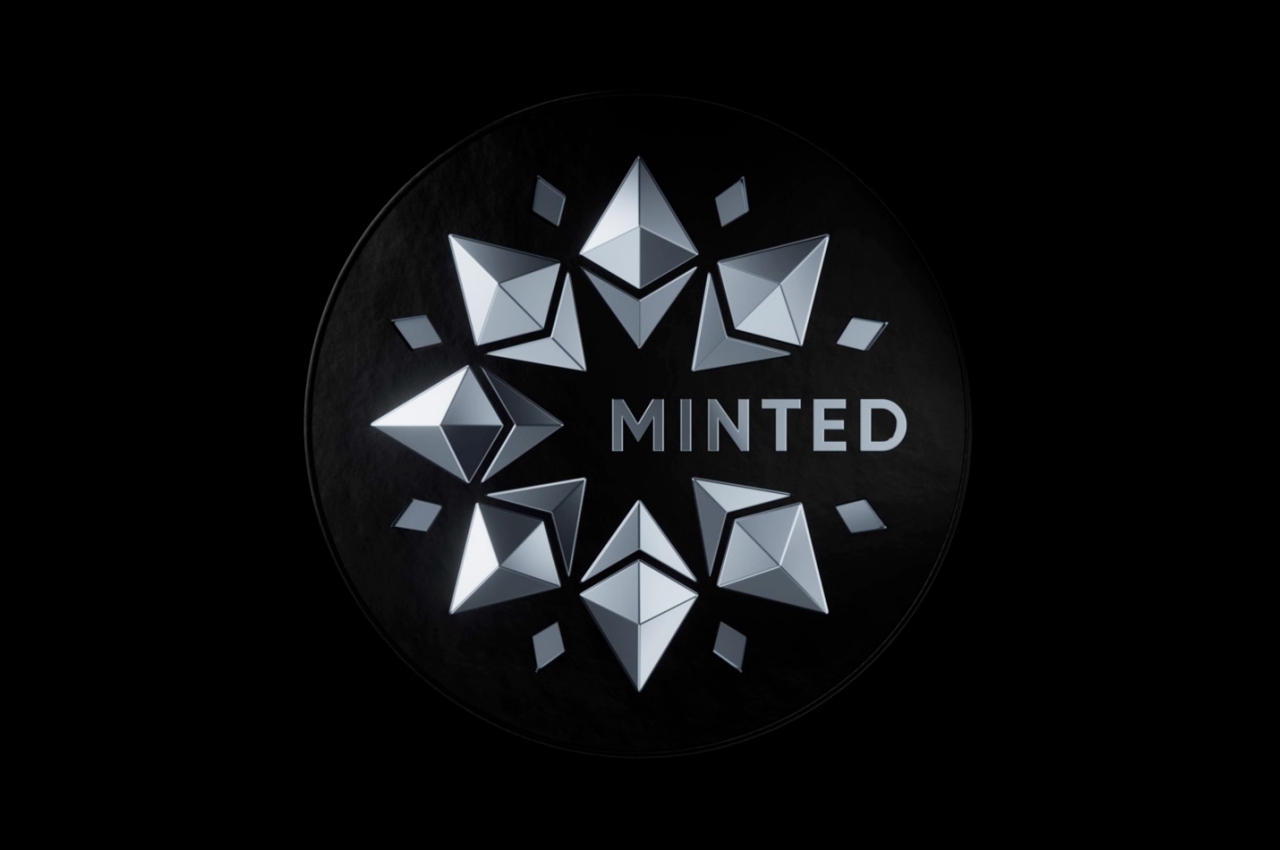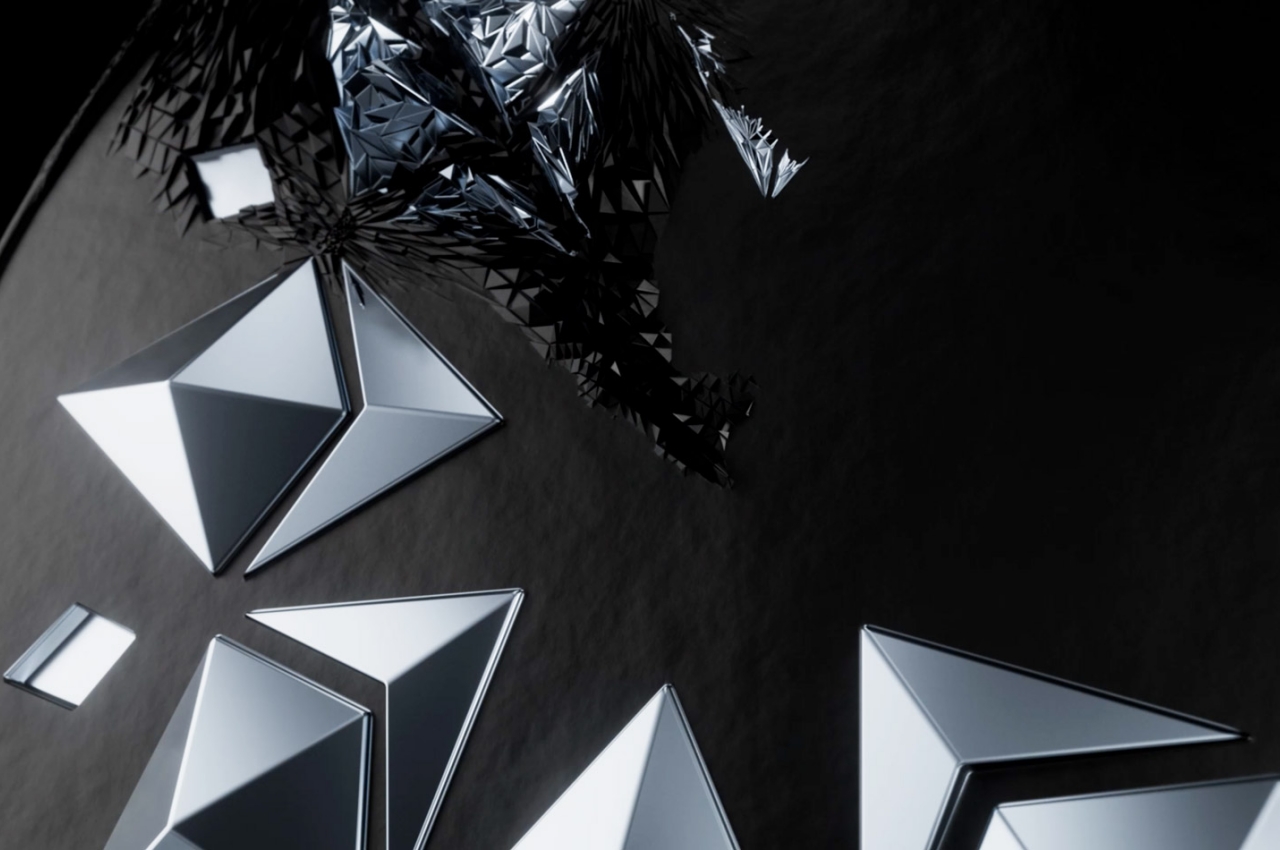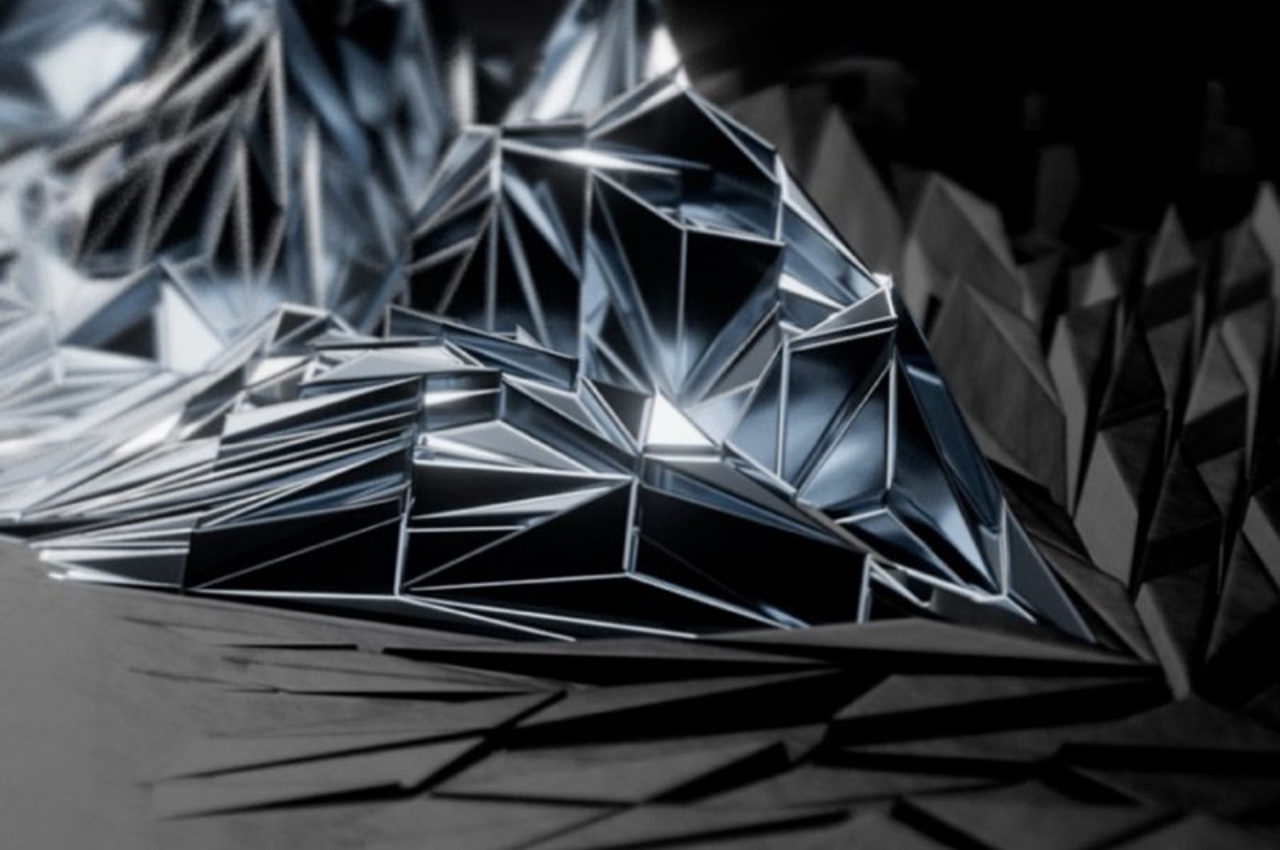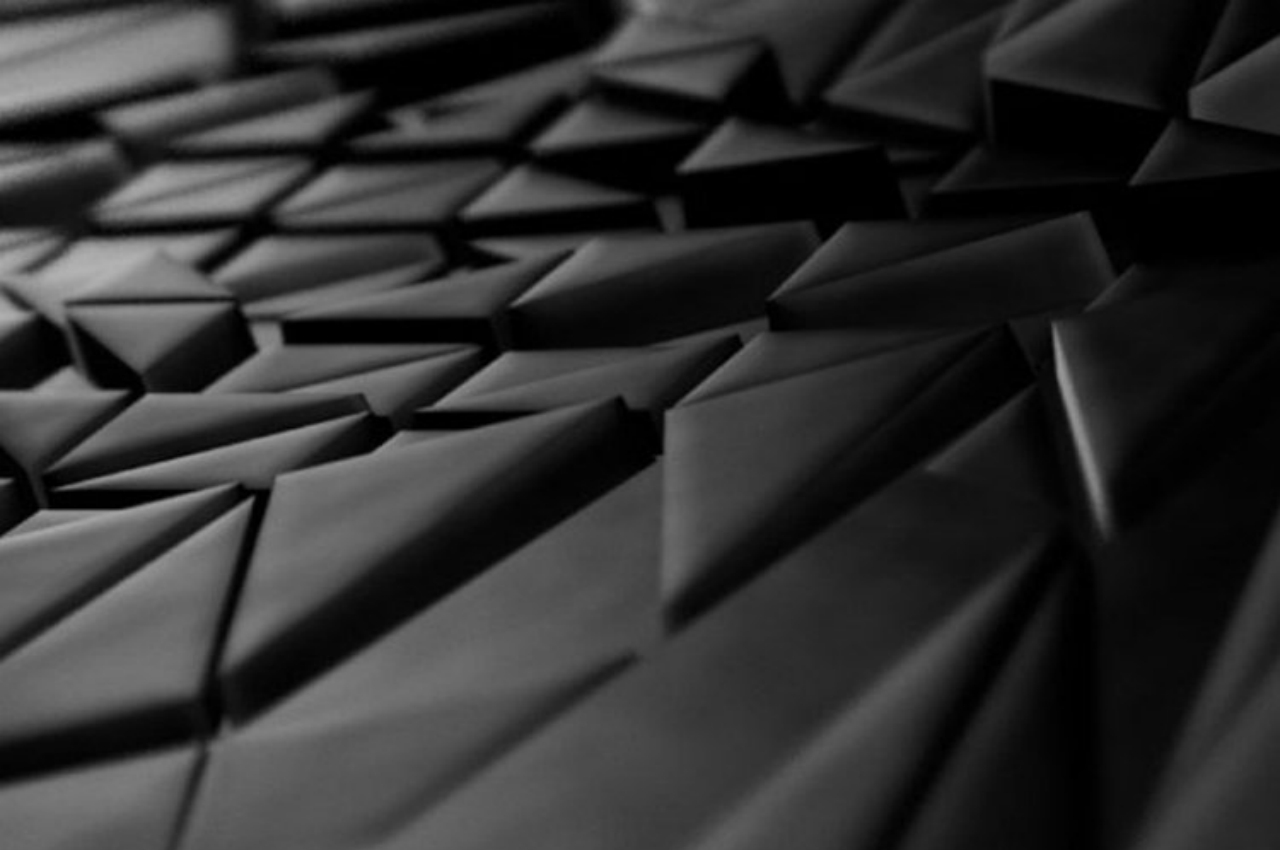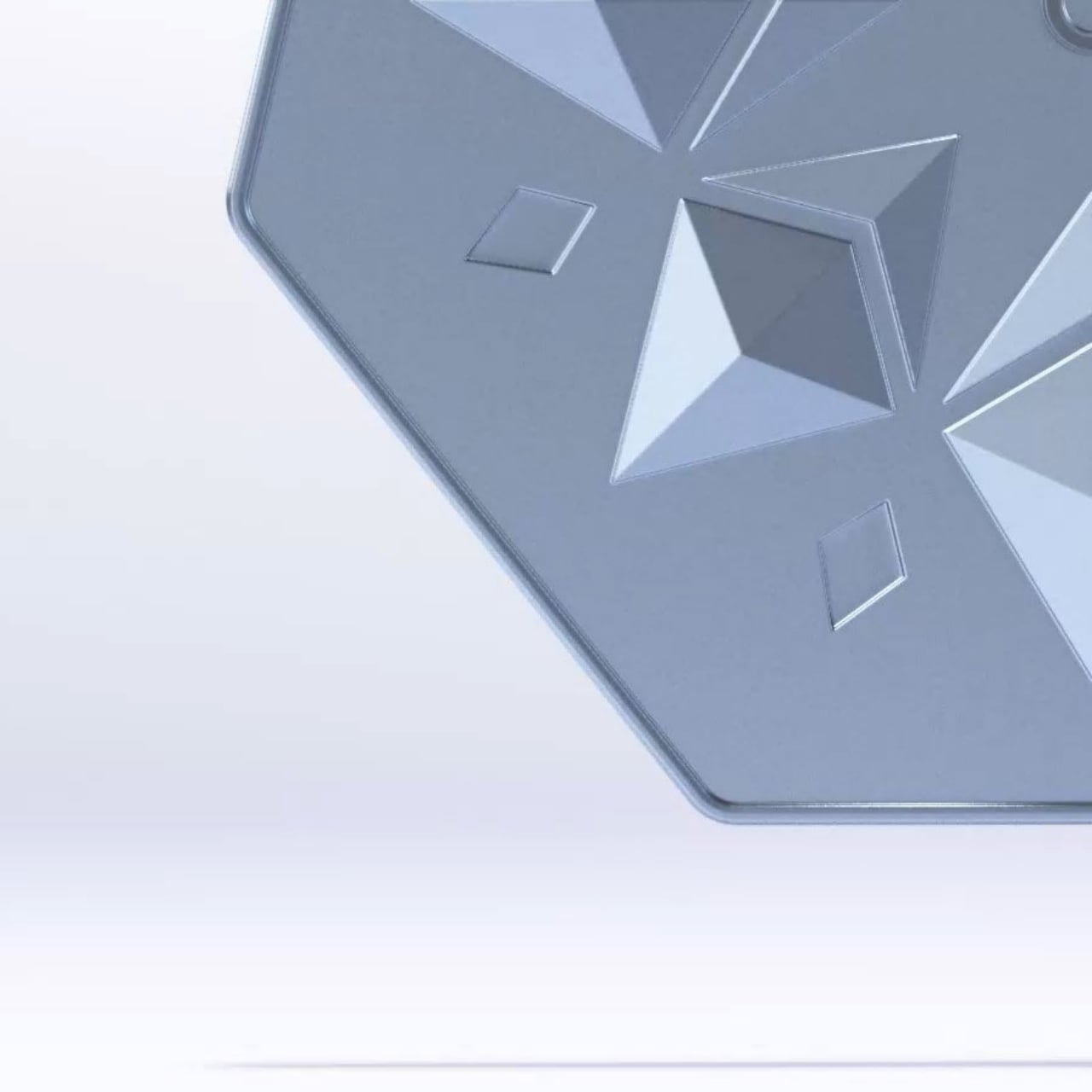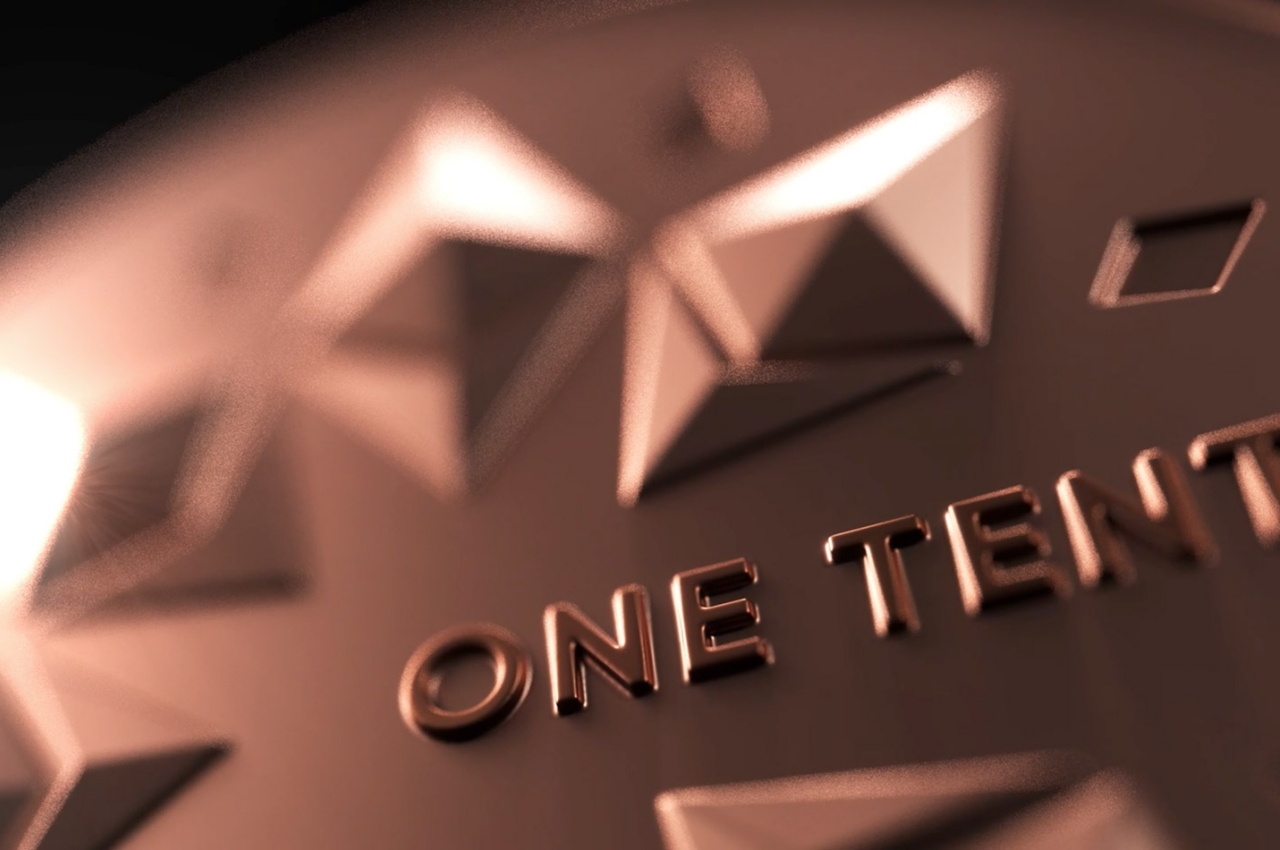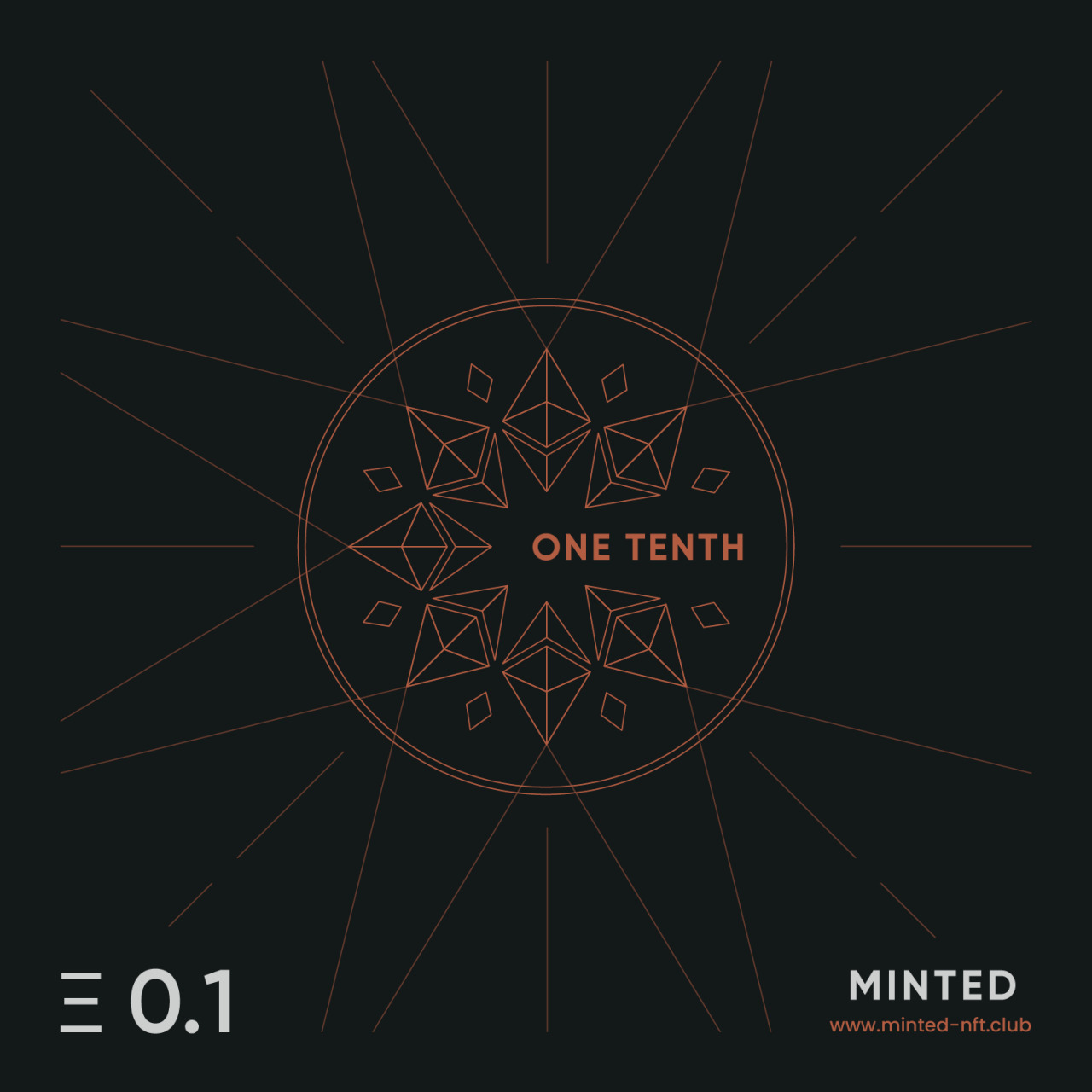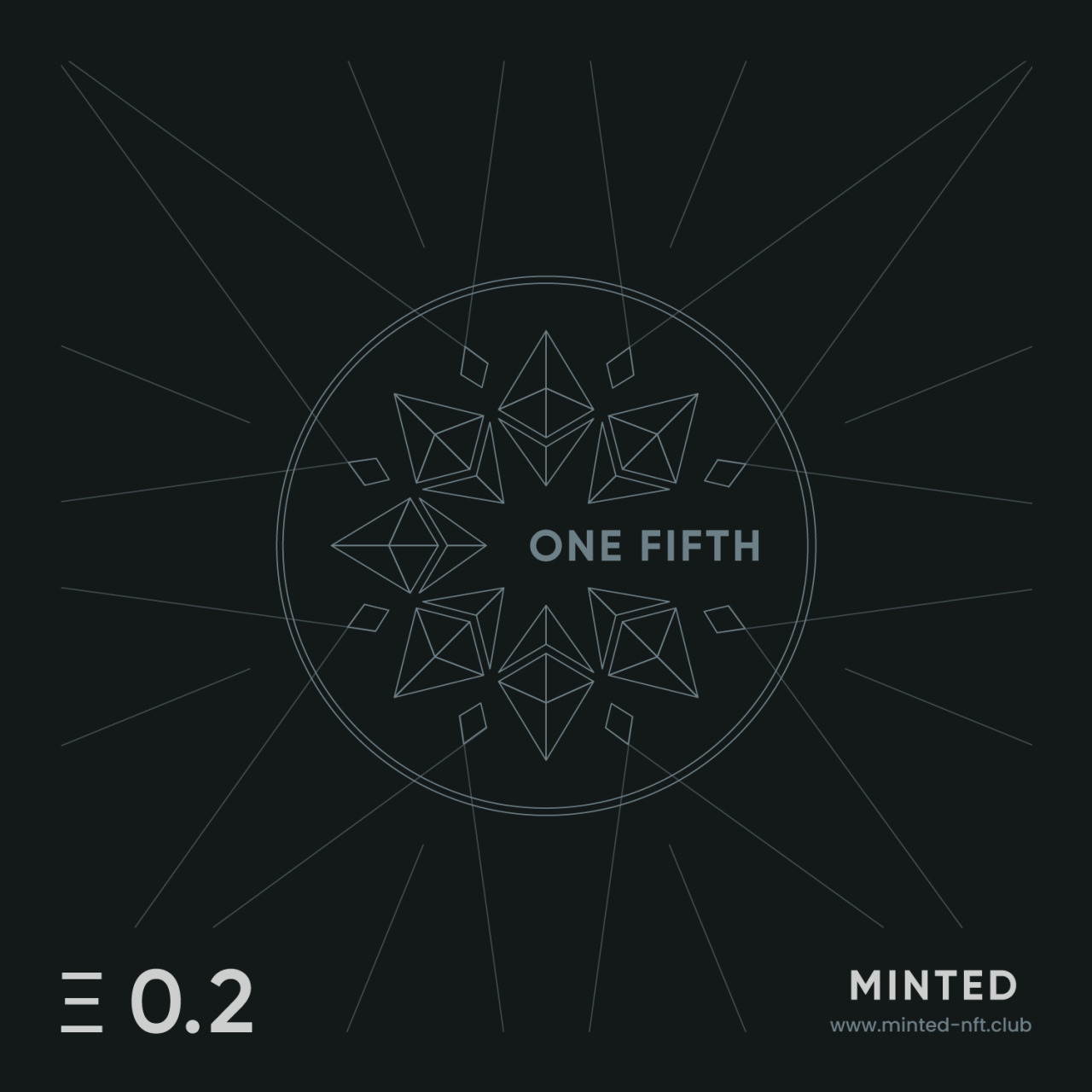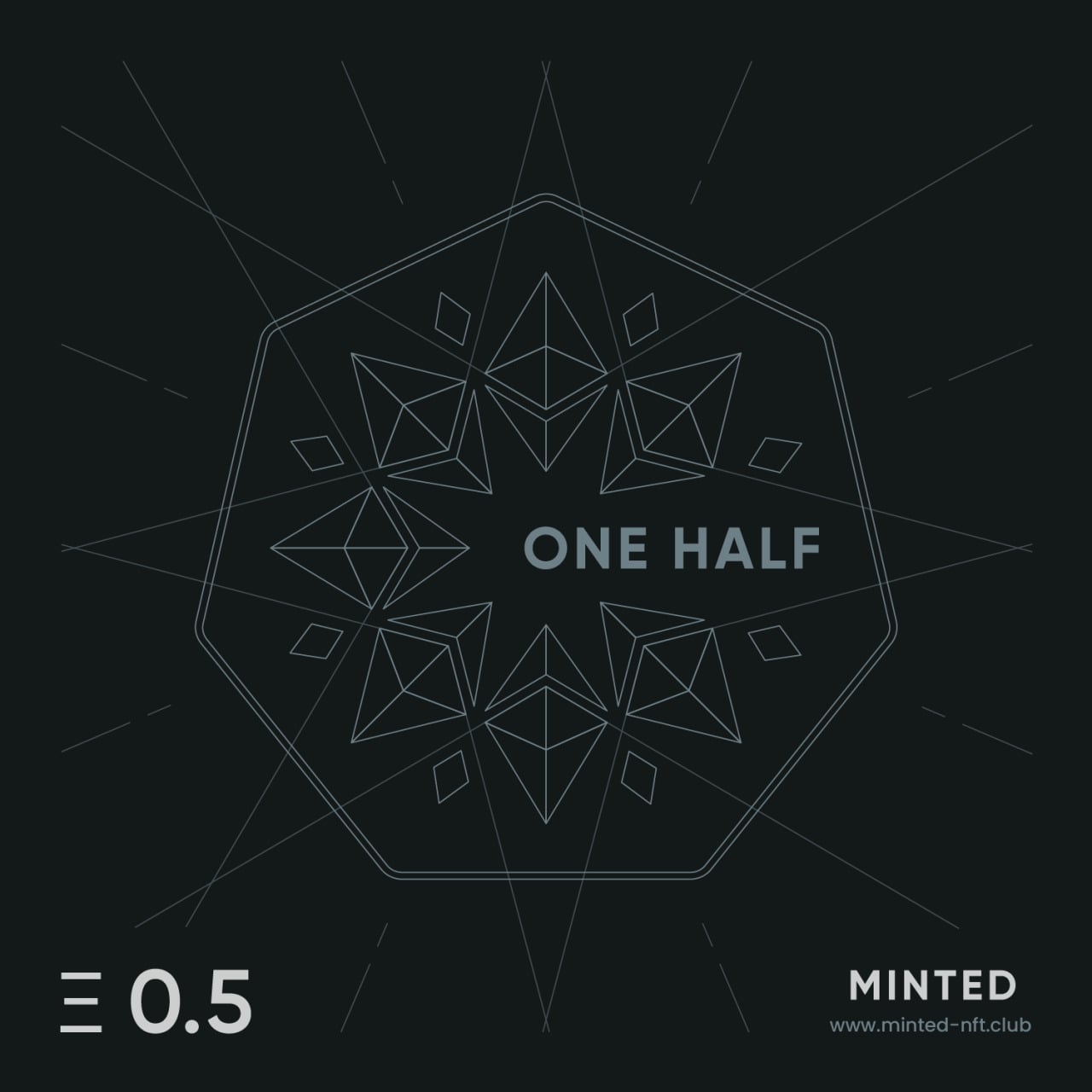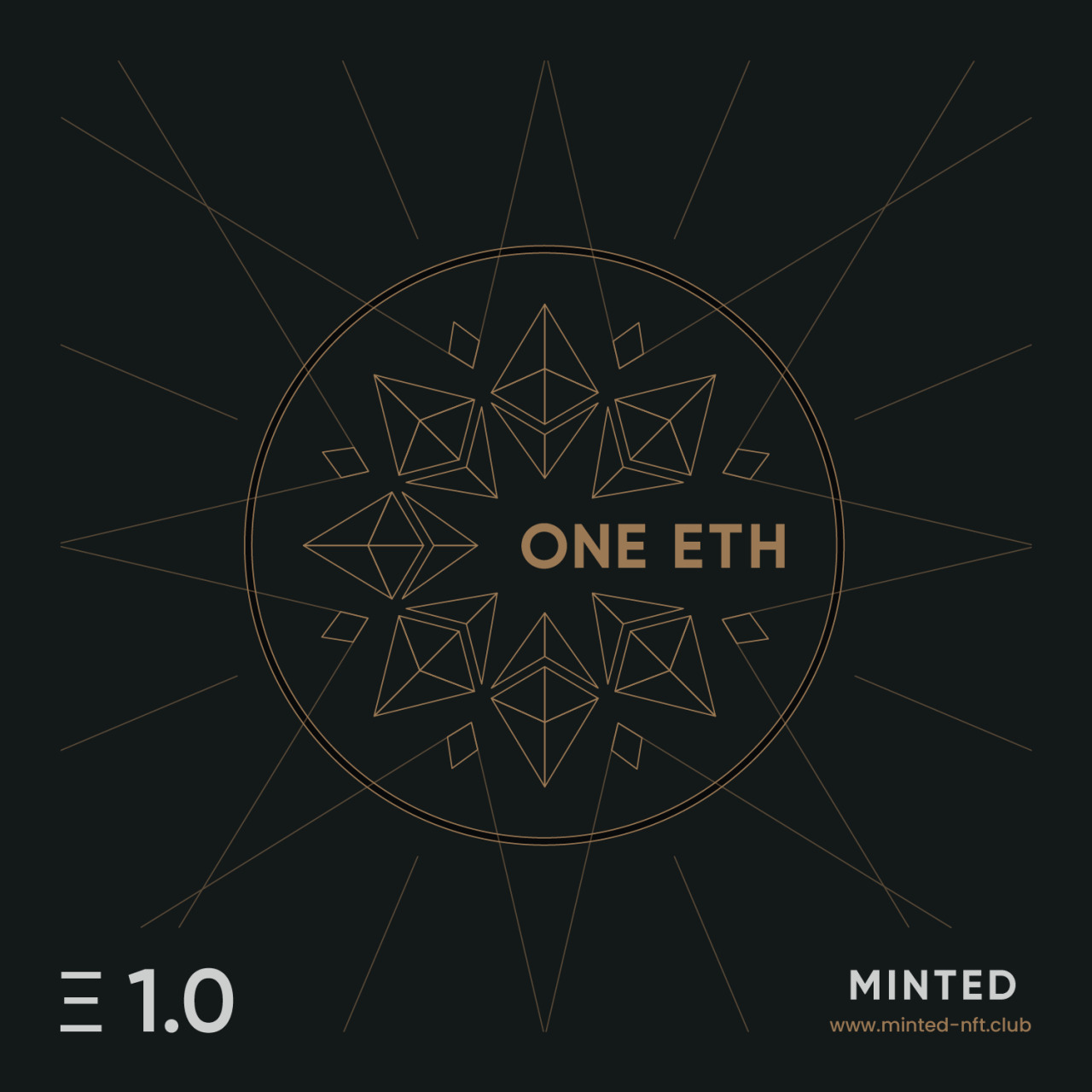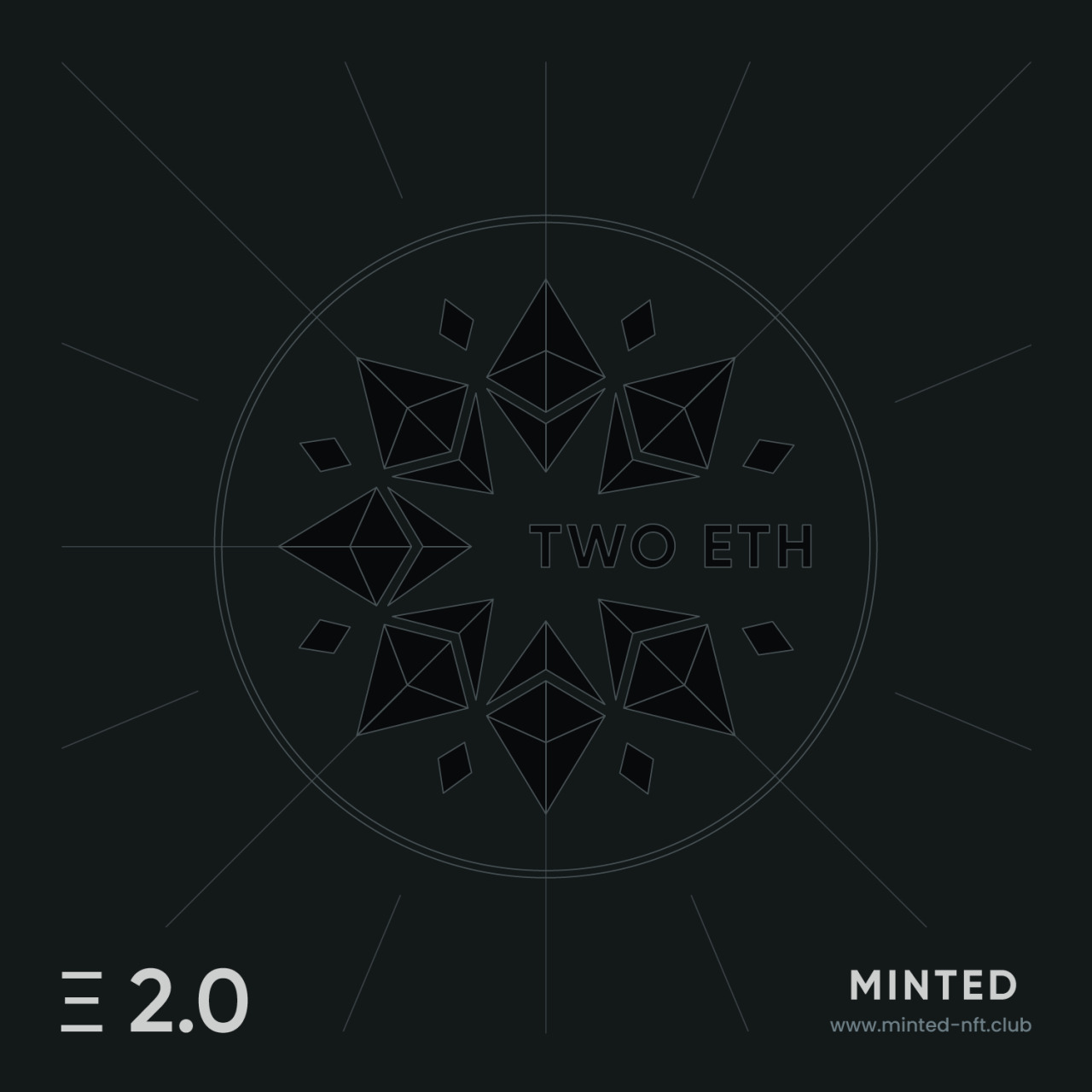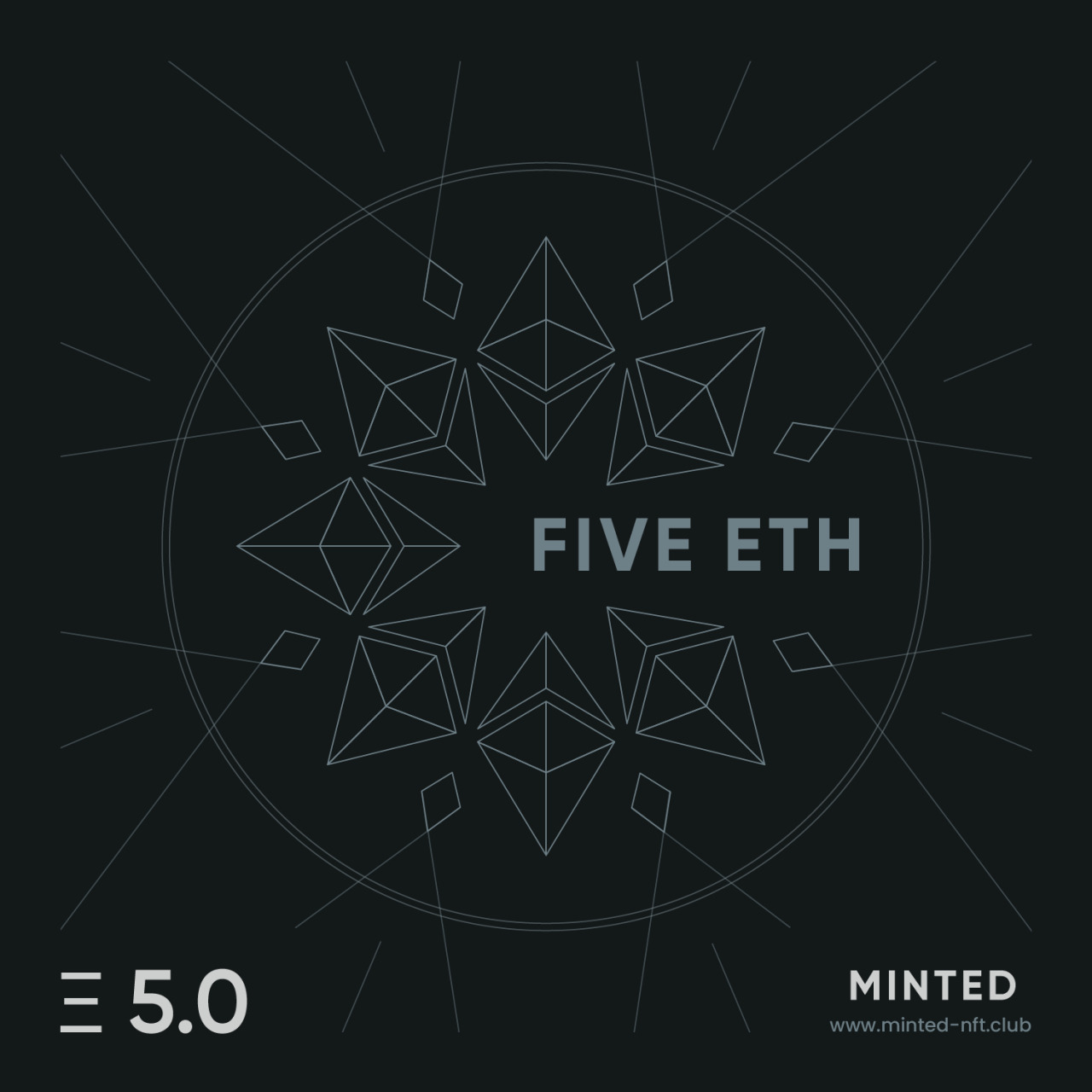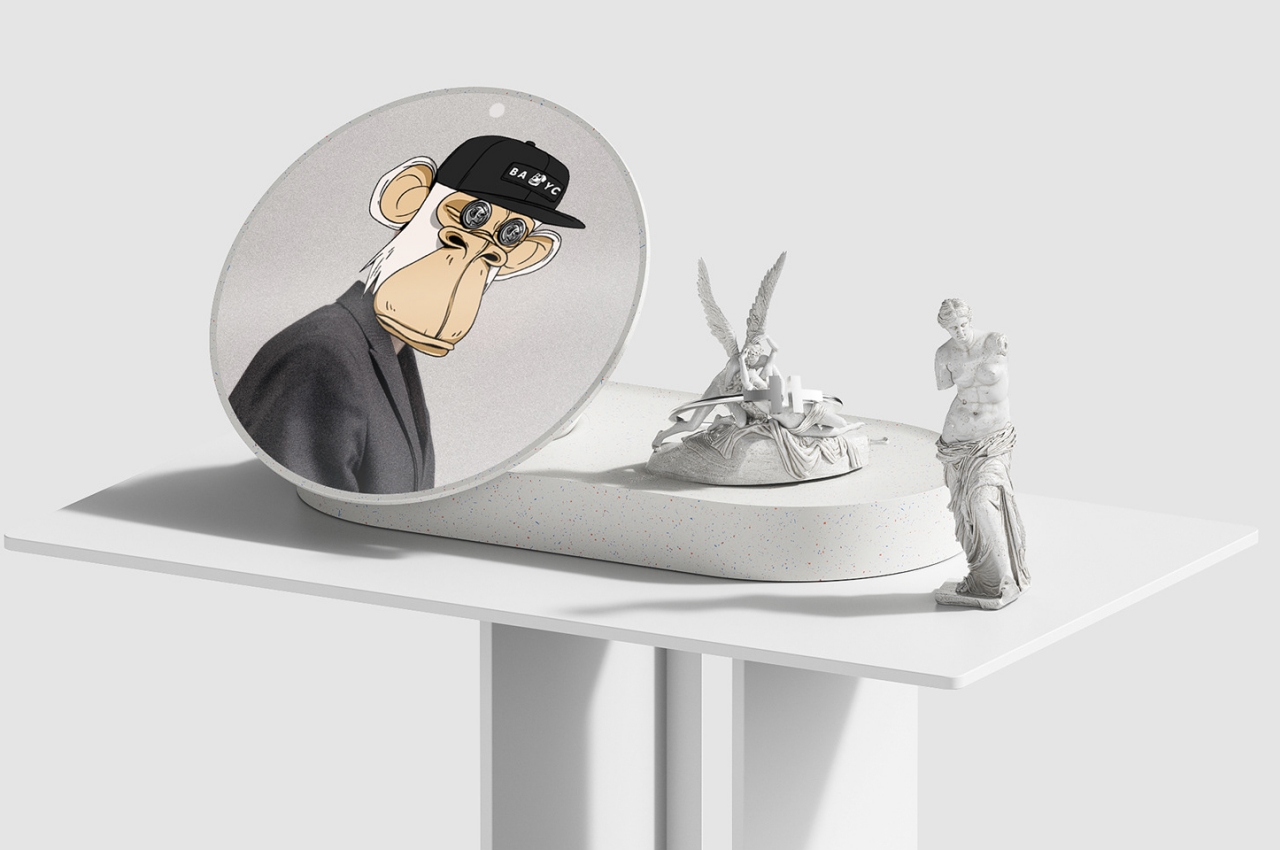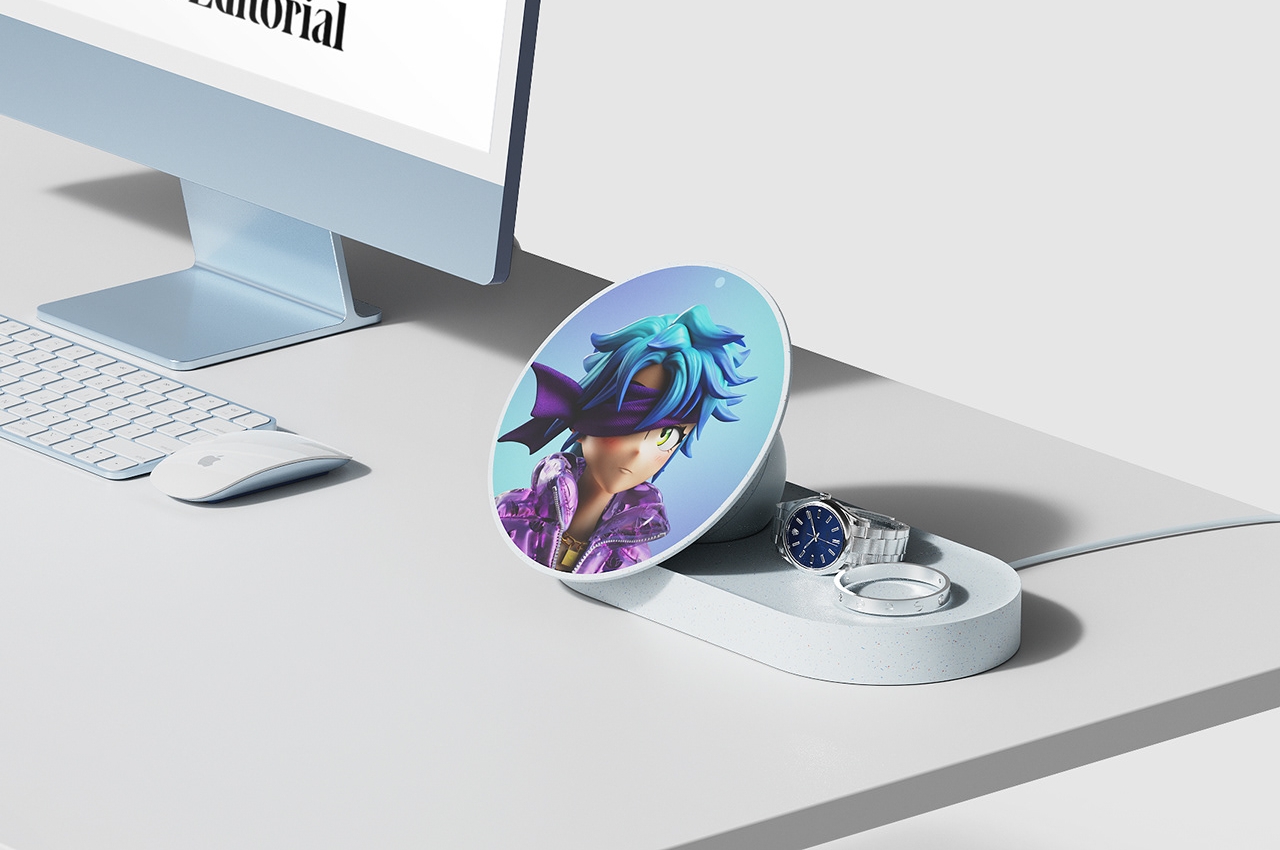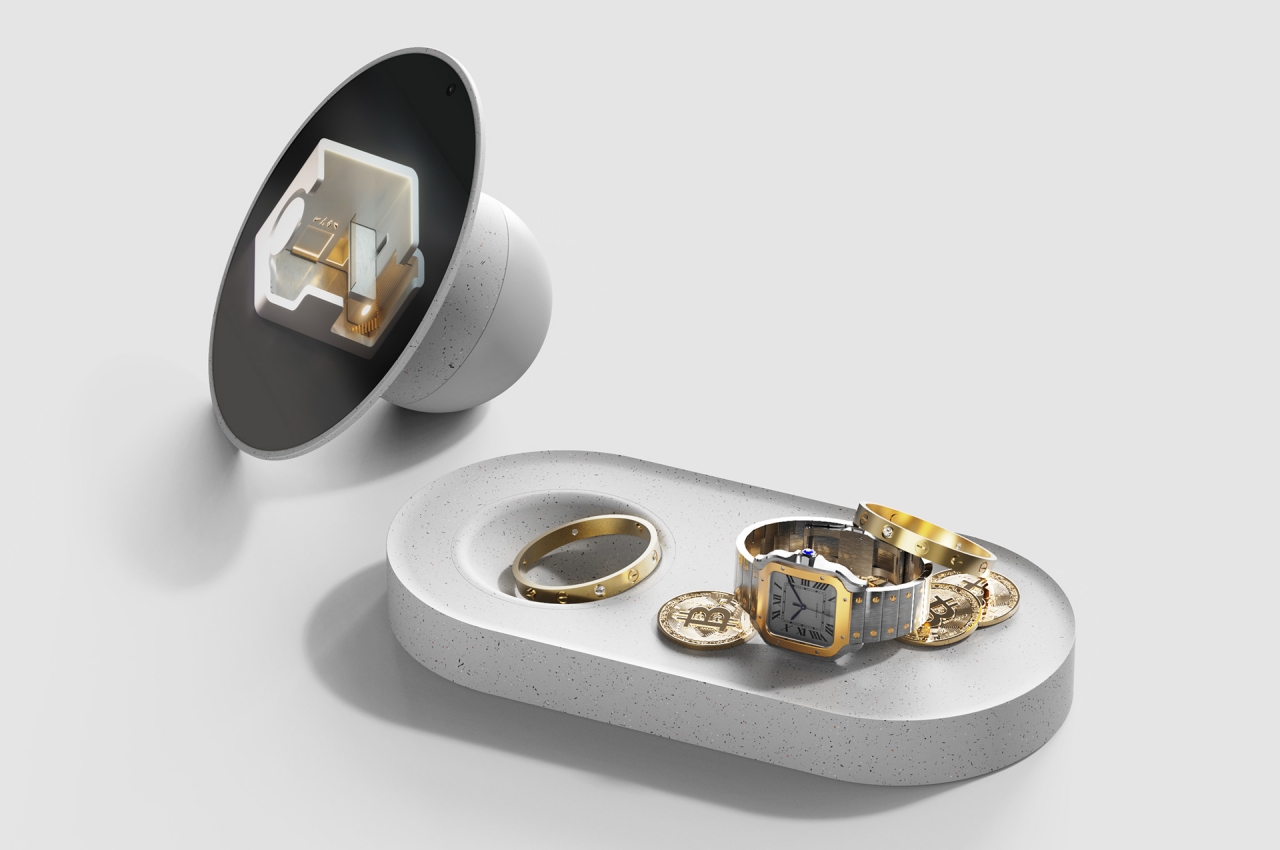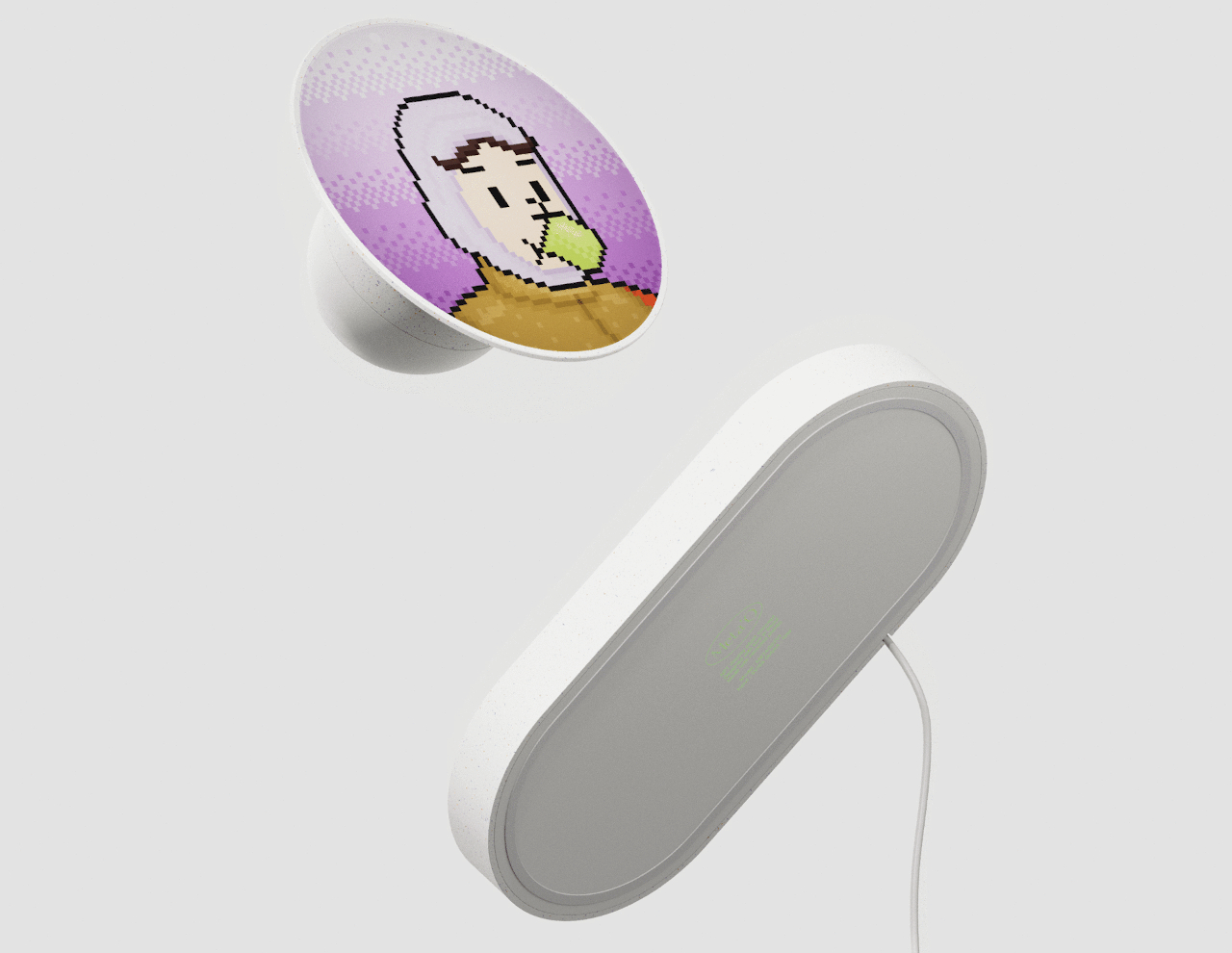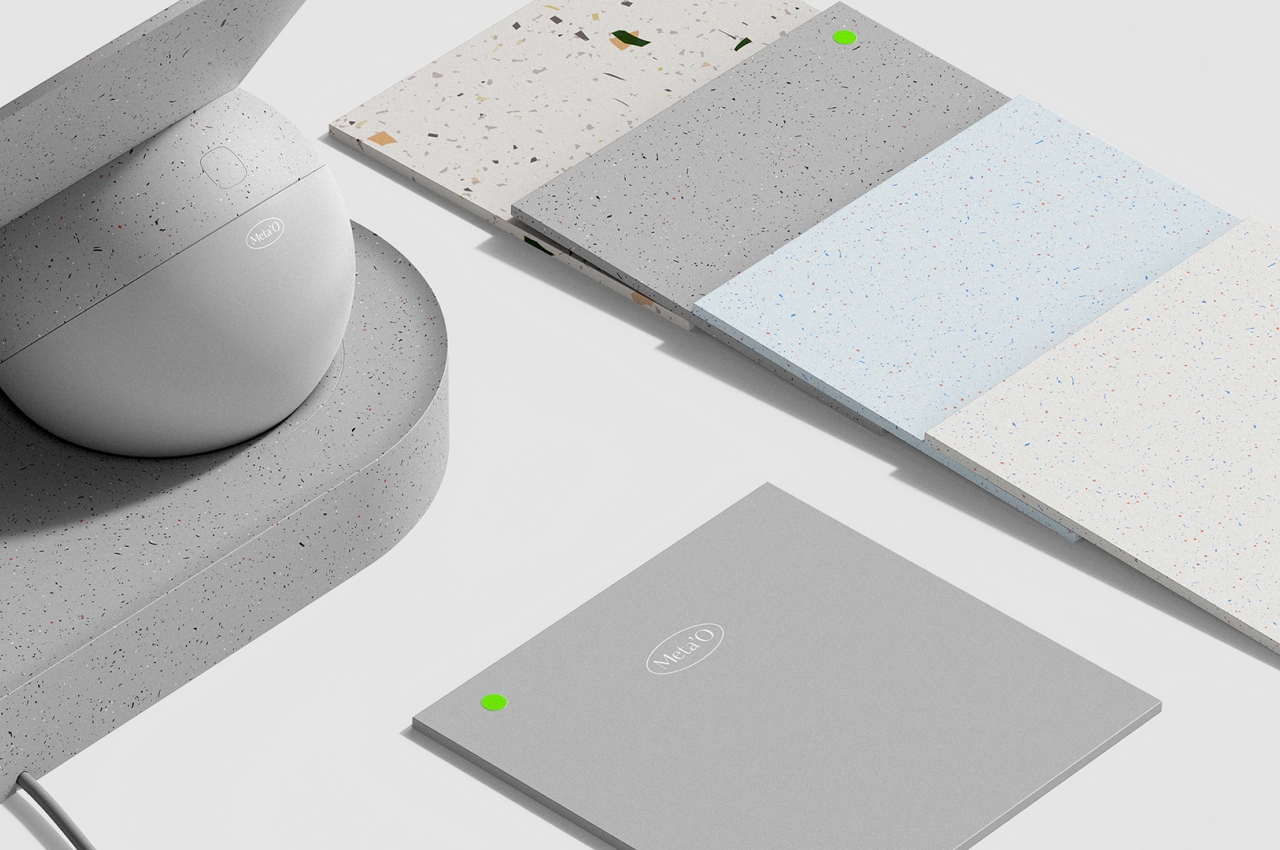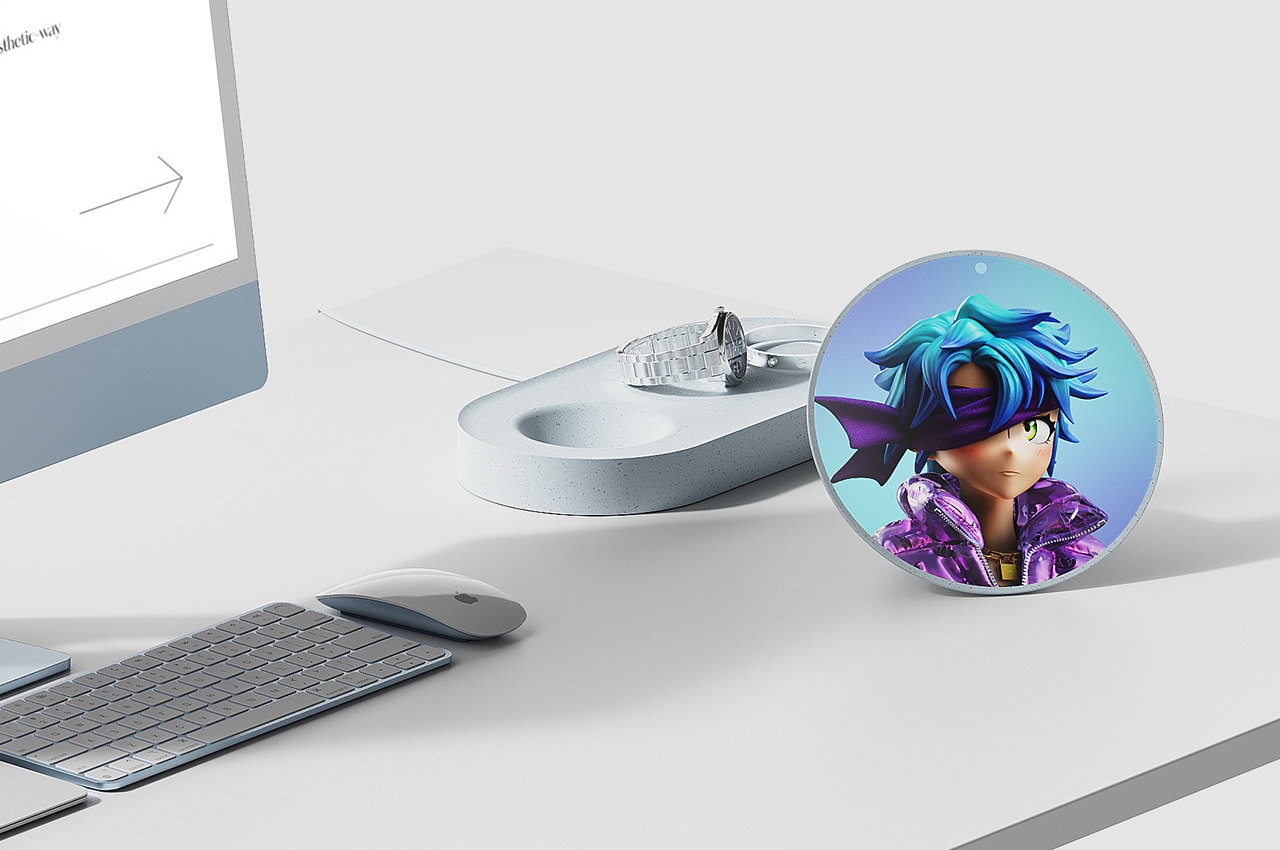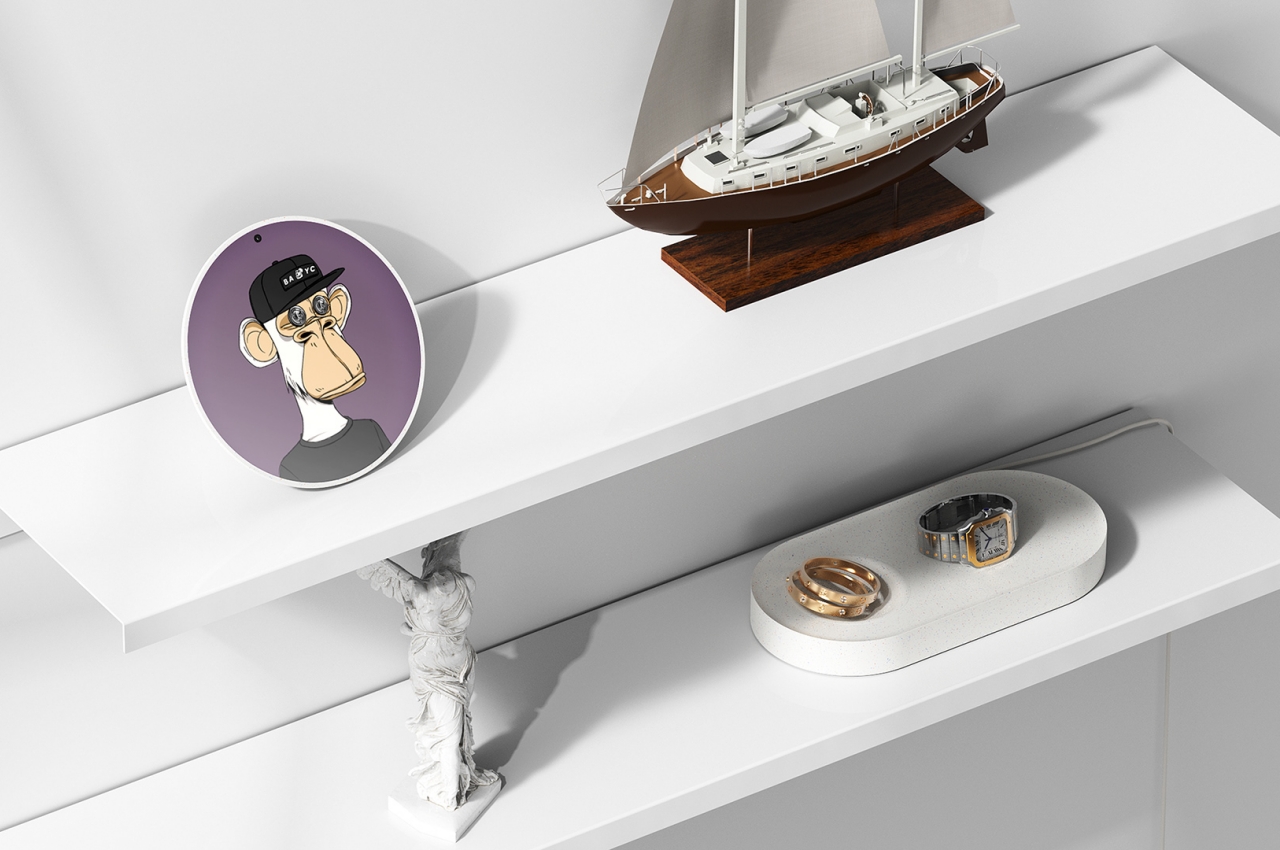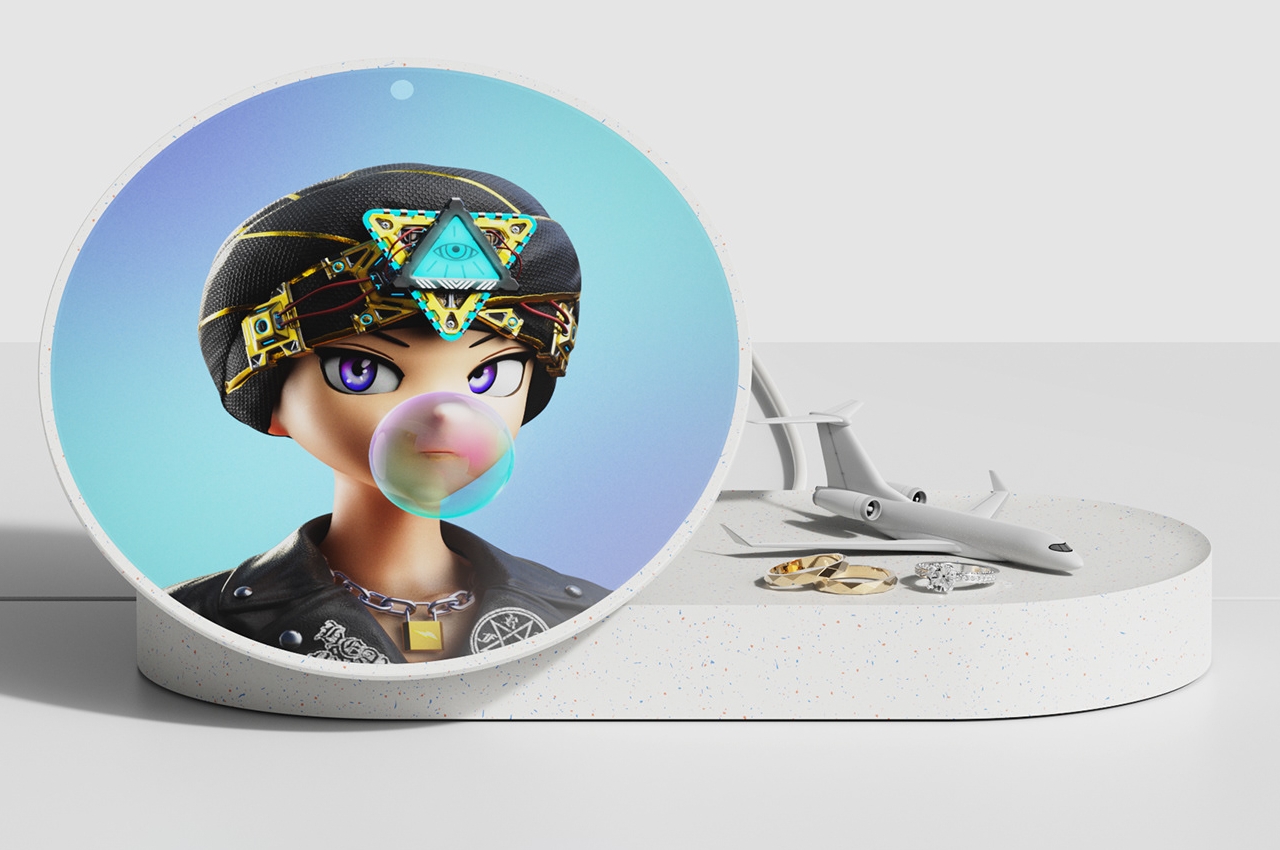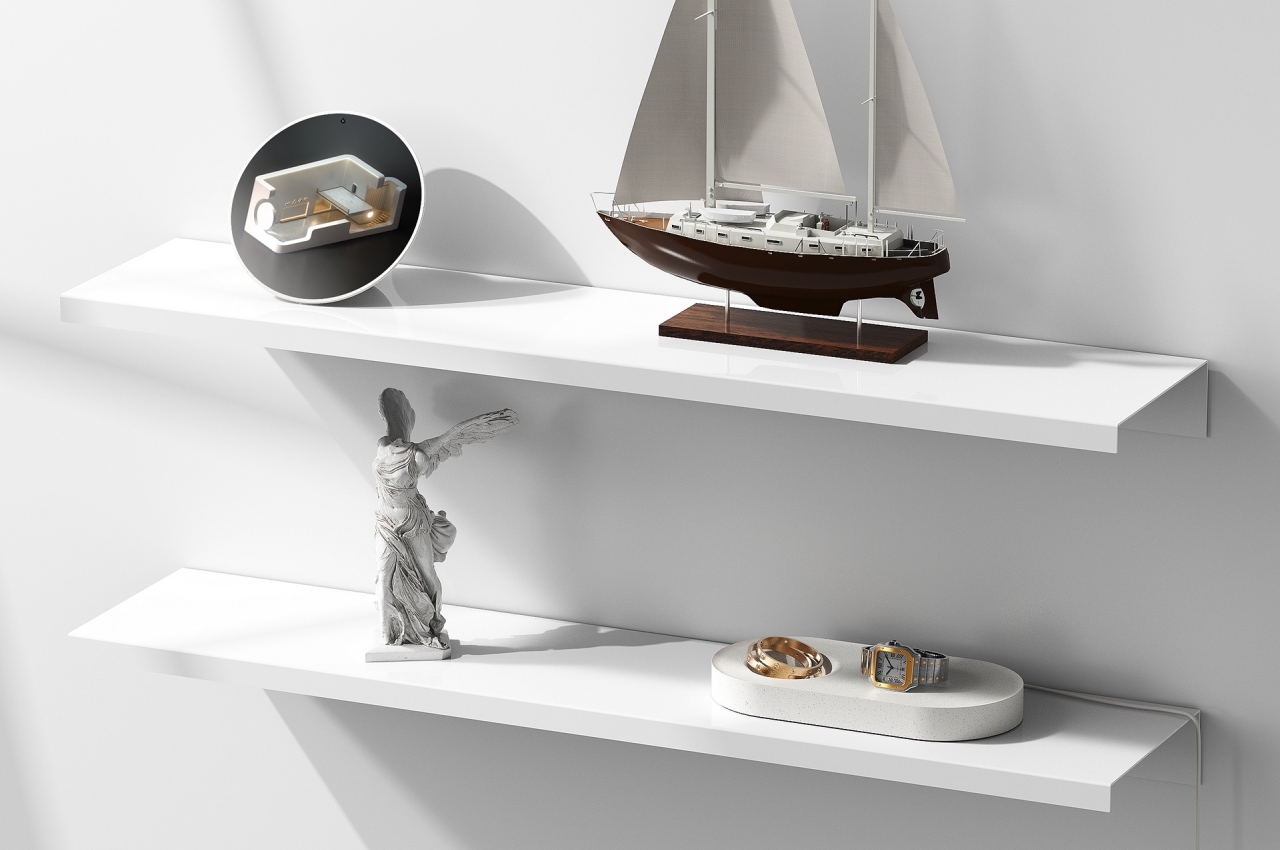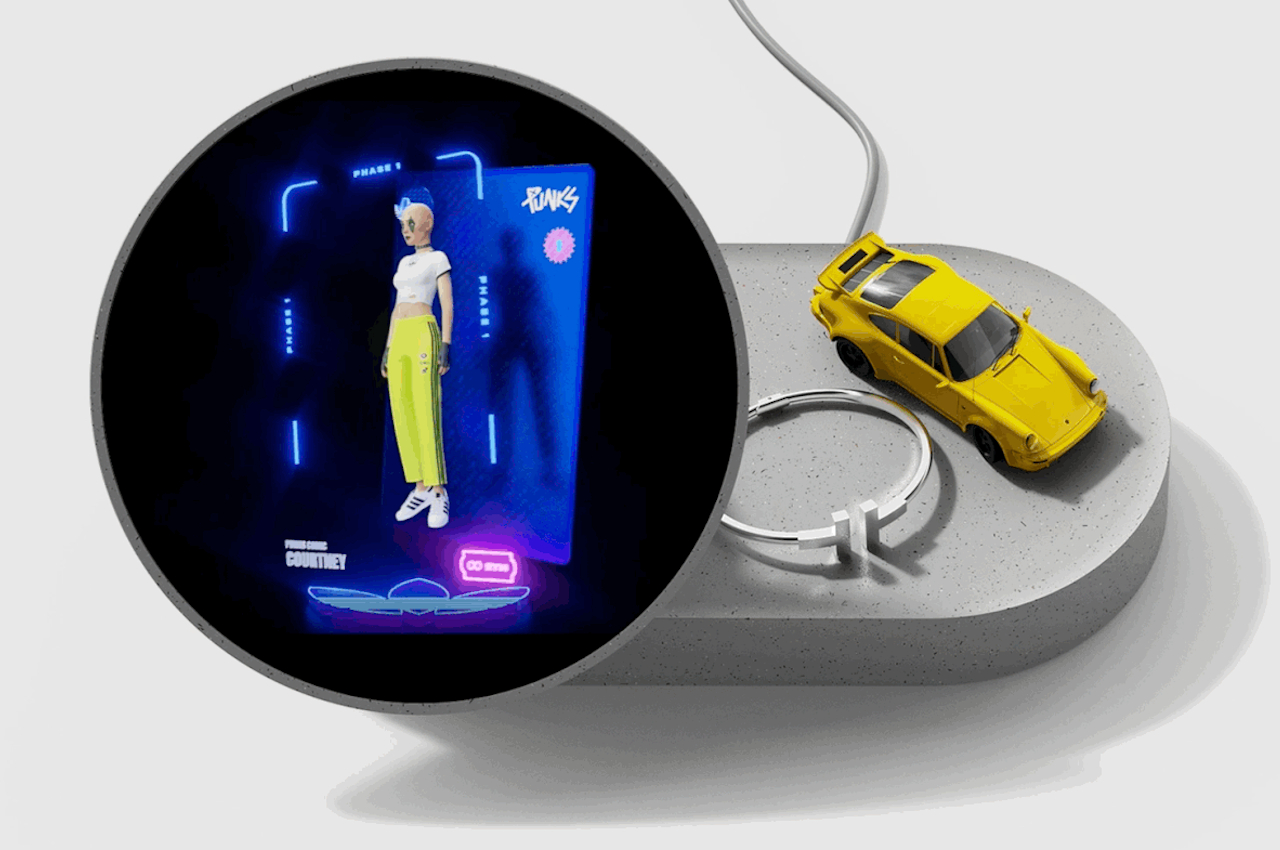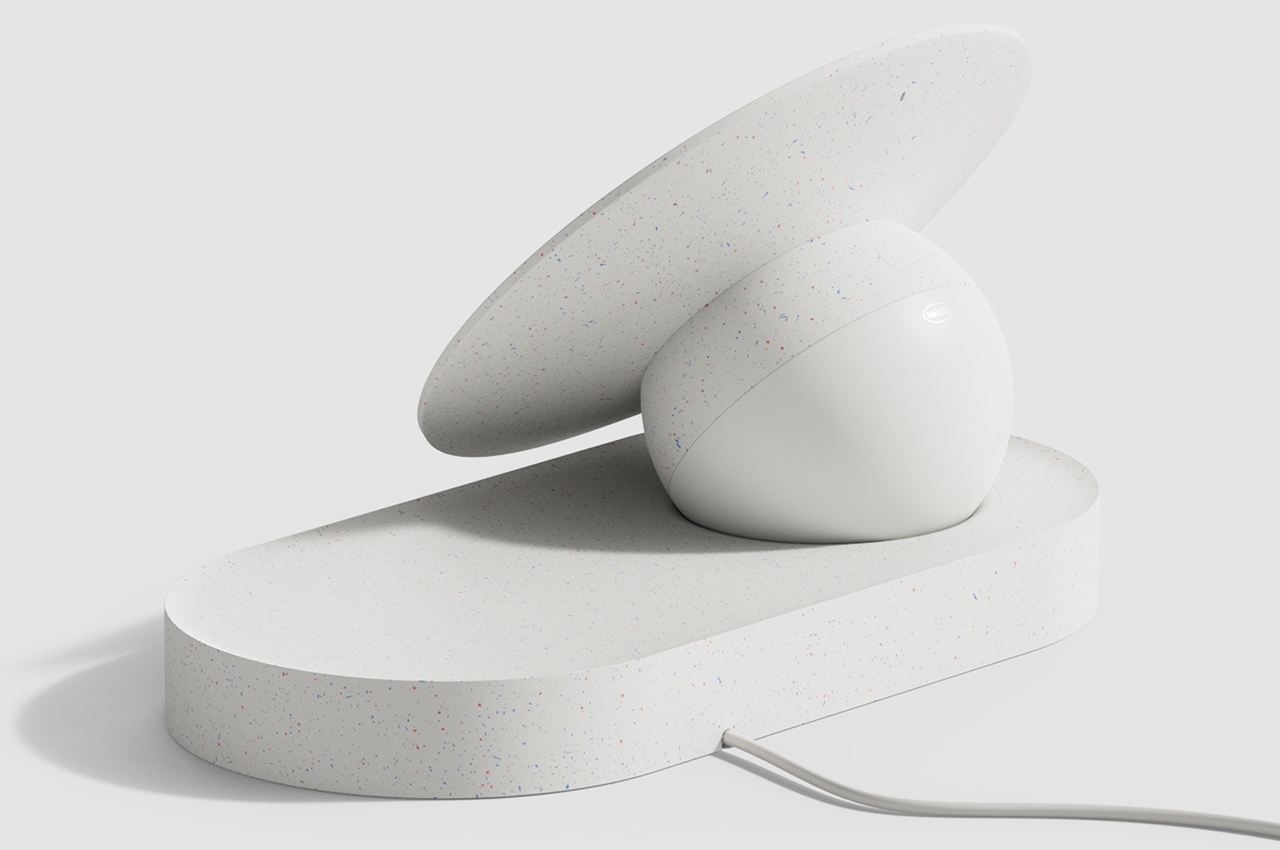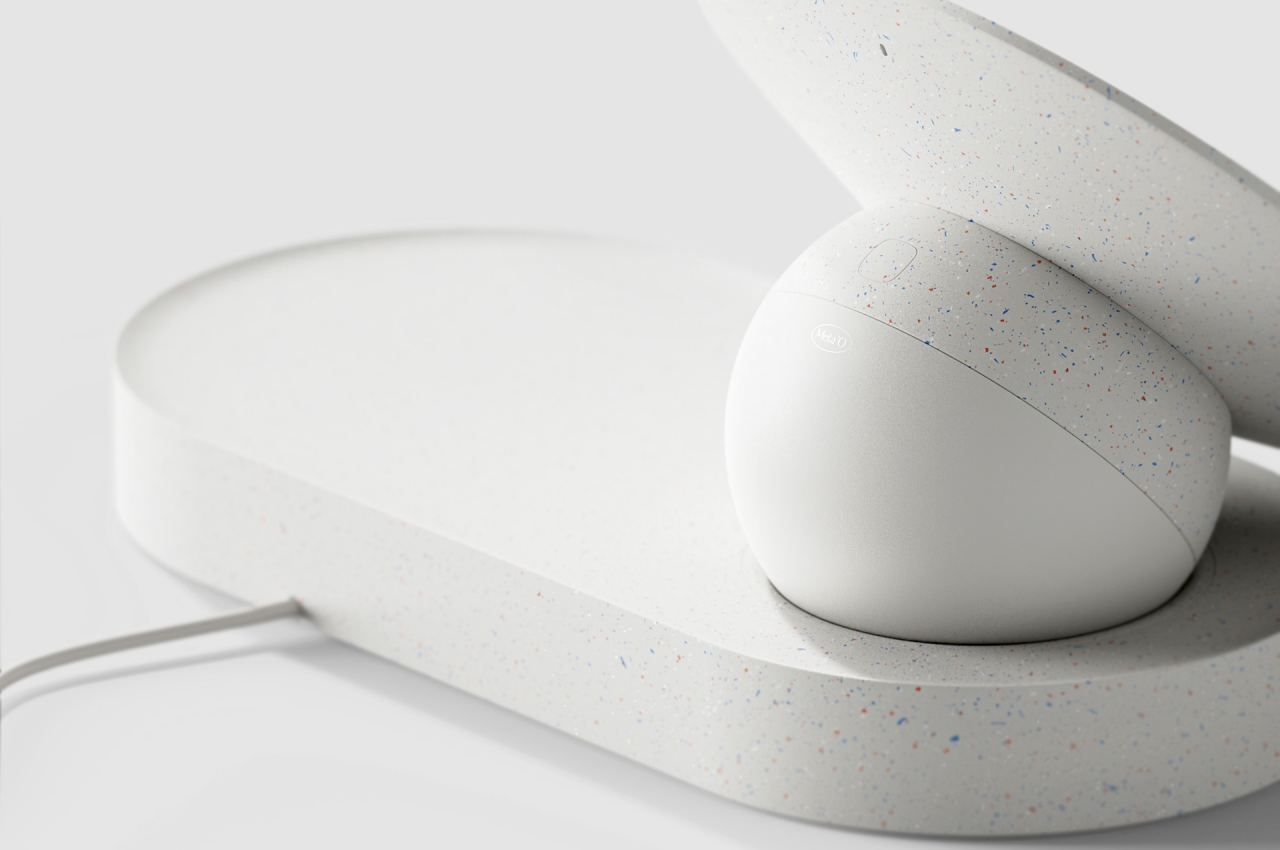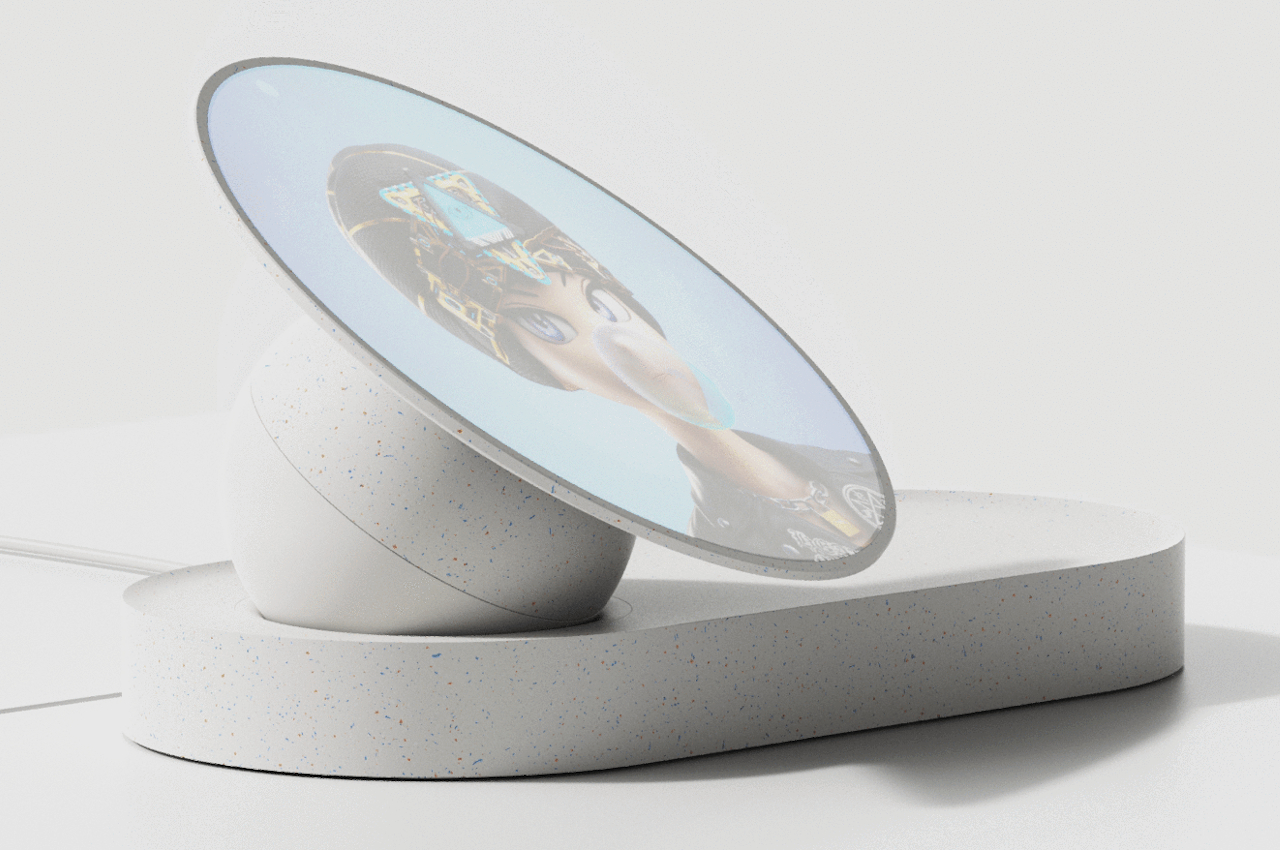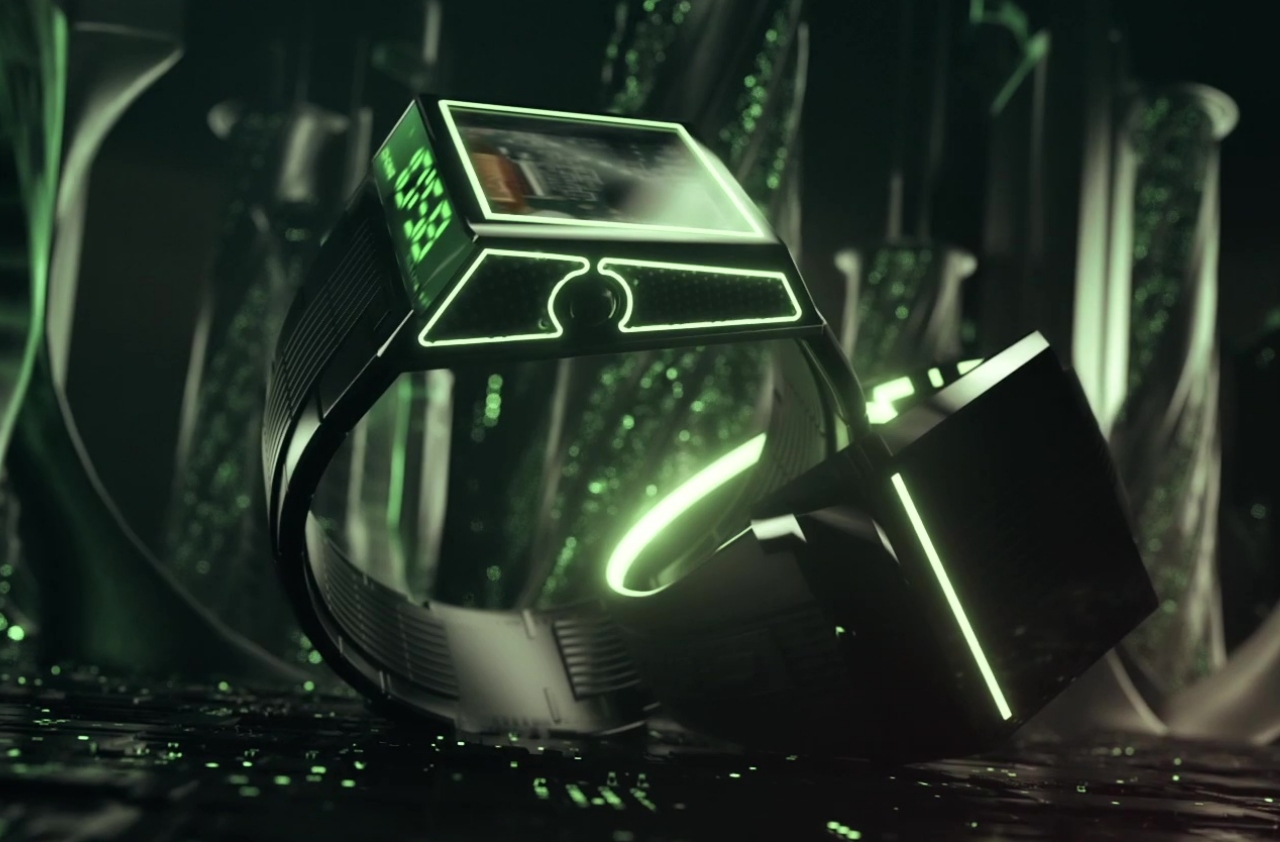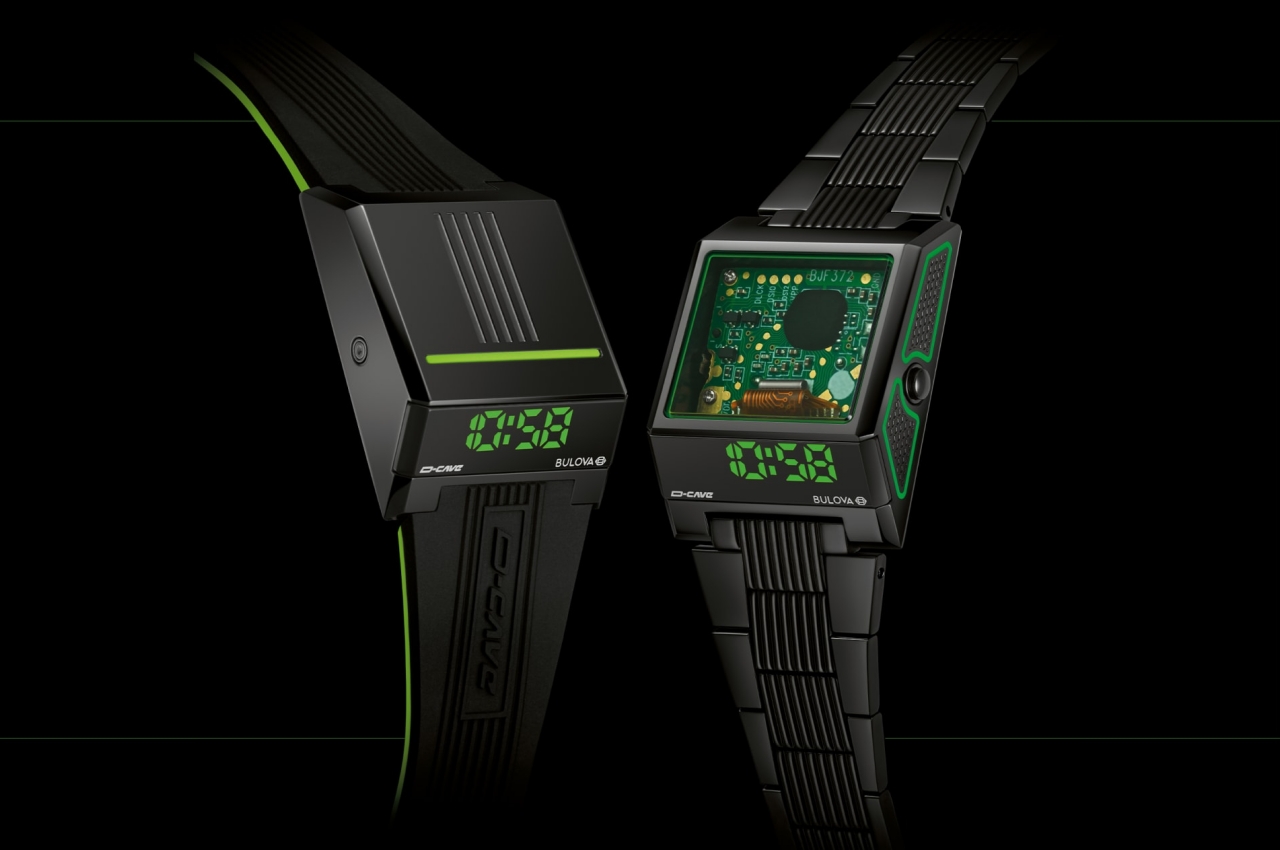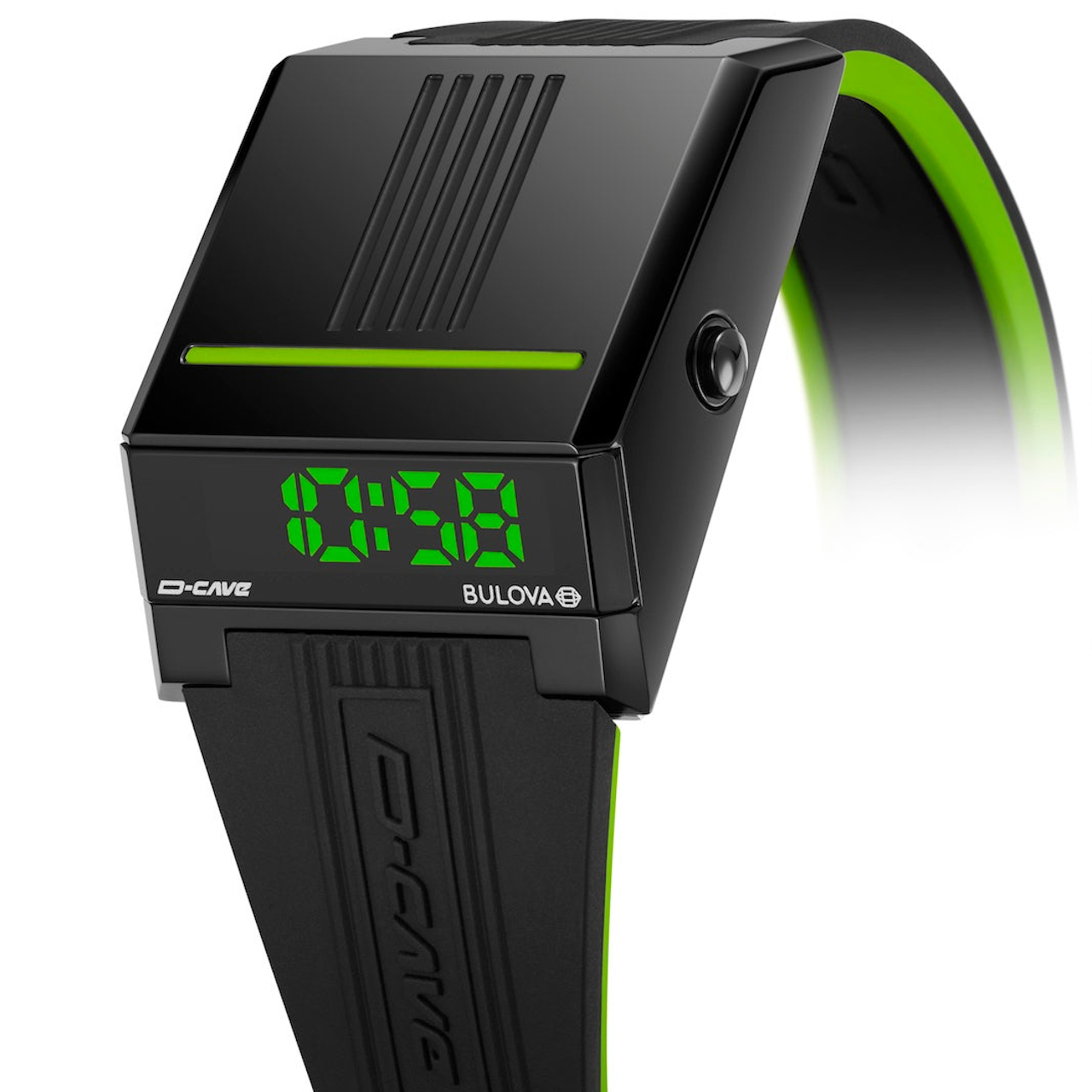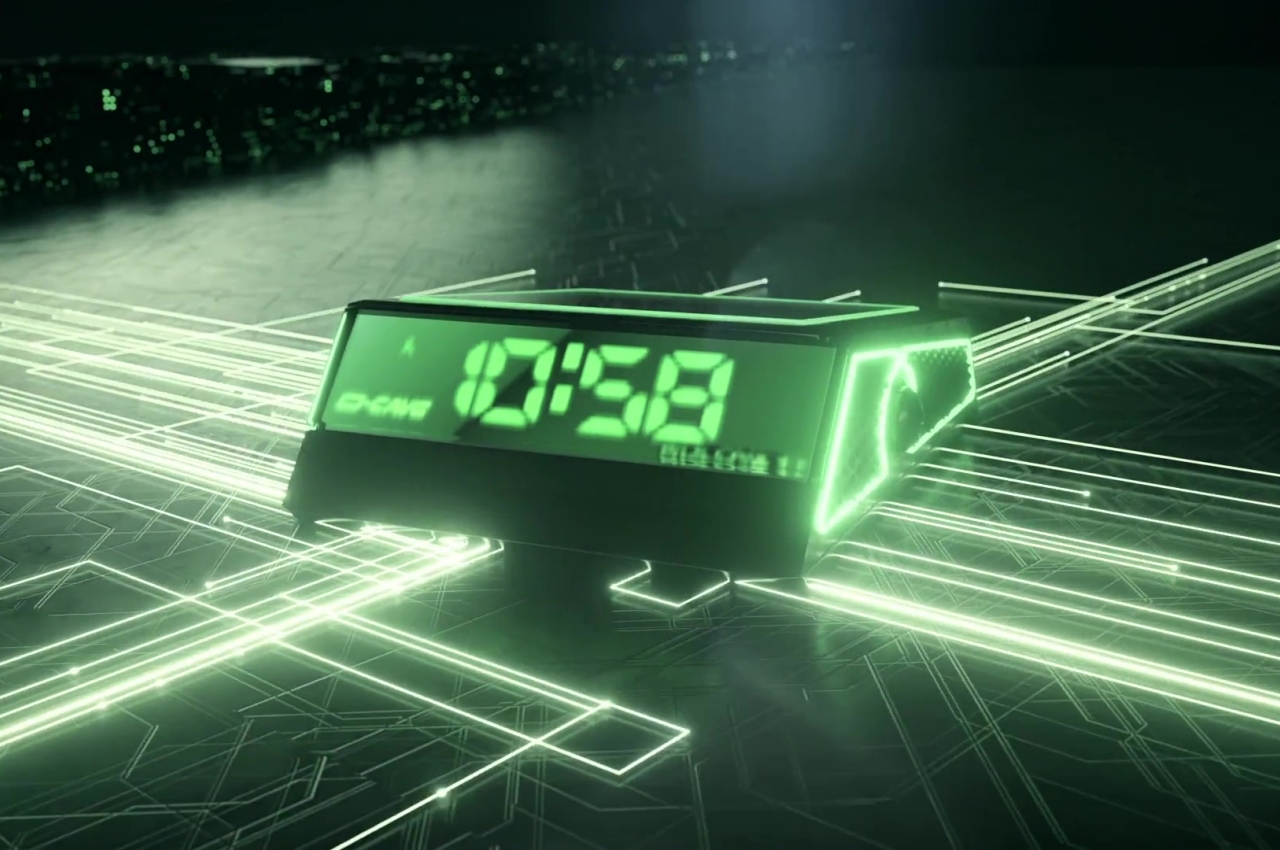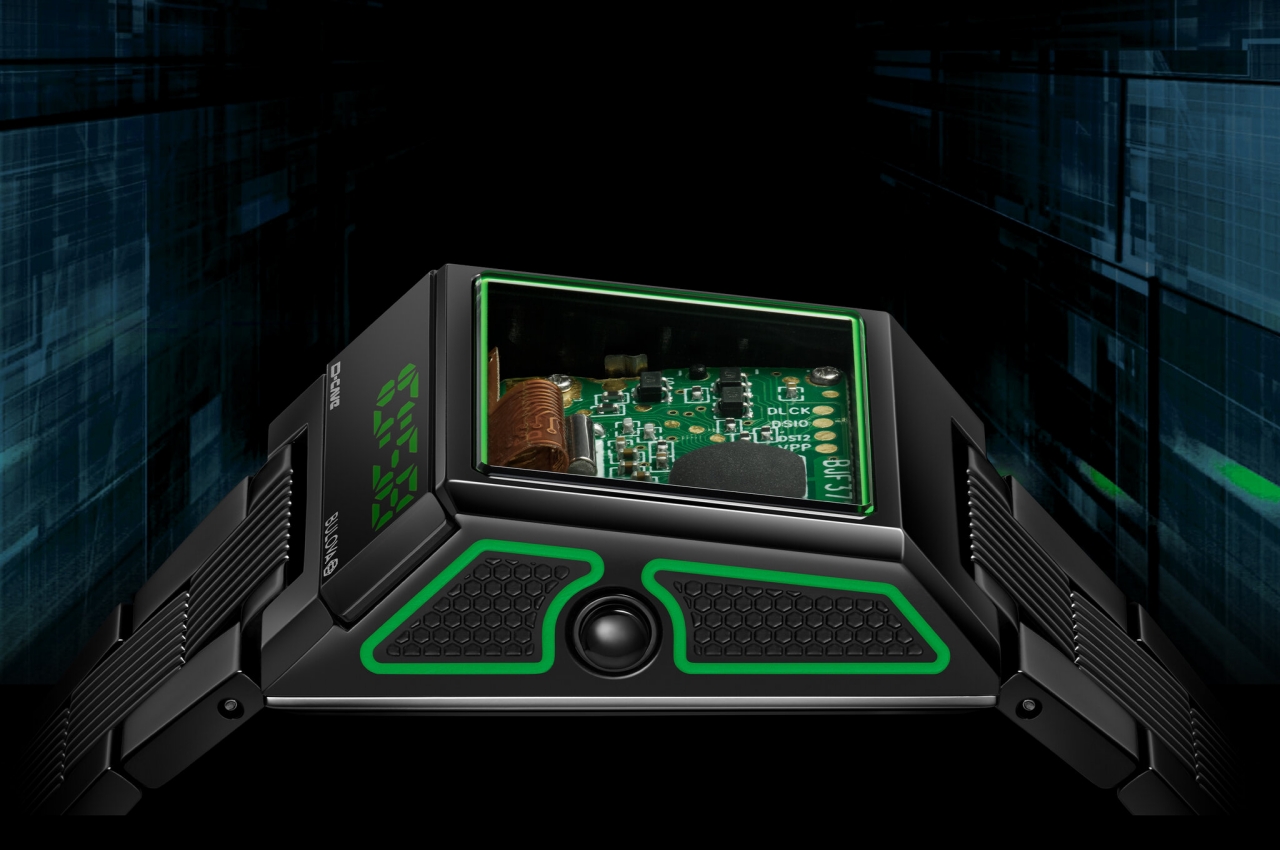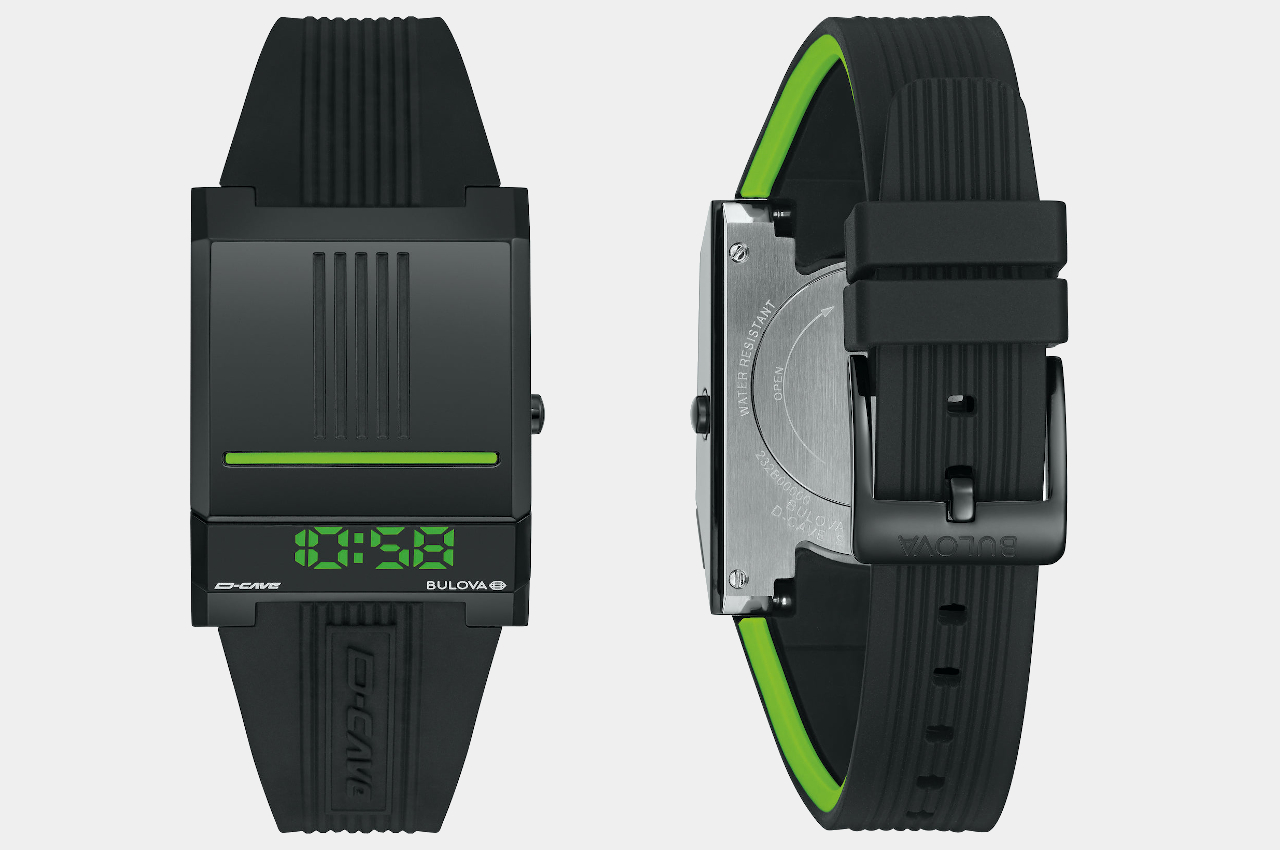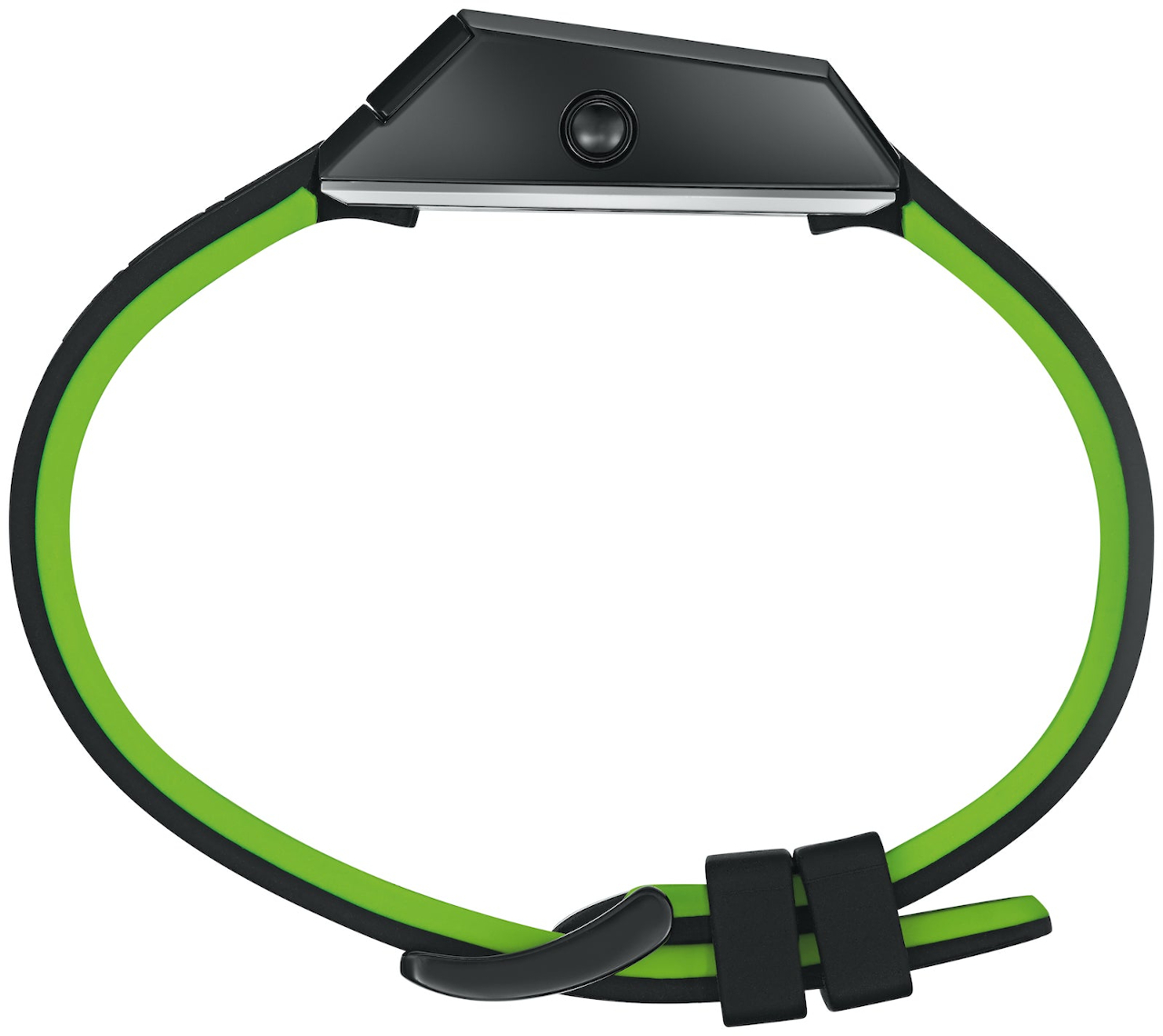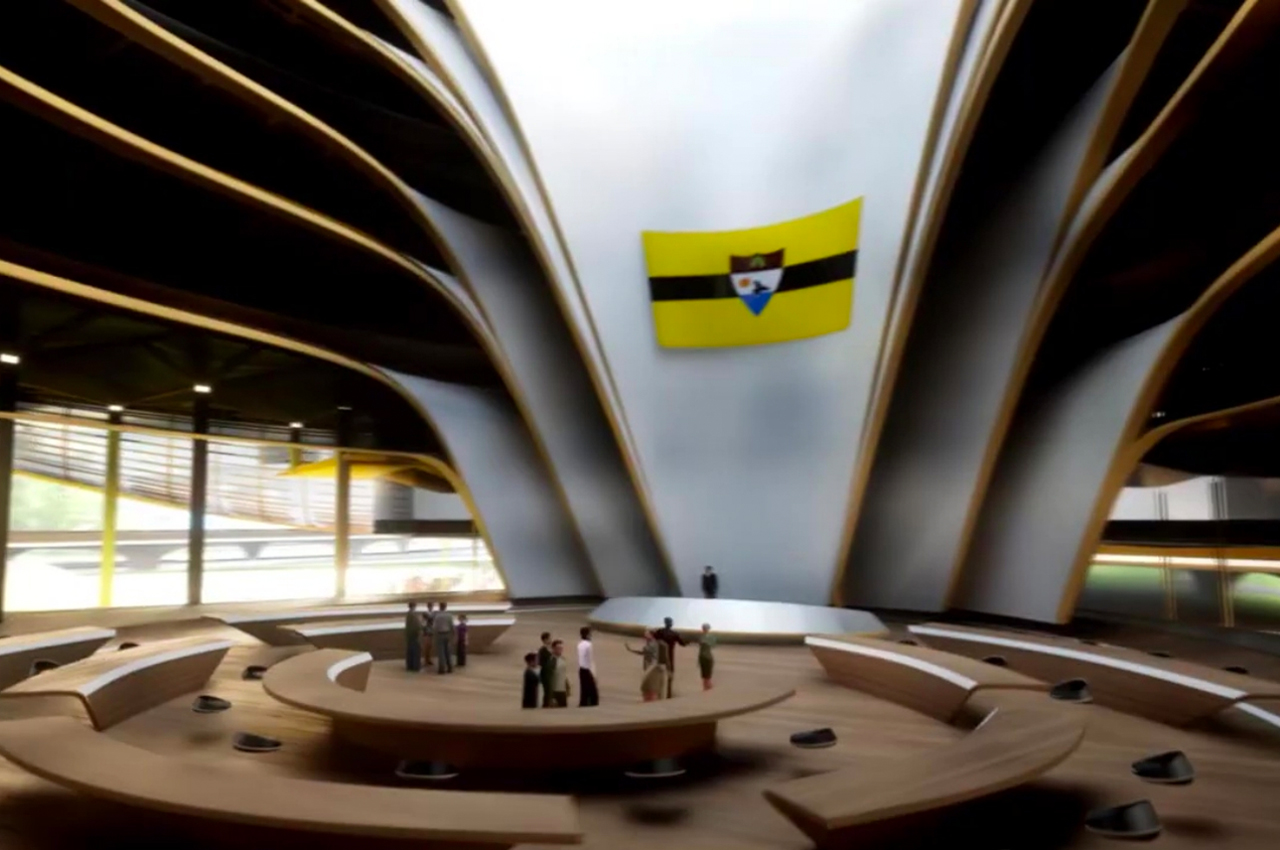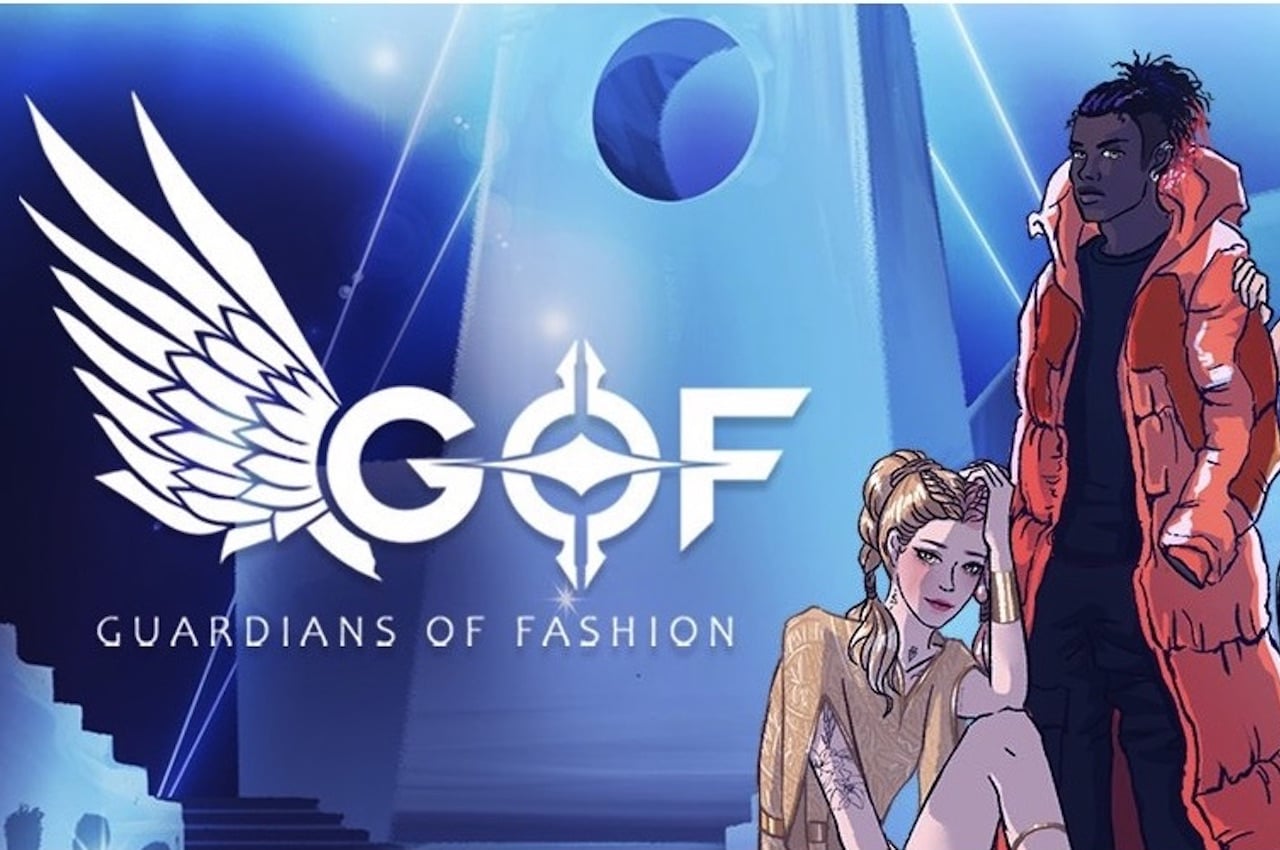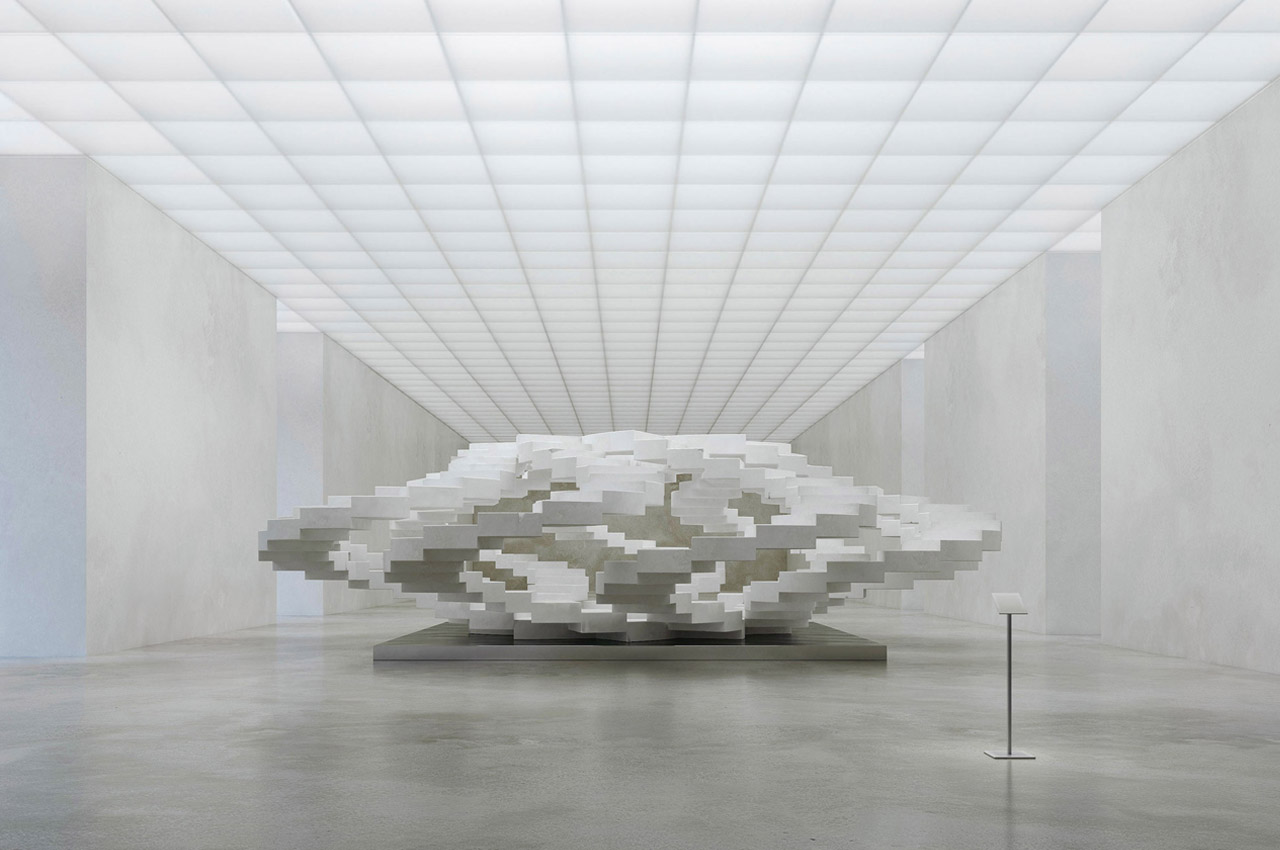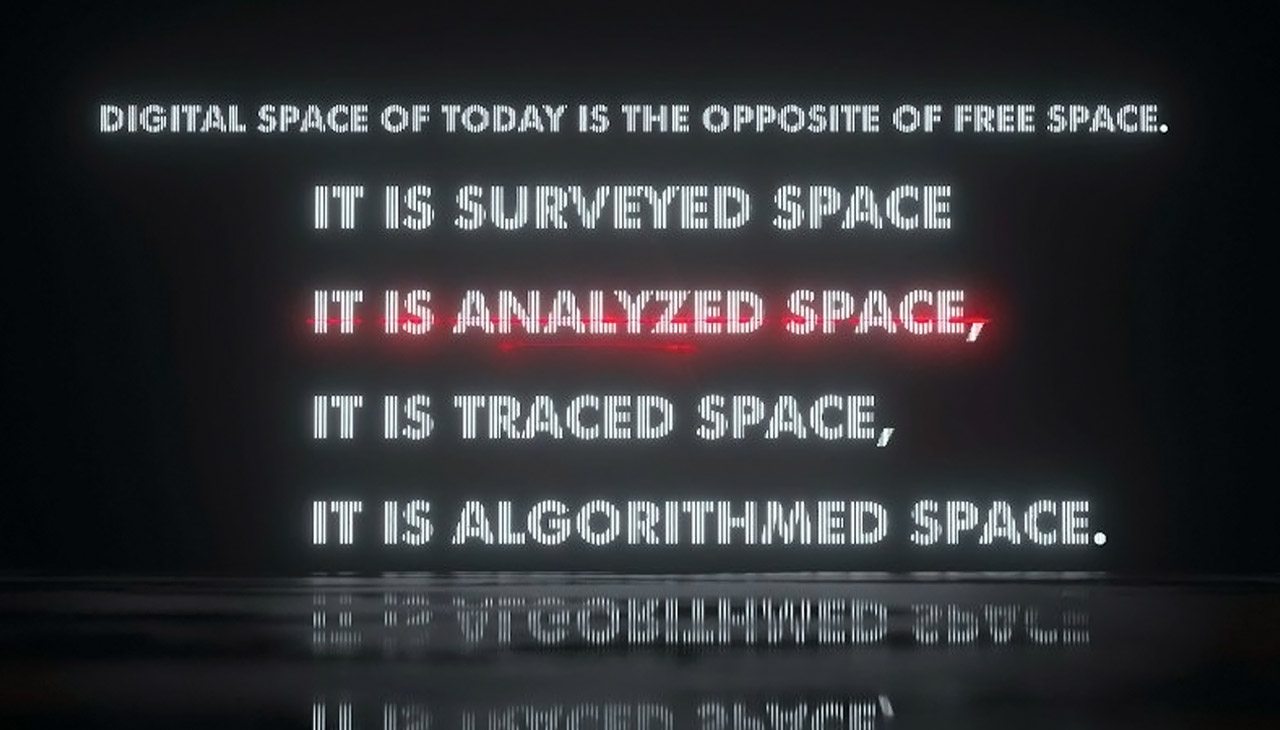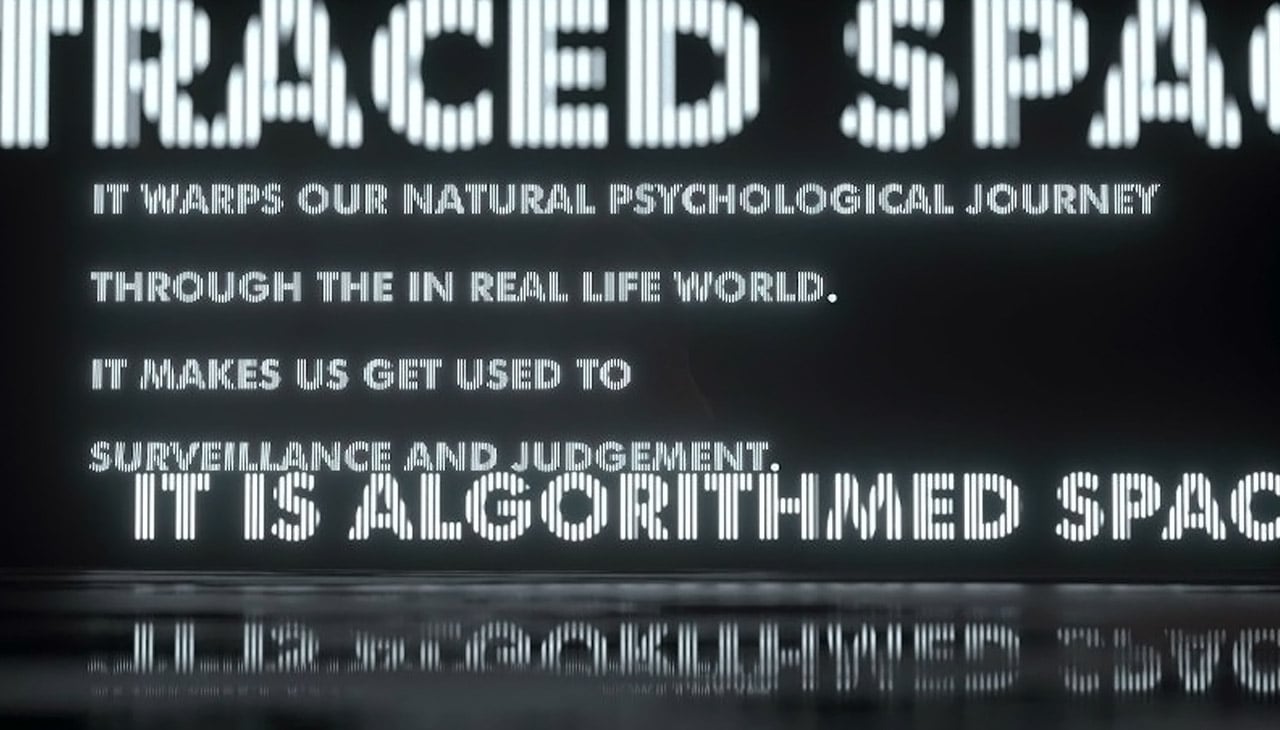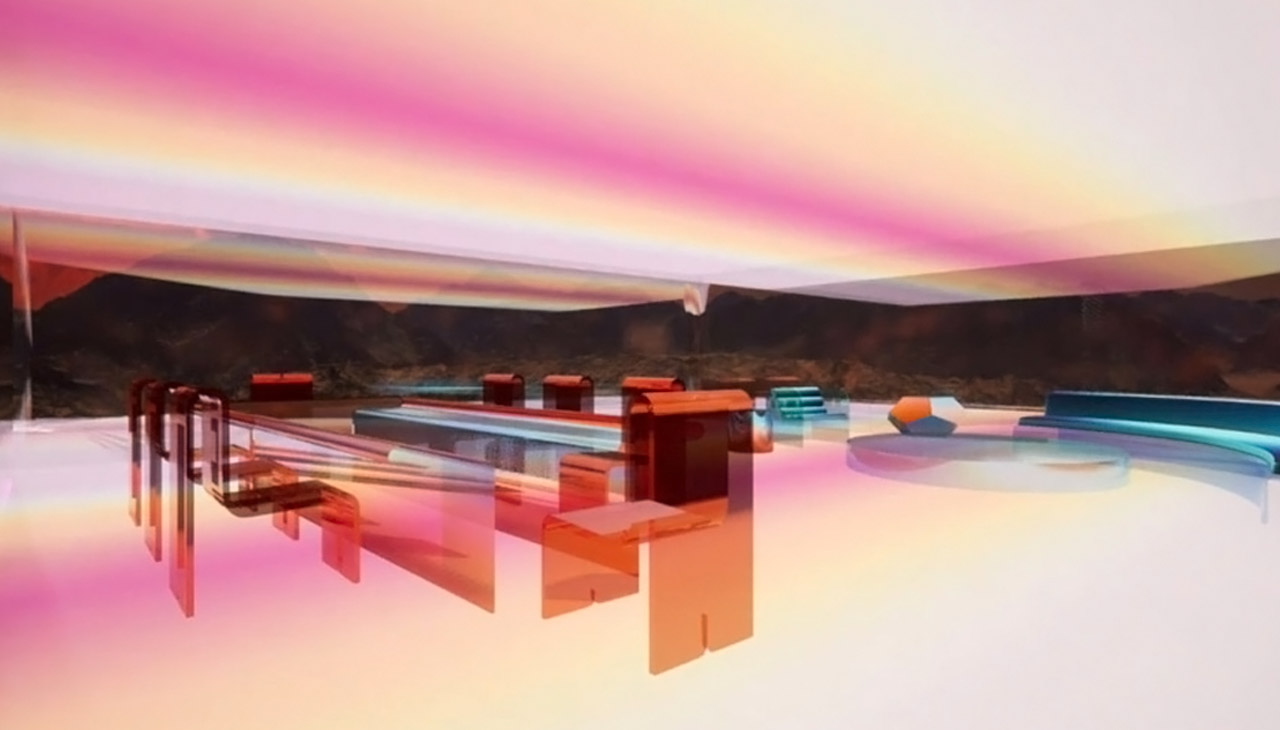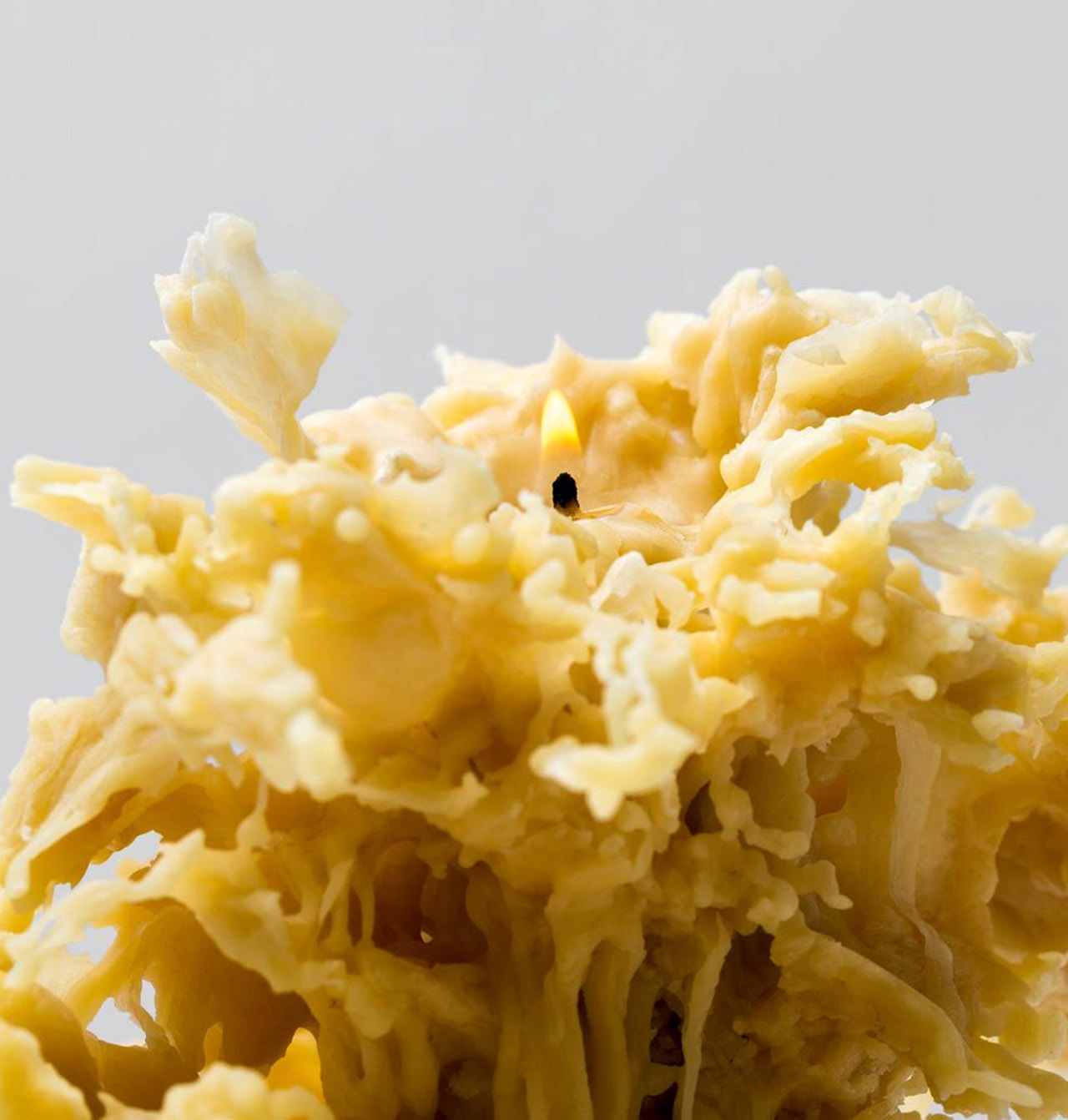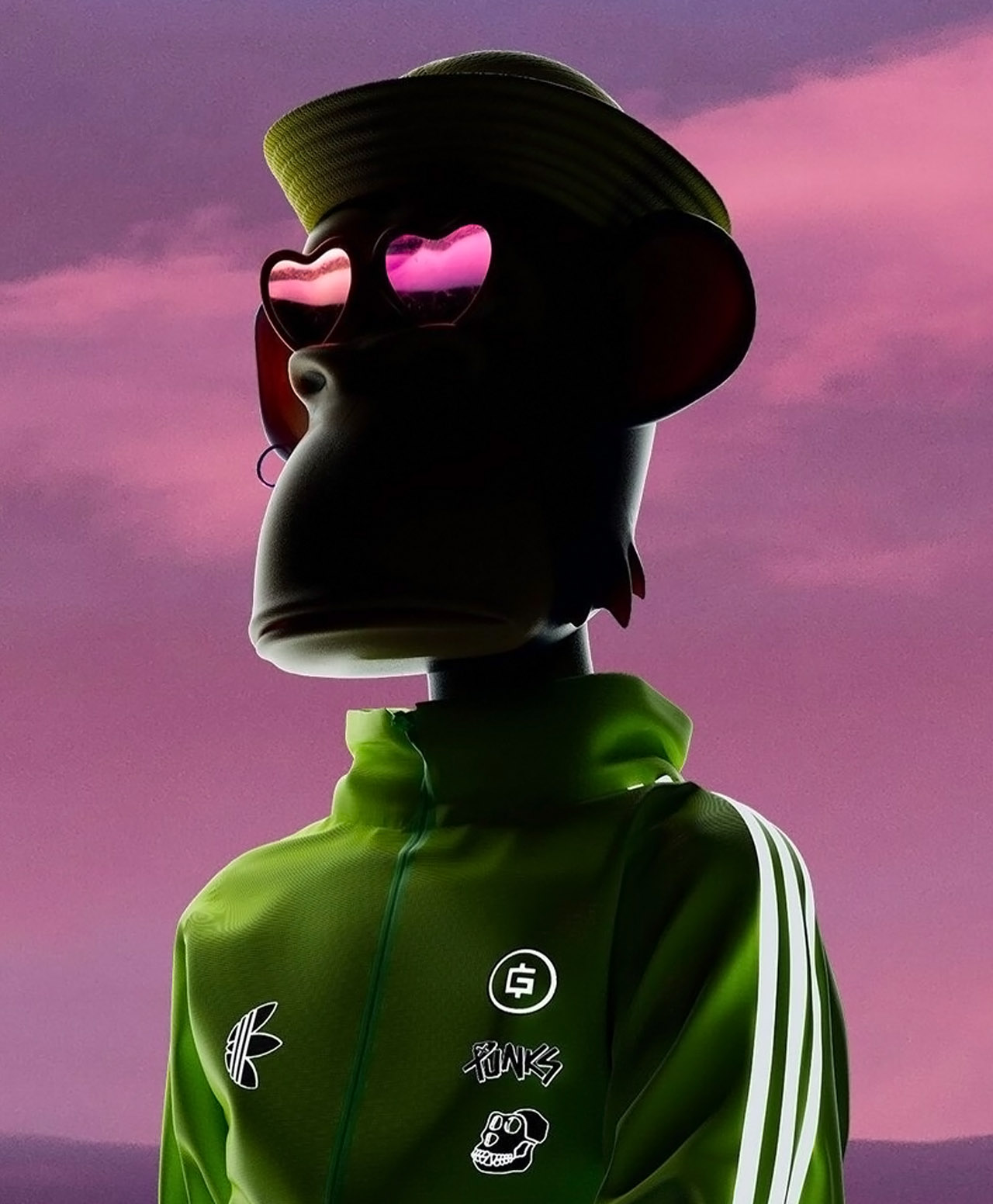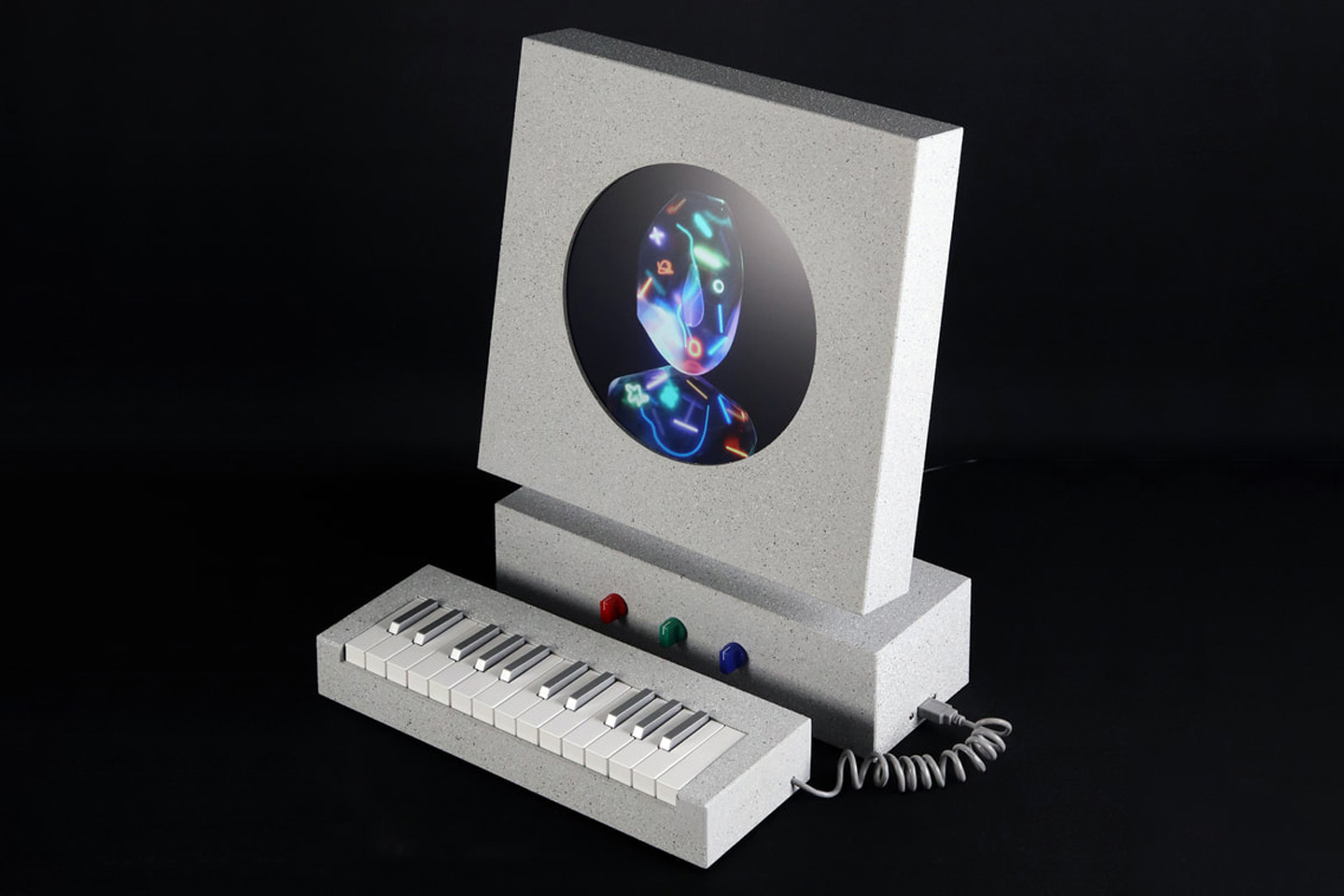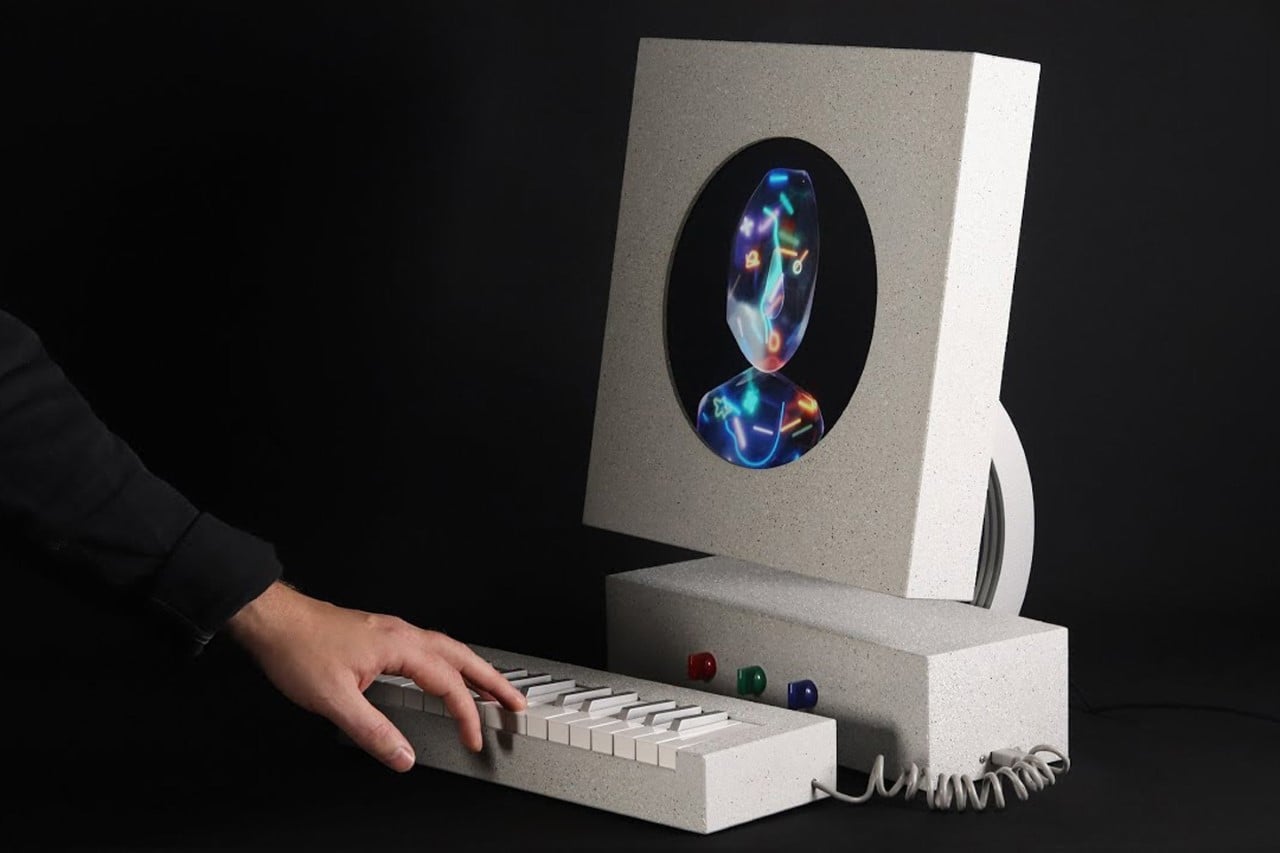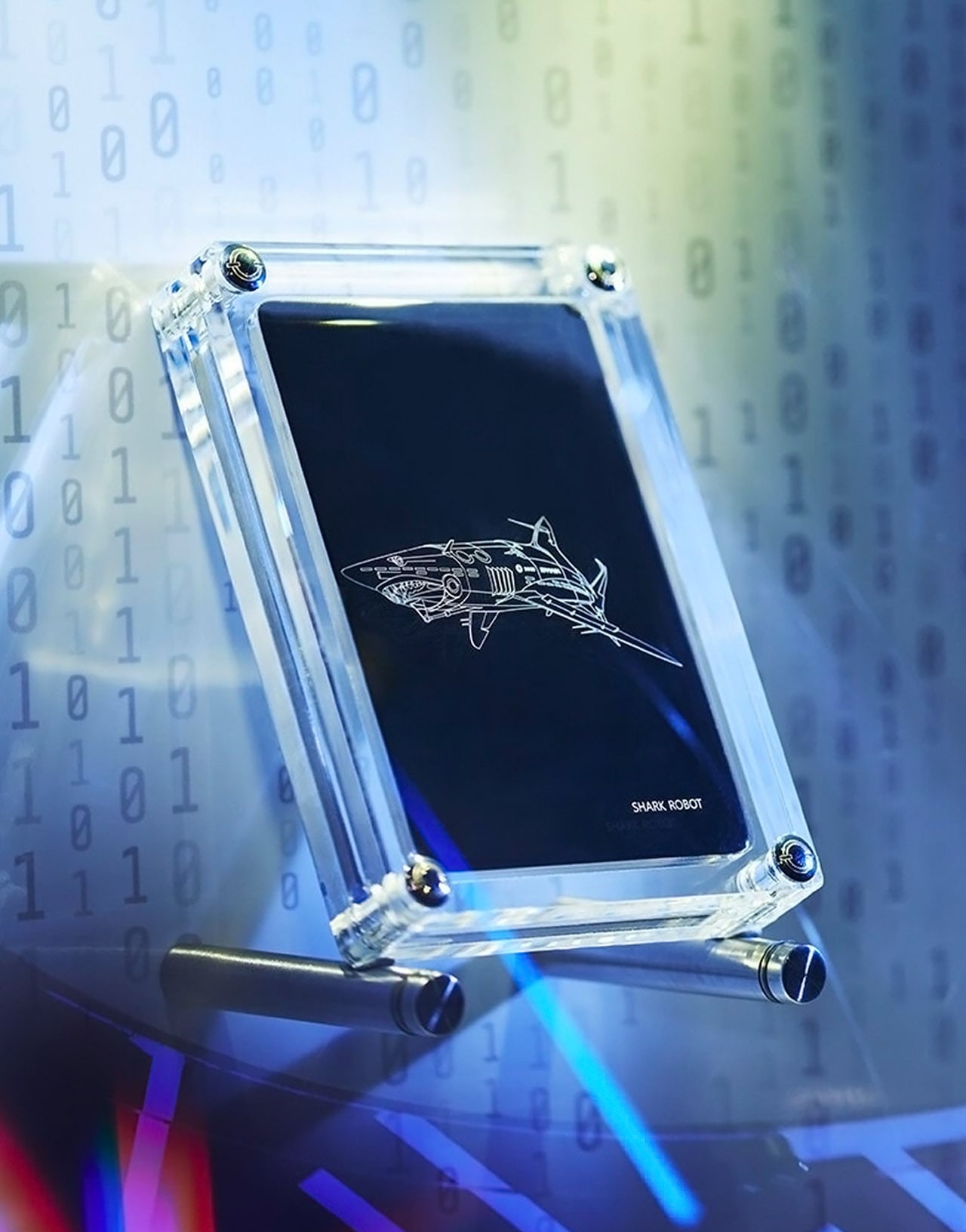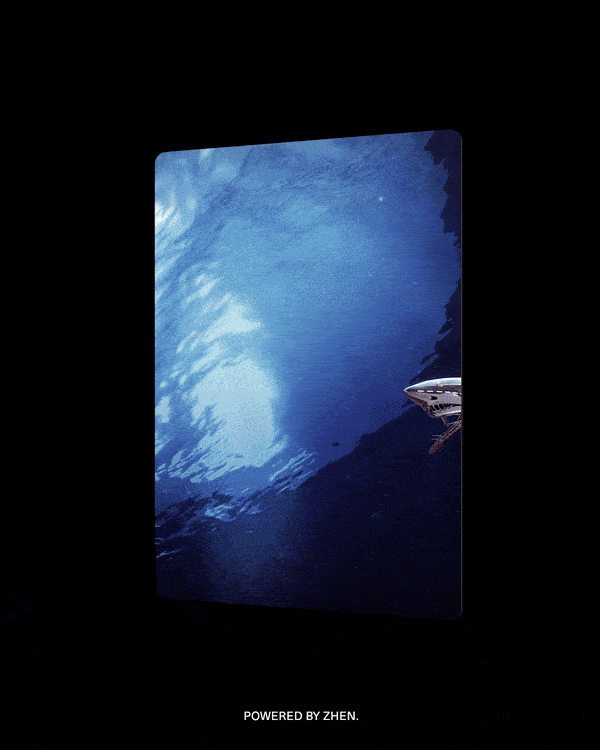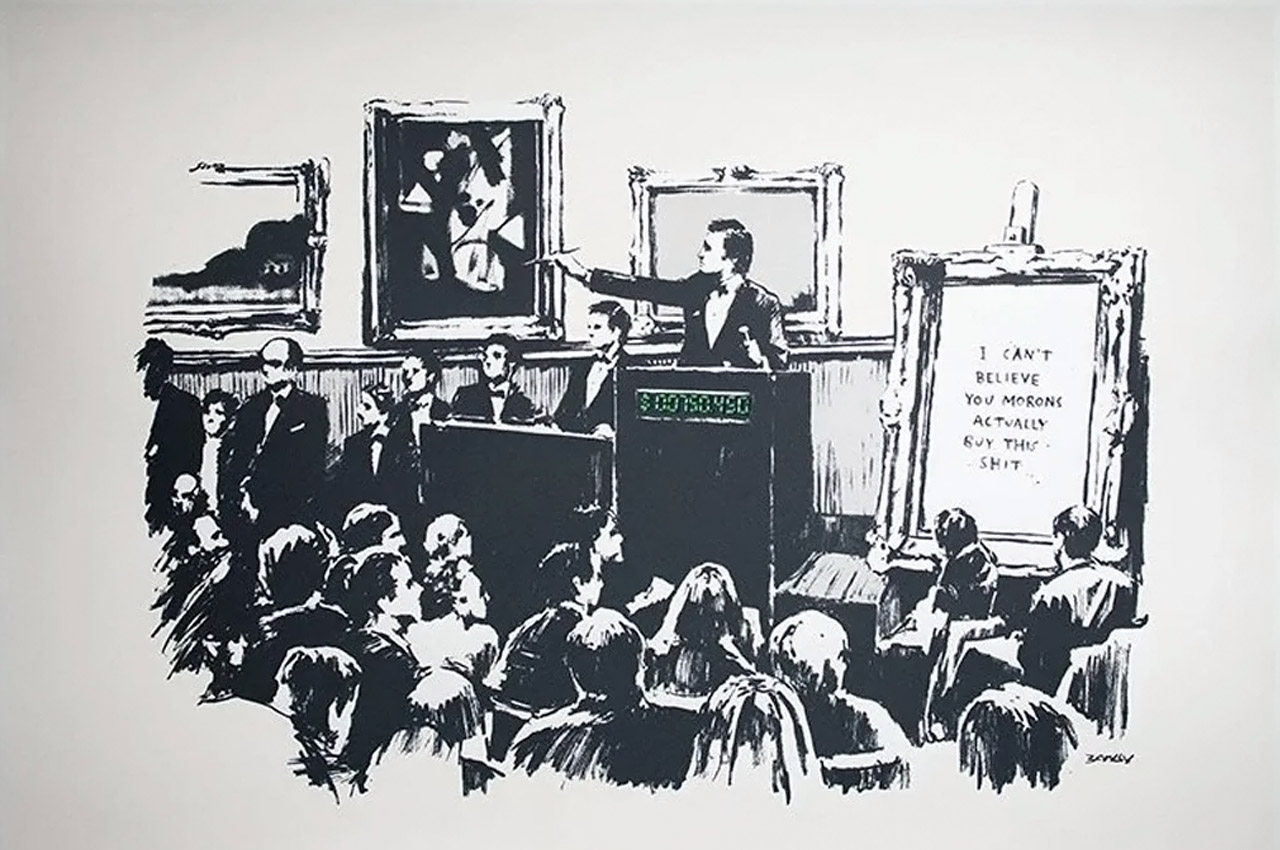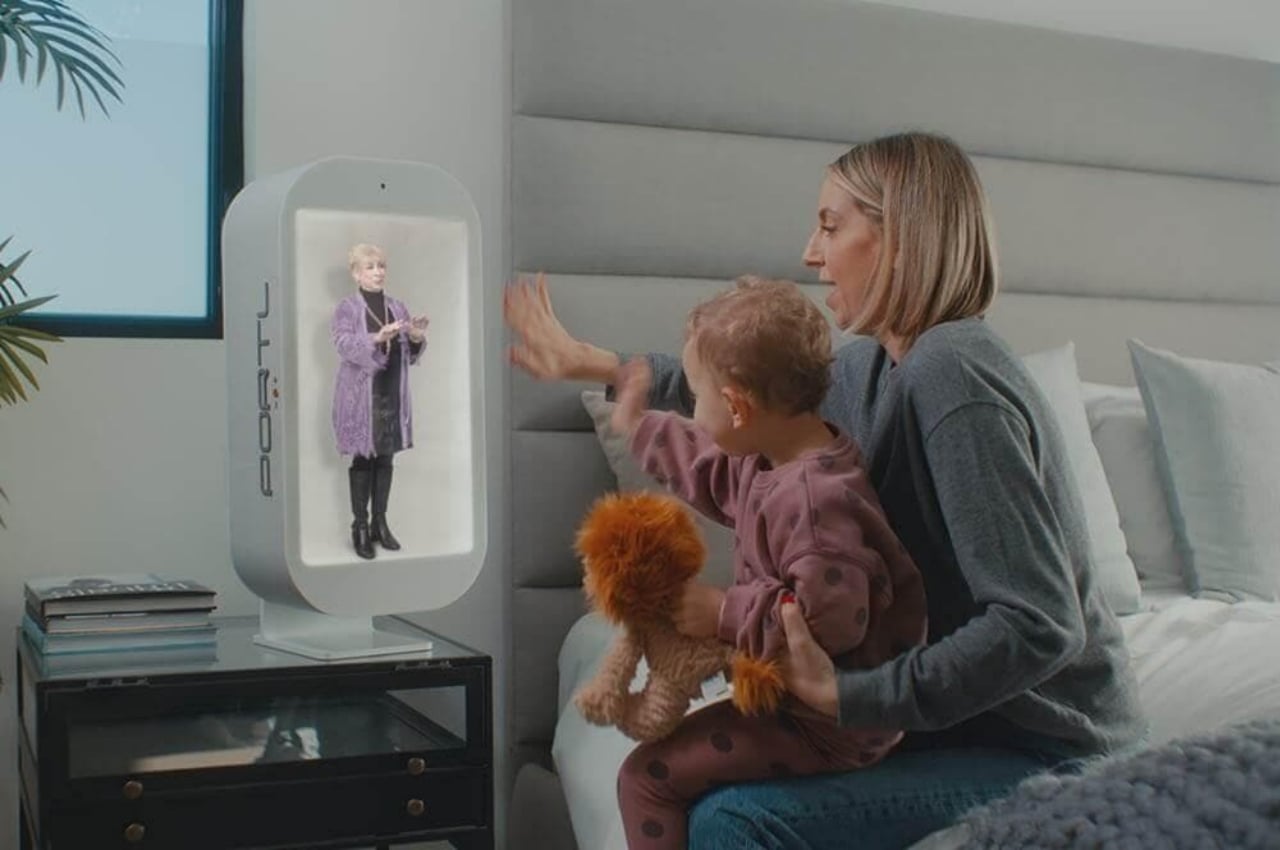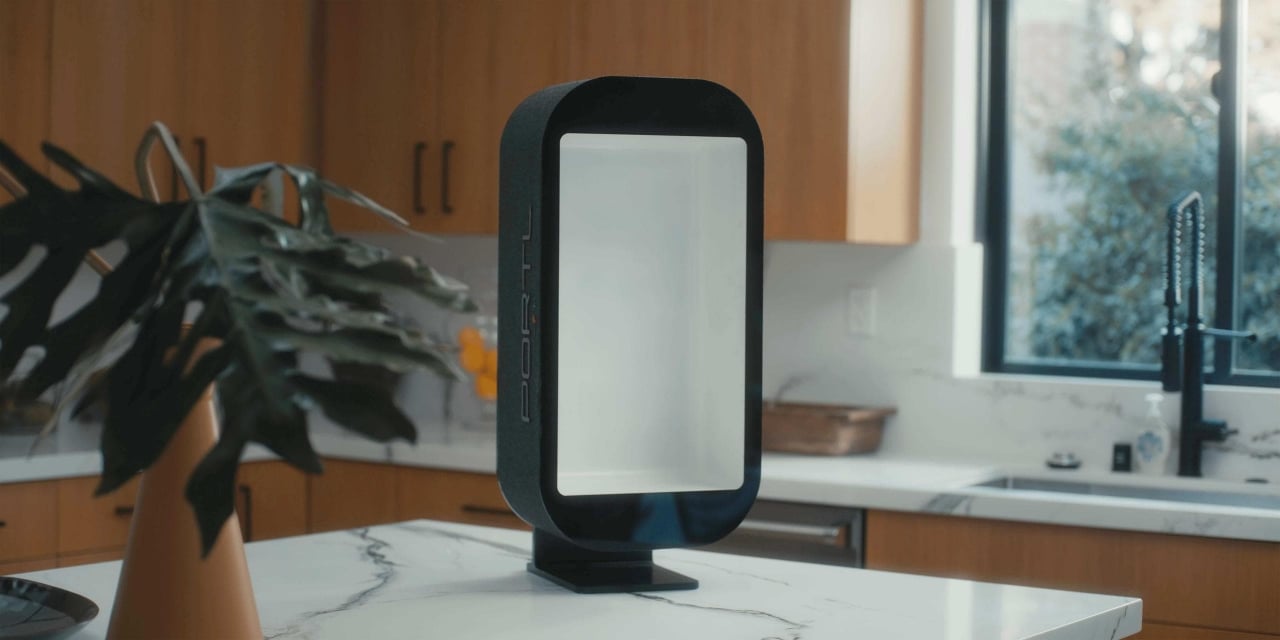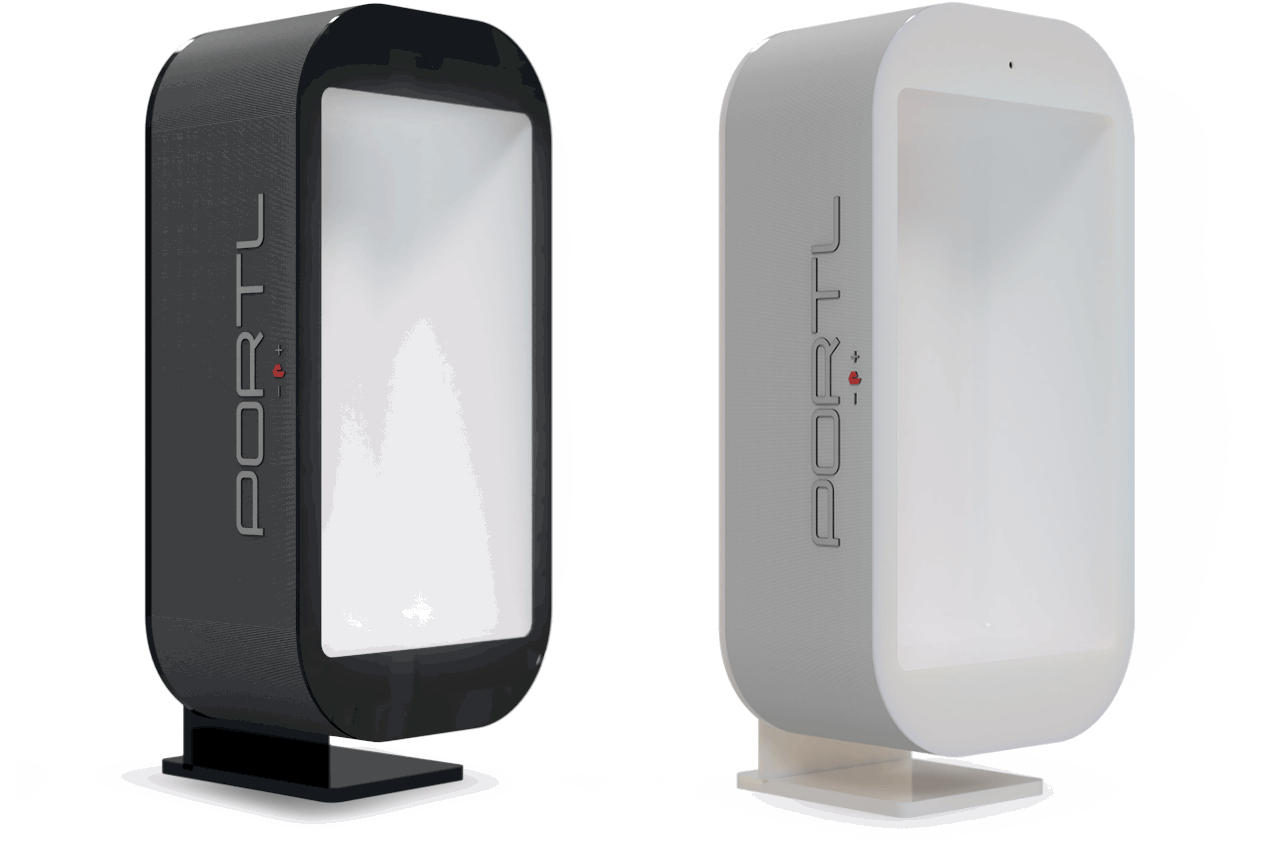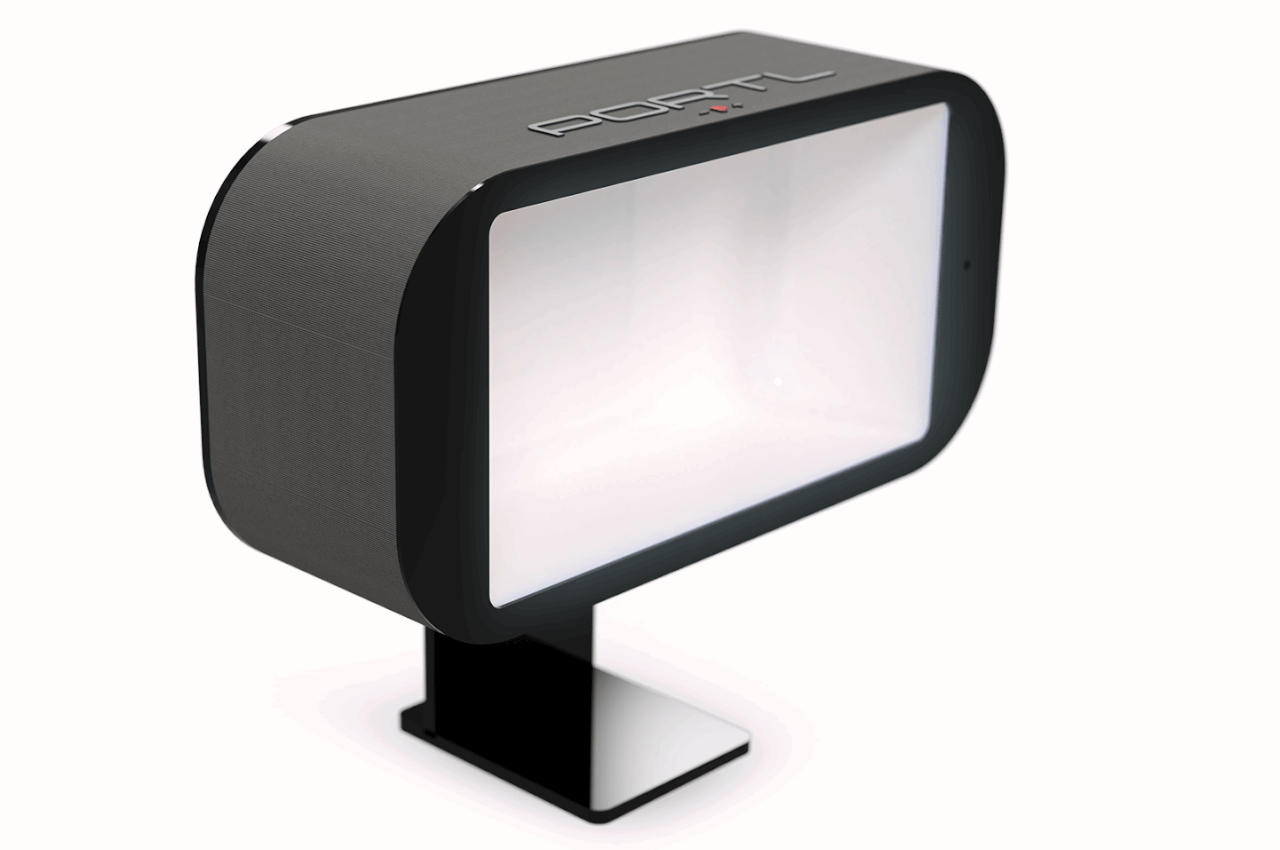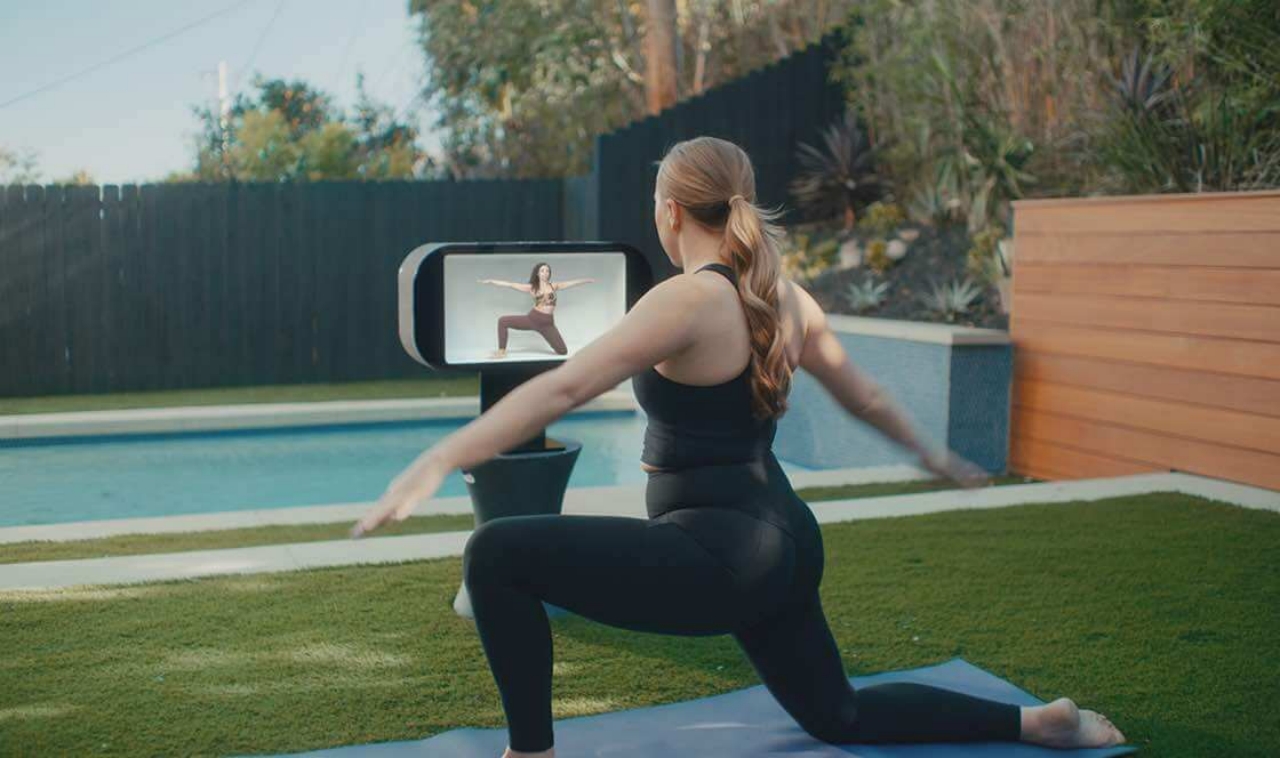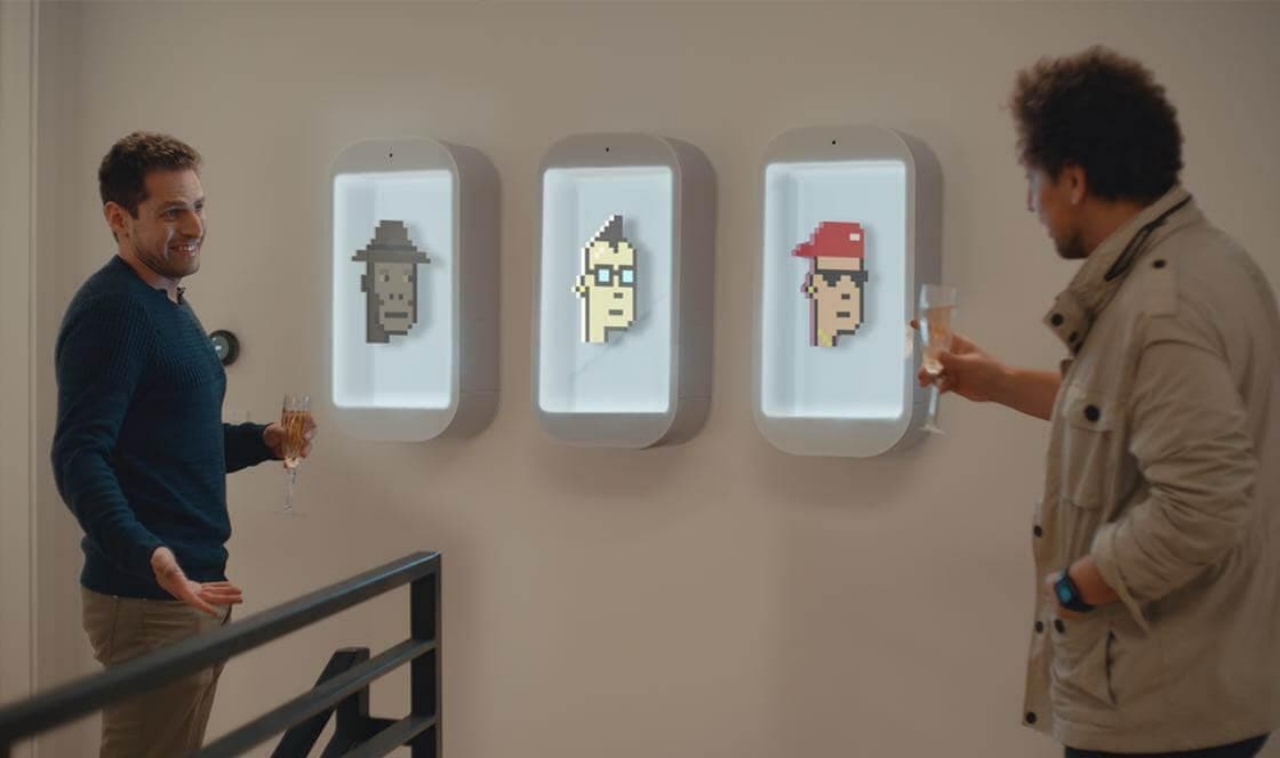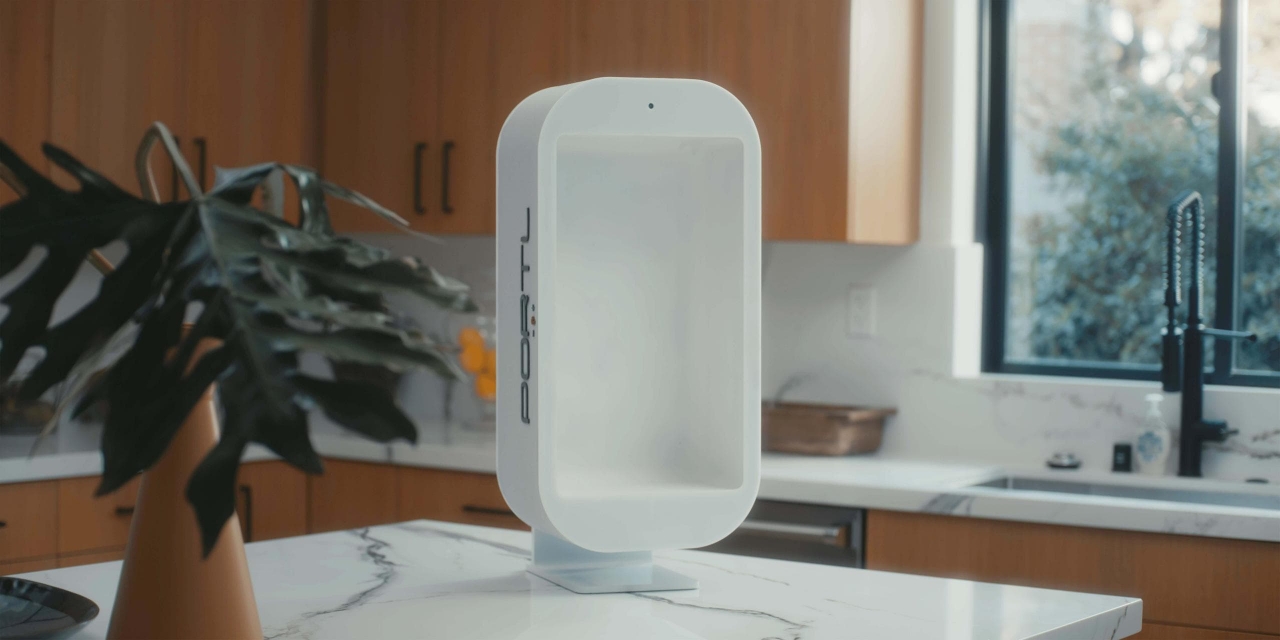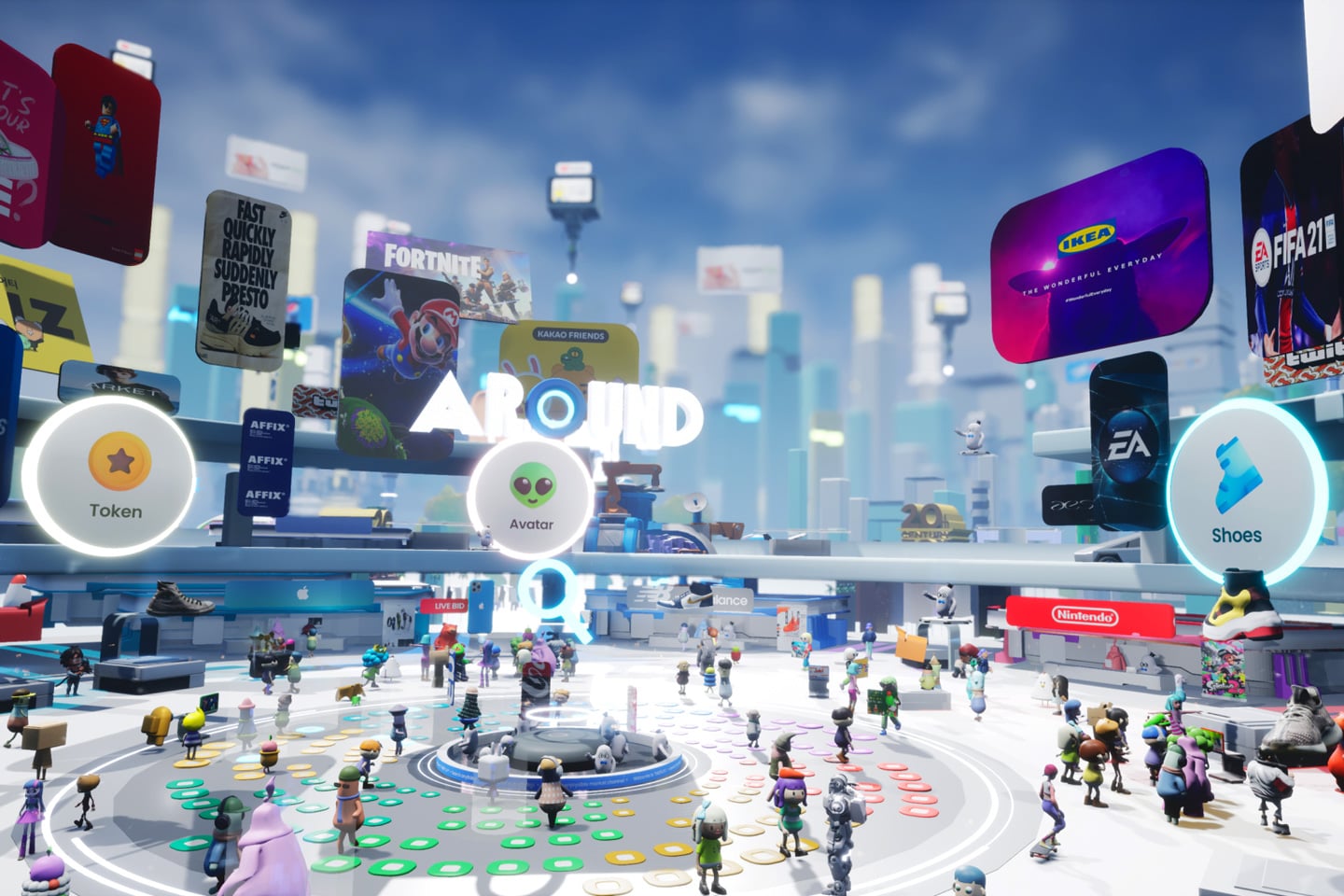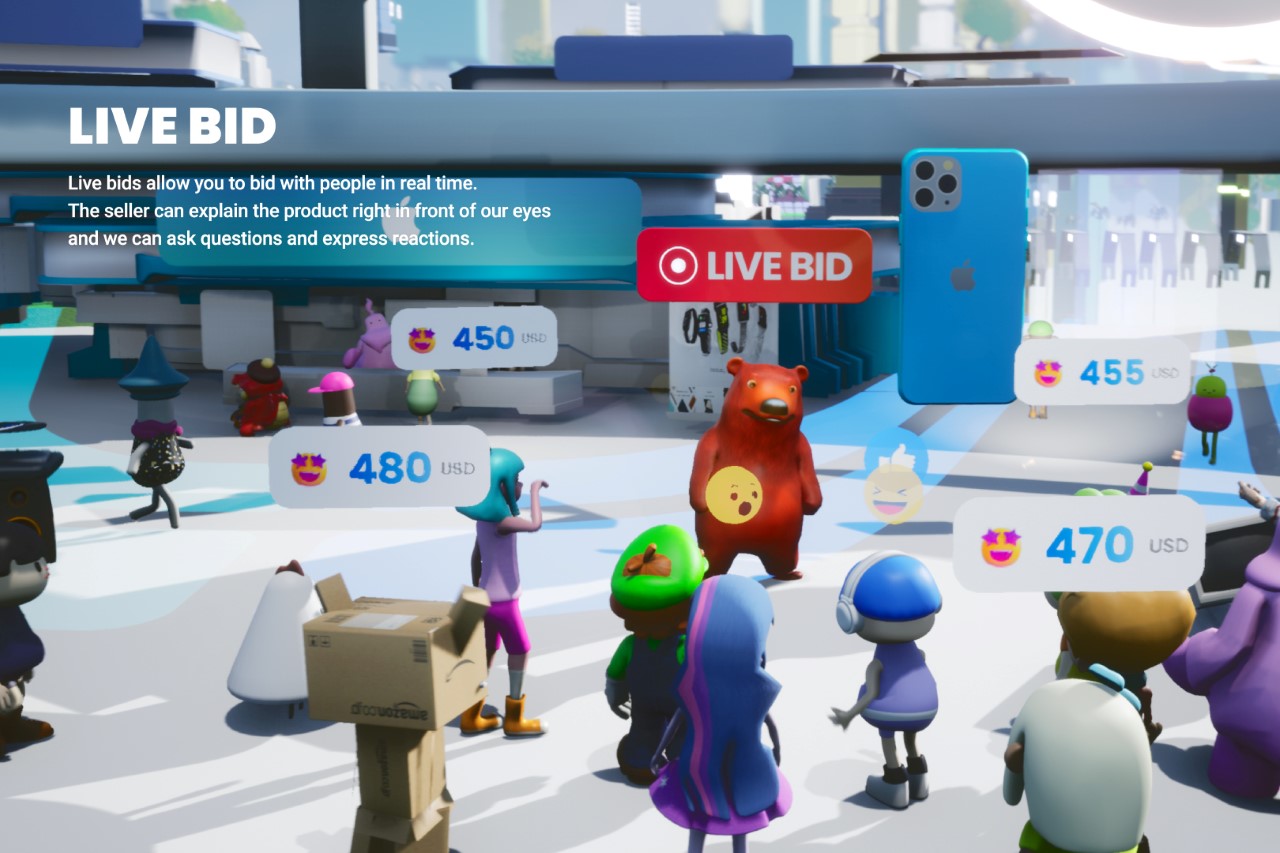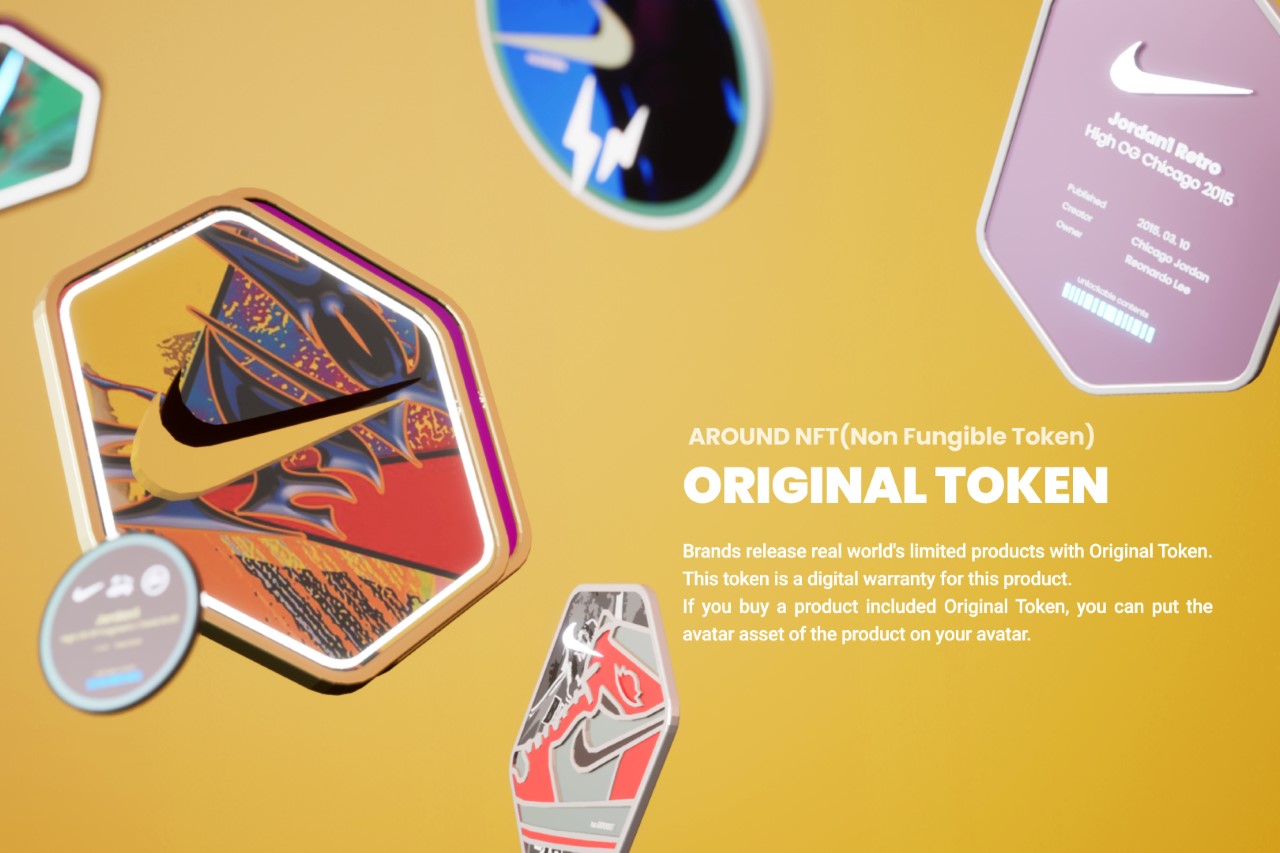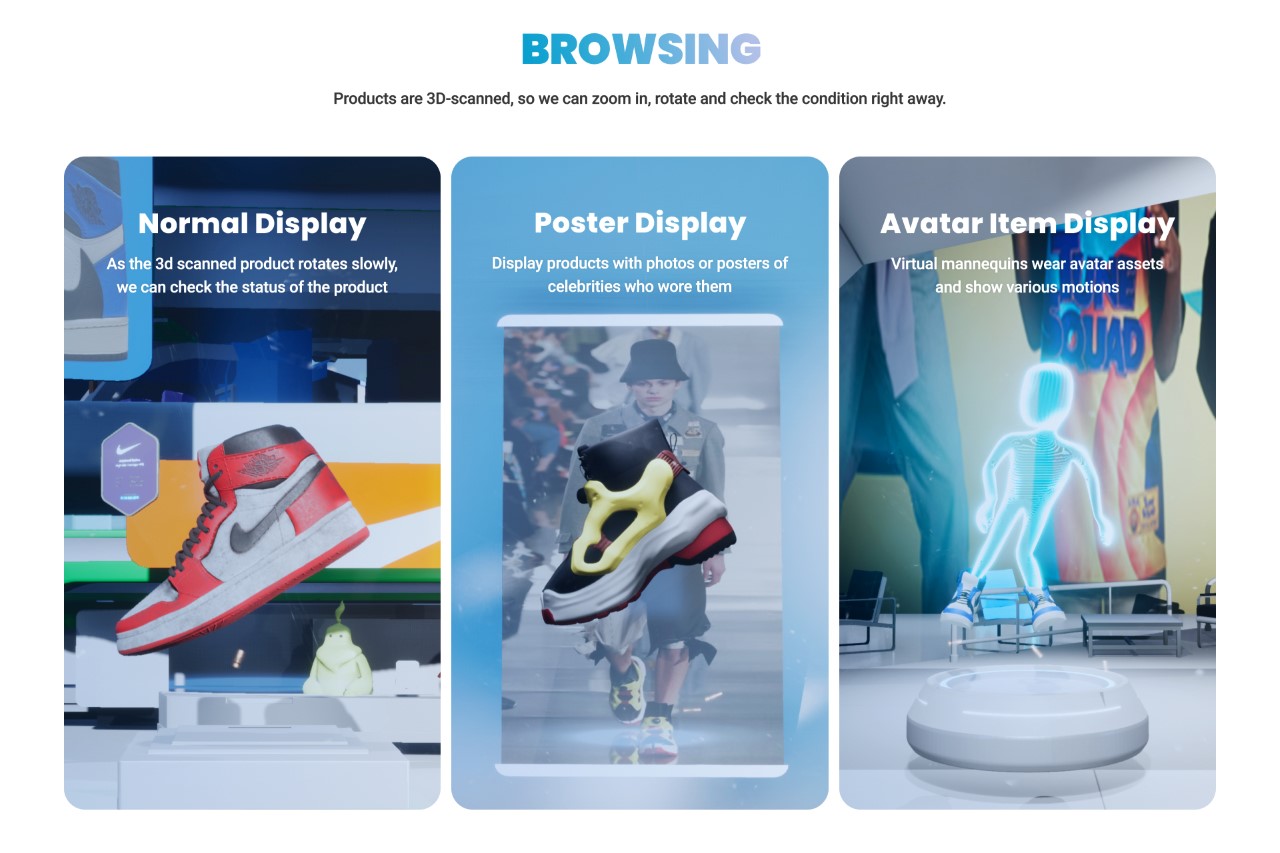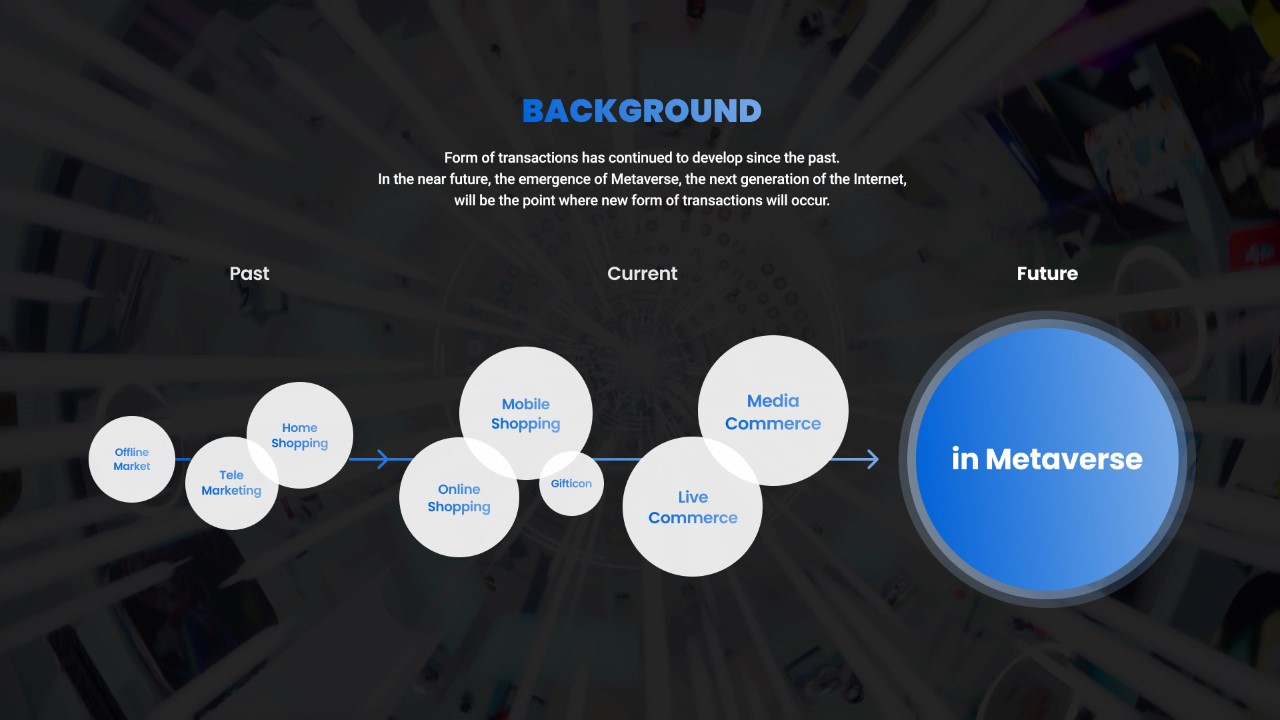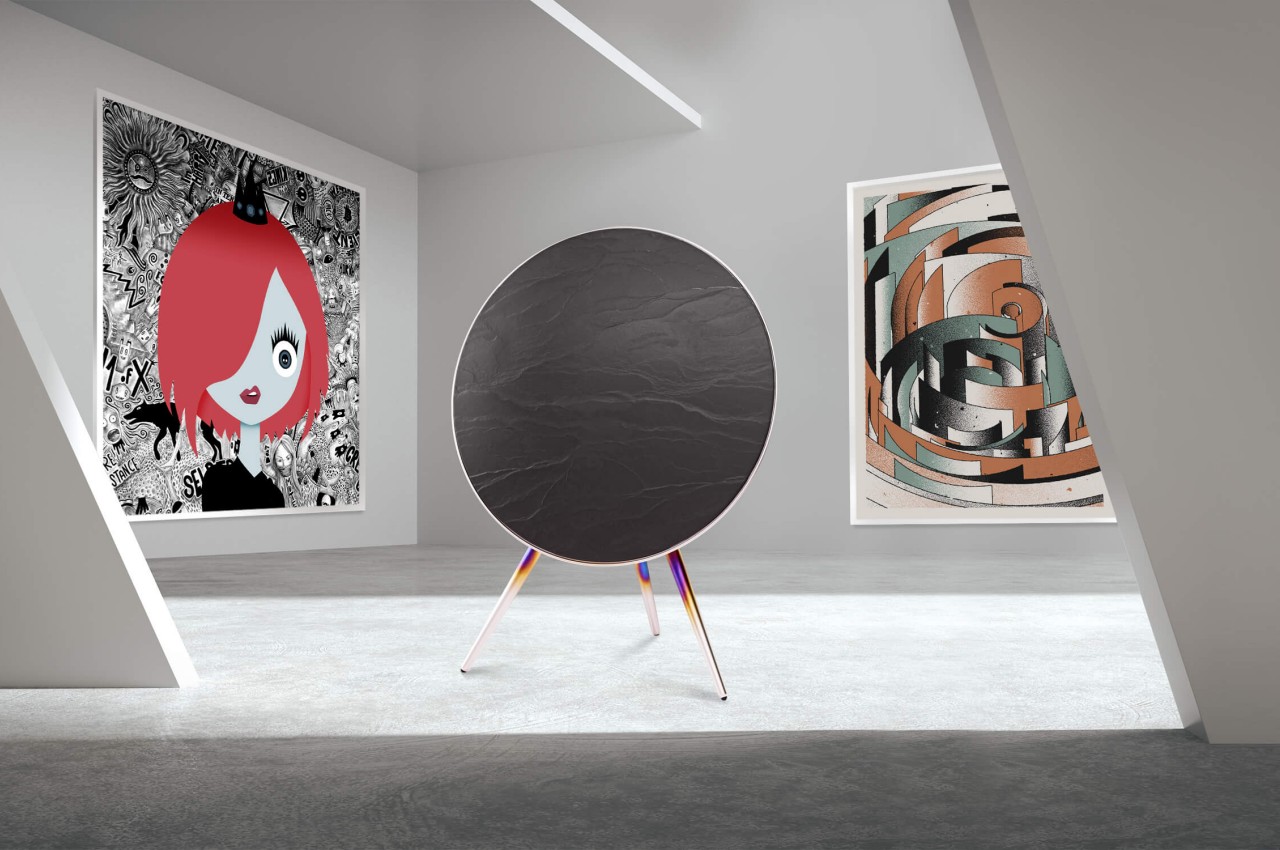
Perhaps it was thanks to Mark Zuckerberg’s and Meta’s recent event that the Metaverse and its related but dissimilar buzzword Web 3.0 came back under the spotlight. After a long stretch of near silence, companies and brands are once again showing interest in this still ambiguous market, especially when it comes to controversial non-fungible tokens or NFTs. After all, NFTs that can sell for thousands of dollars apiece are perfect for limited edition collectibles that put the brand’s stake in future virtual worlds. Granted, most people still can’t make heads or tails of all these concepts, but there’s already a good number of collectors and believers that are willing to show their support with their money and other resources. It’s for this group of fans that Bang & Olufsen had decided to take the plunge into the world of Web 3 and the metaverse with an NFT collection designed to show off its creative chops more than its audio expertise.
Designer: Bang & Olufsen
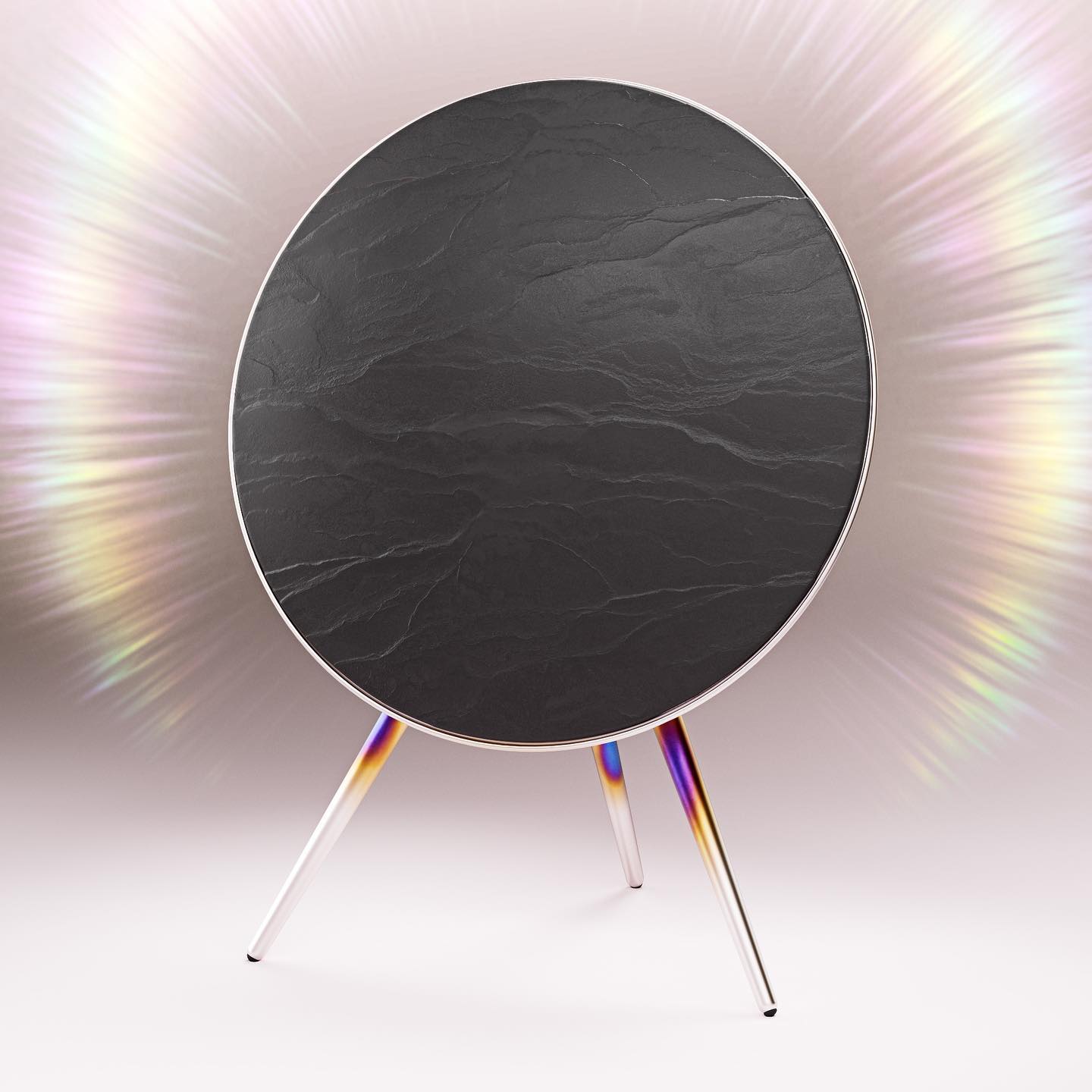
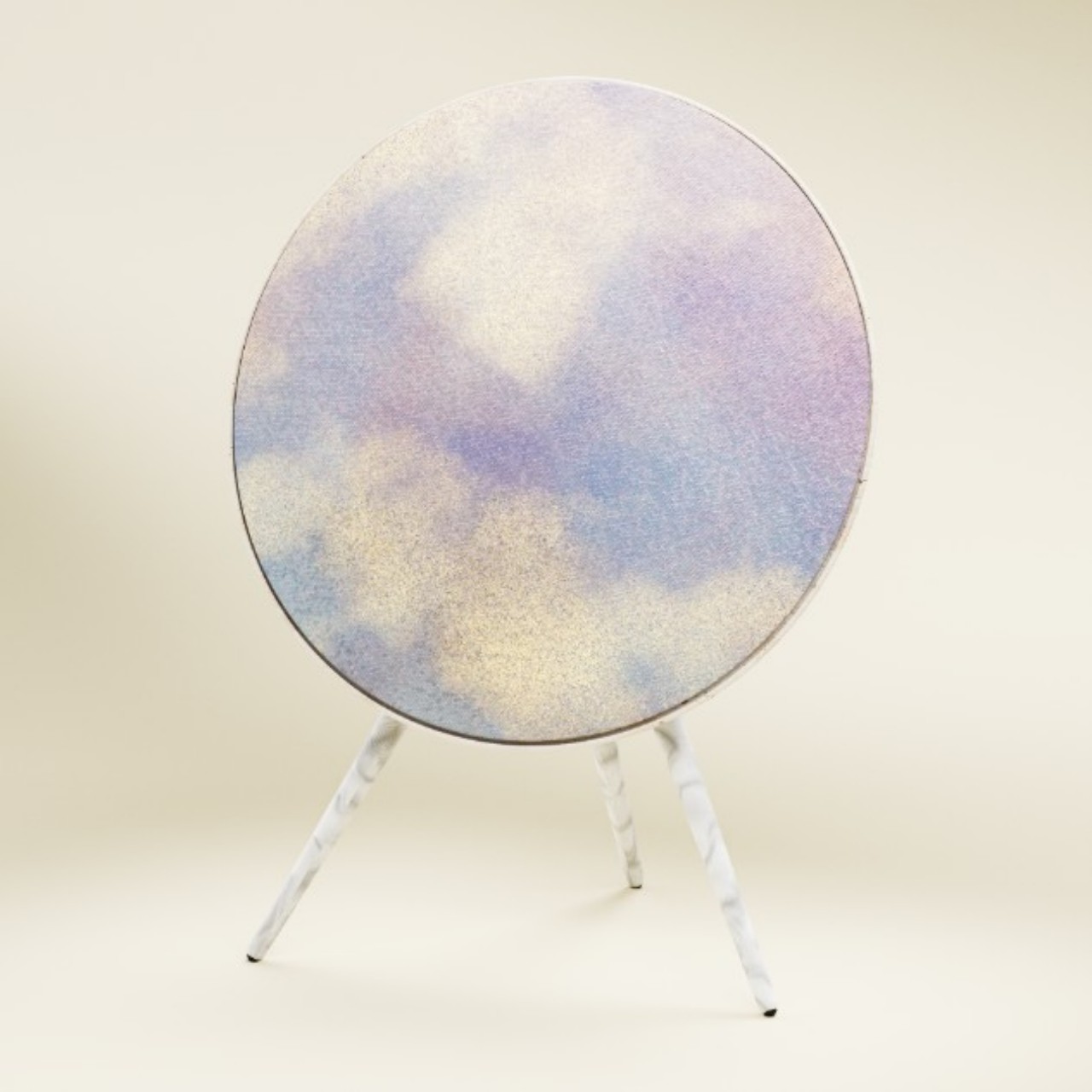
Although the technologies and details swarming around NFTs are indeed complicated, the basic idea behind its pull is understandable from a human perspective. In essence, it is related to owning a unique and singular digital artifact, similar to the idea of physical property that can’t be cloned perfectly. In a digital world where it’s trivial to copy files and images, such a kind of ownership sounds radical and revolutionary. Of course, implementation has been far from perfect, leading to the rather contentious position of NFTs, especially among artists, designers, and other creatives.
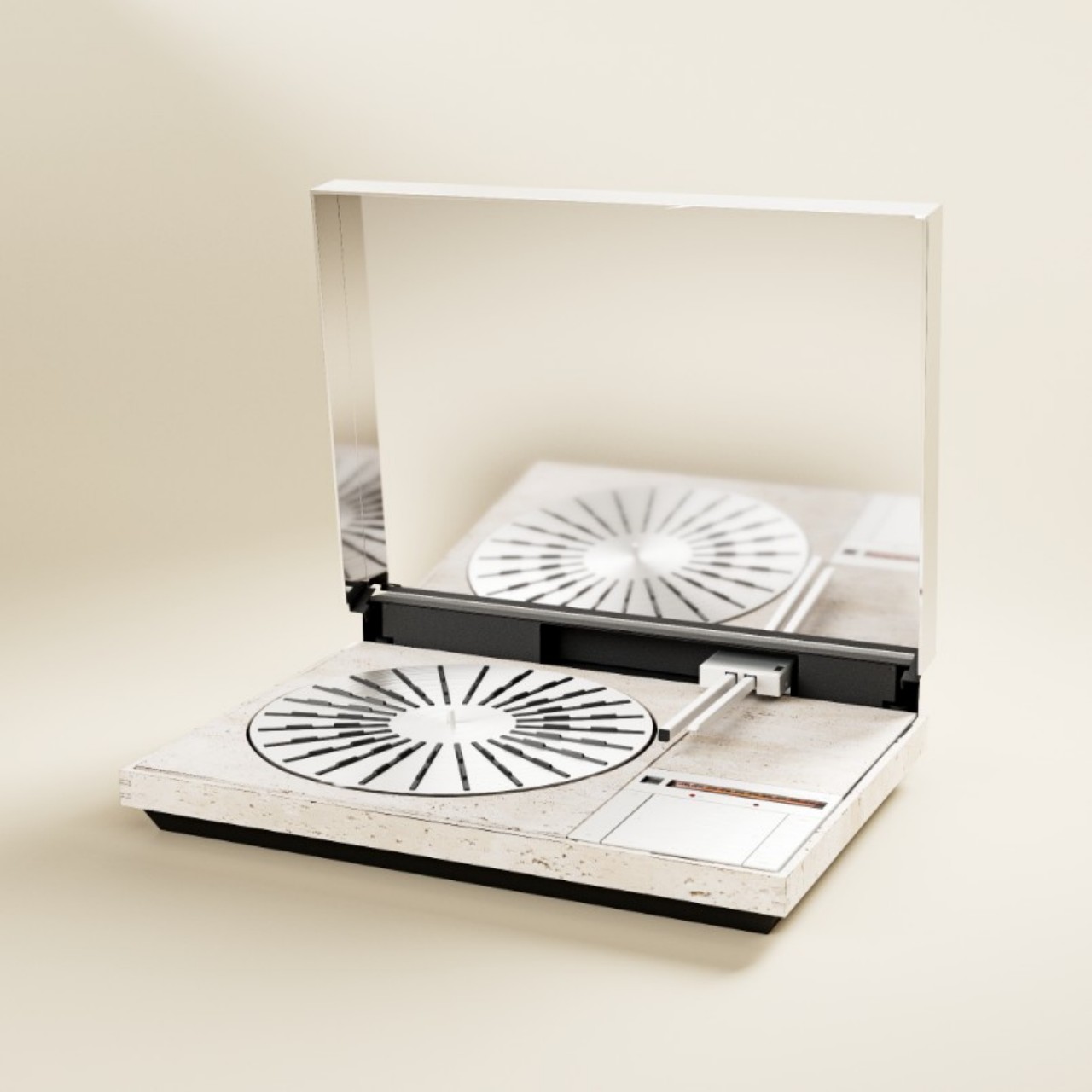
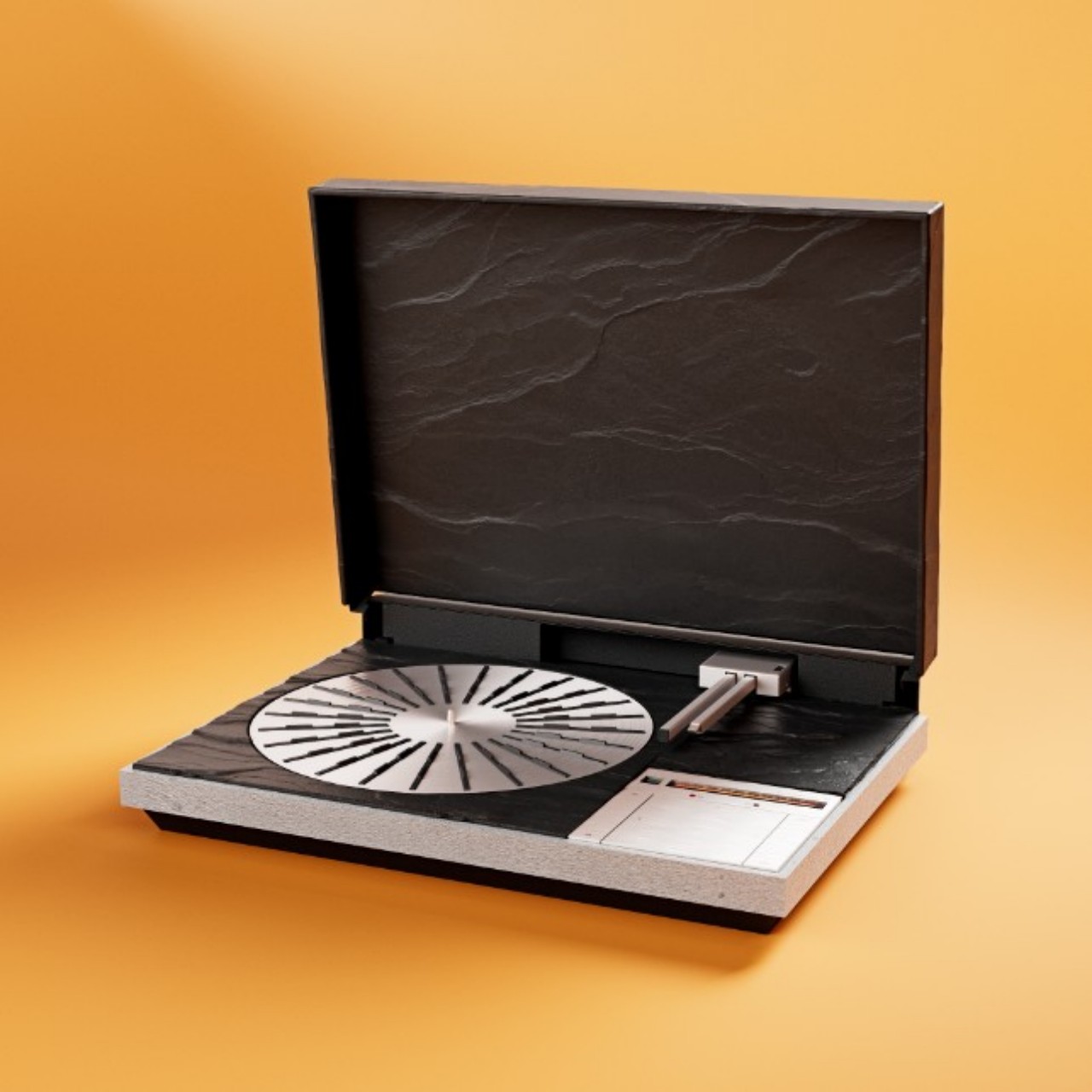
That hasn’t stopped big brands from proving they can go with the flow and the times, and Bang & Olufsen’s “DNA Collection” NFTs are in the same vein. The company best known for its exquisite audio equipment has announced an upcoming collection of 1925 NFTs, a nod to the year the company was founded. Rather than just a simple NFT drop, as these events are usually called, B&O is putting a rather unique and fun twist that tries to share the spirit of creativity with its music-loving community.
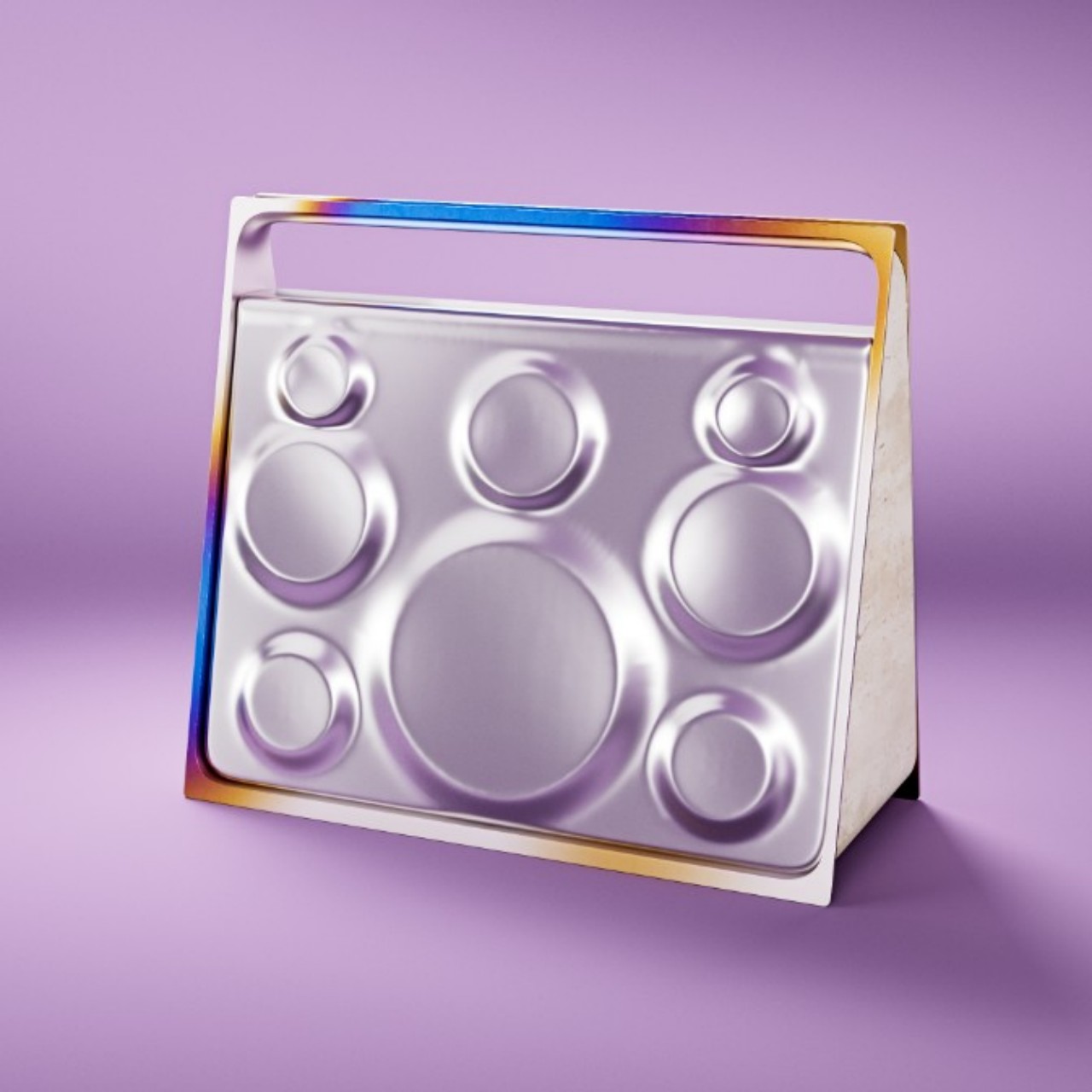
The DNA collection revolves around some of its most elegant products, including the Beogram 4000 as well as the Beoplay A9 and Beolab 90 speakers. These have been distilled down to key parts like legs, frame, front cover, and back cover, which are then combined with a custom-made range of digital product materials. During the minting process, buyers will be able to get a random selection of products and product materials that will allow them to mix and match designs for a truly unique B&O product that they’ll be able to display in their future virtual home in the metaverse.
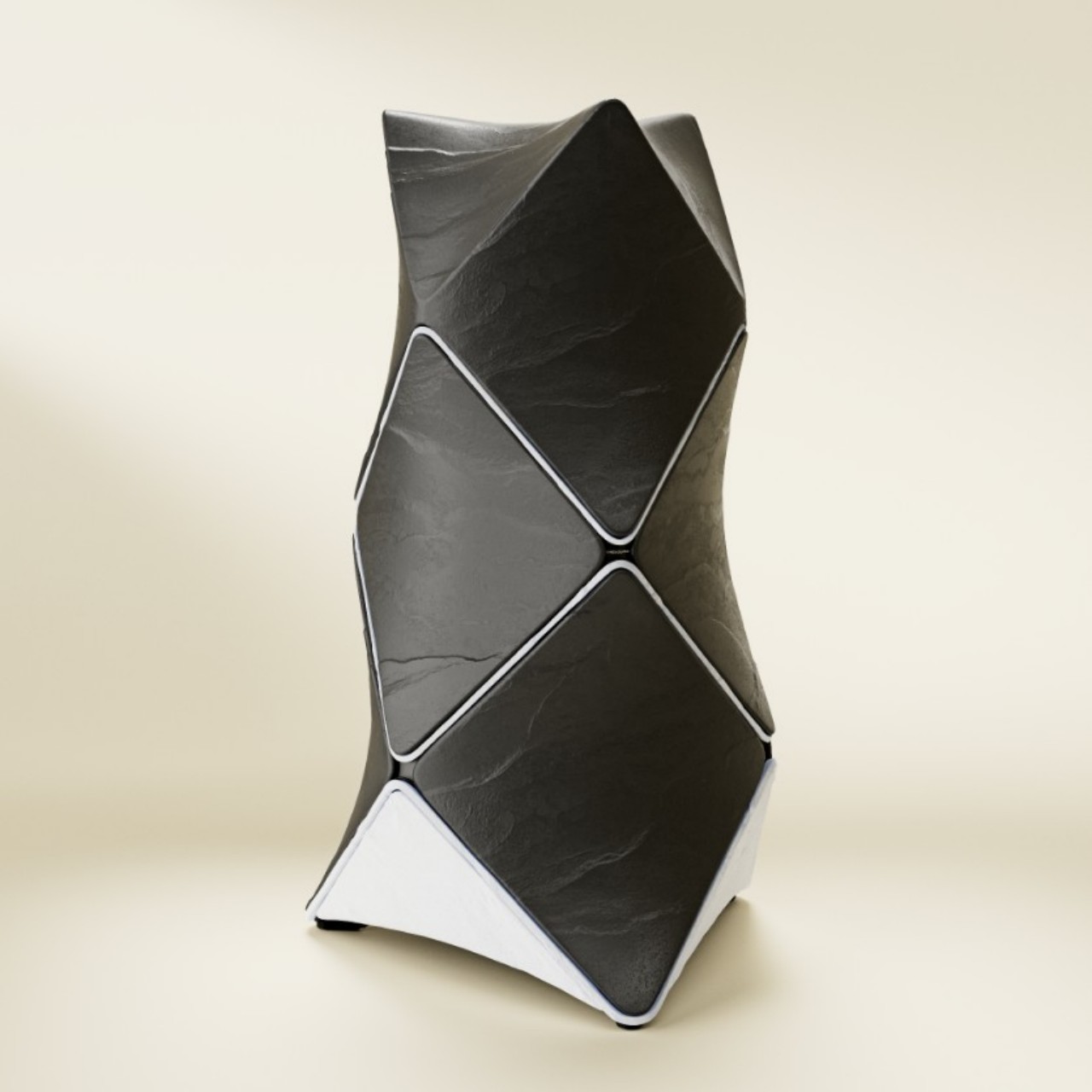
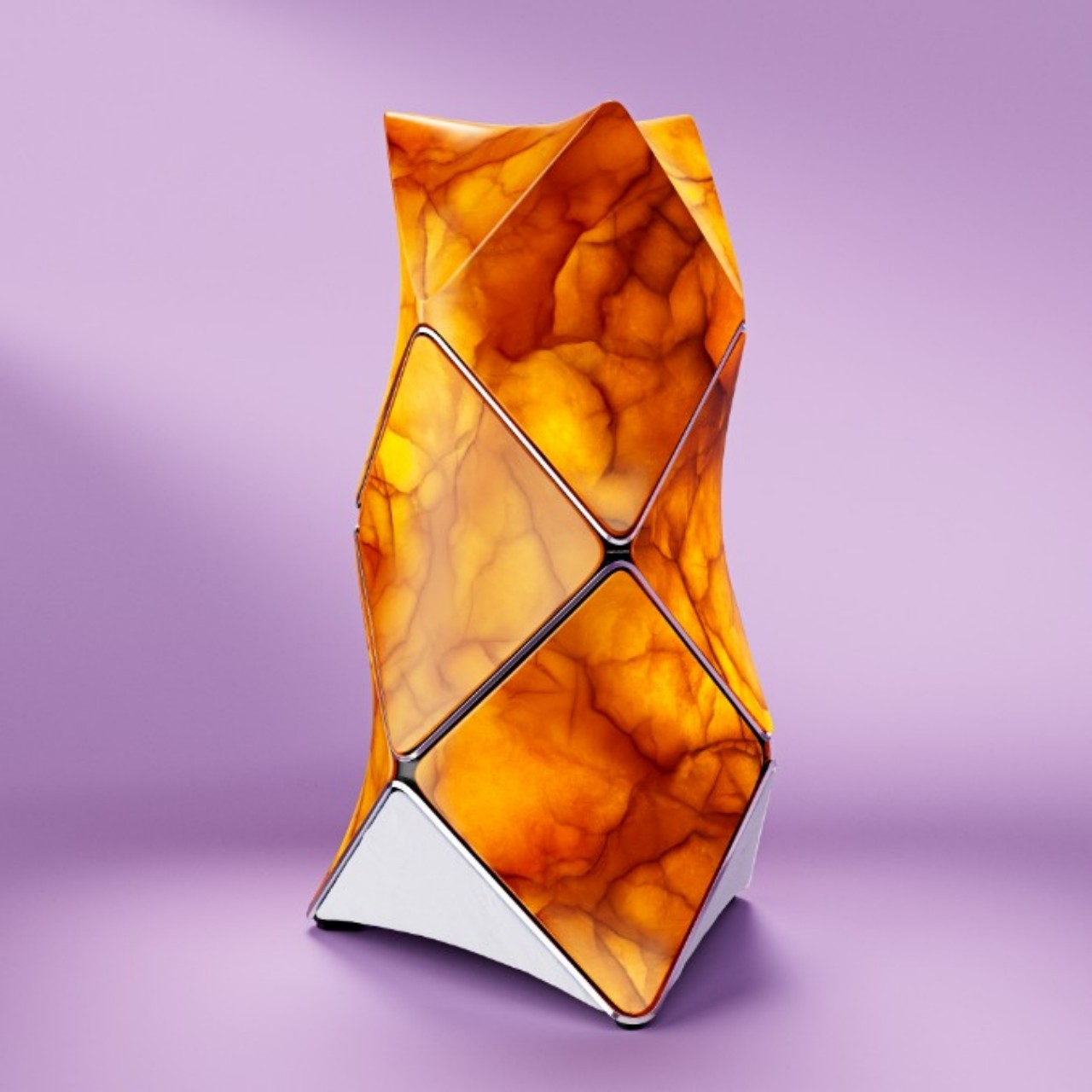
The DNA Collection is meant to showcase Bang & Olufsen’s design heritage over the decades, which is an admittedly surprising venture for the company. While the brand is definitely praised for its design chops, it is, at its heart, an audio company, something that won’t translate so smoothly to Web 3.0. NFTs are also still a divisive topic within the design community, especially because of their environmental repercussions. In that regard, B&O promises that it has chosen a blockchain that reduces its climate impact, even if that impact can still be quite significant.
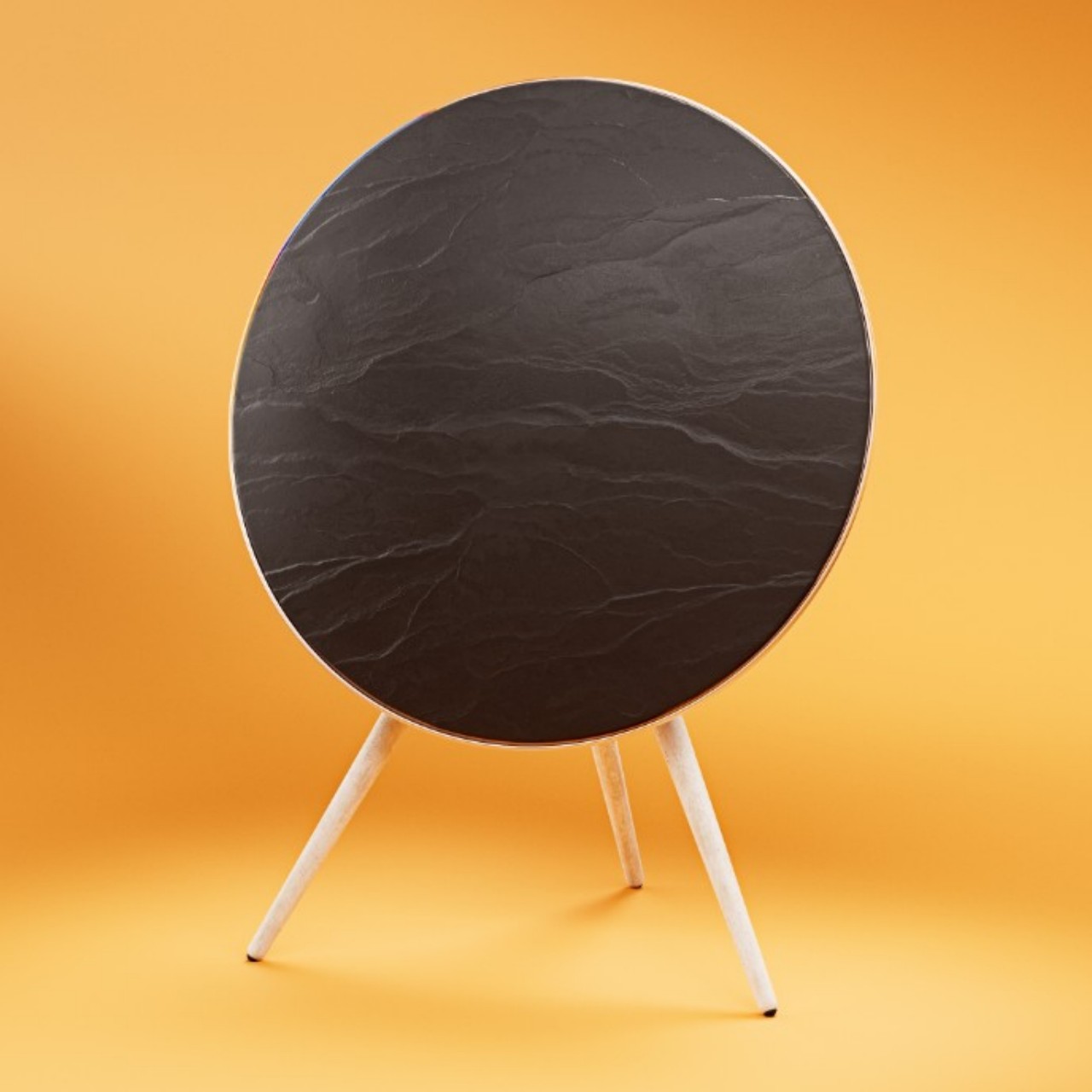
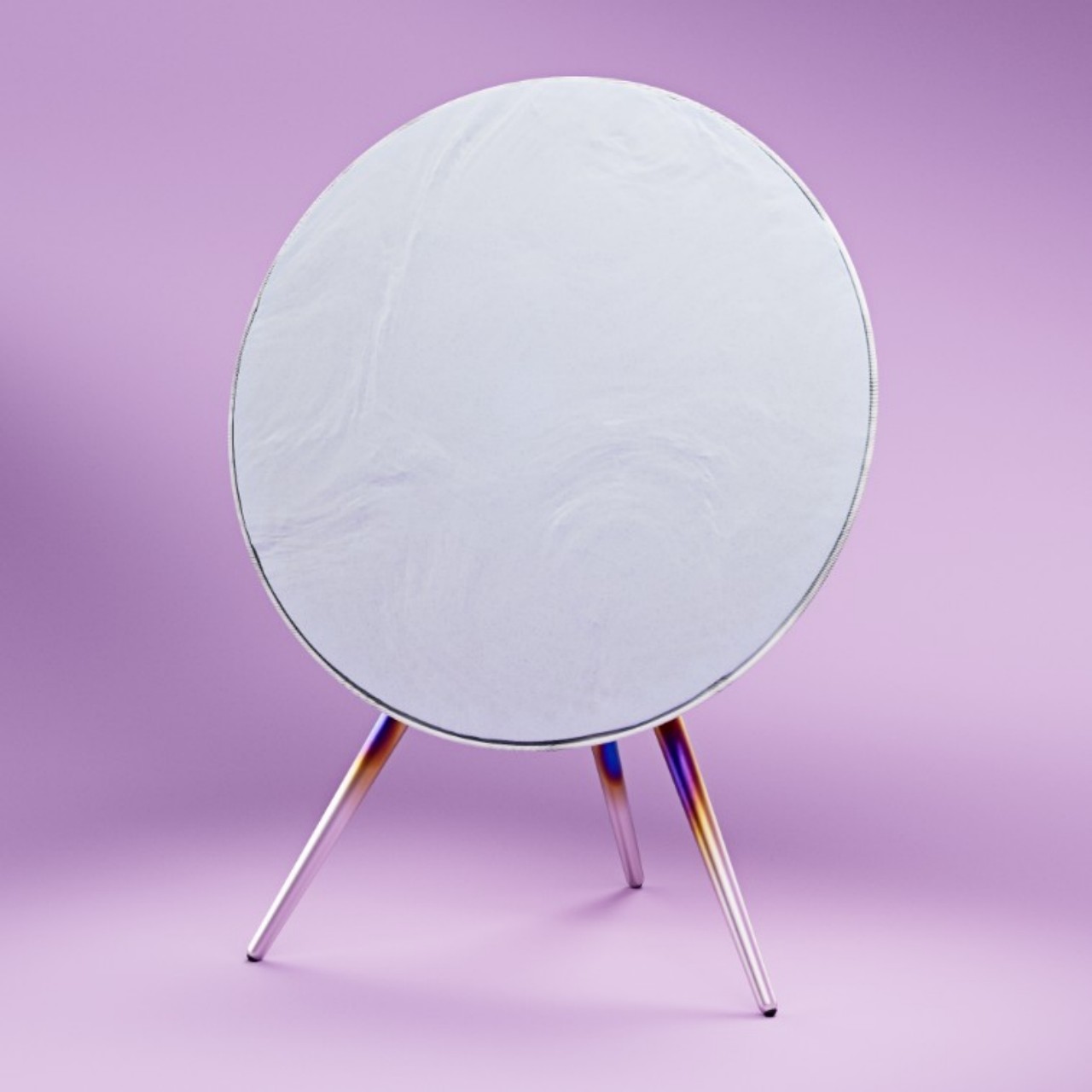
The post Bang & Olufsen brings its design DNA to the metaverse with its first NFTs first appeared on Yanko Design.
